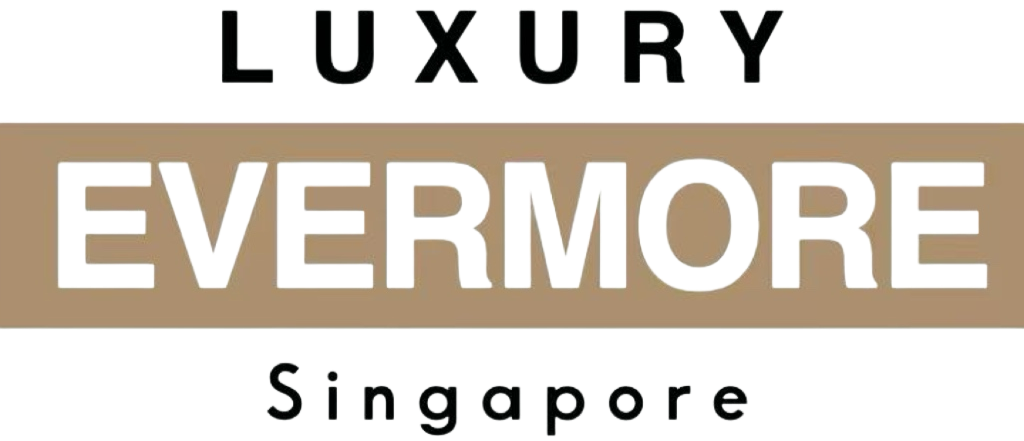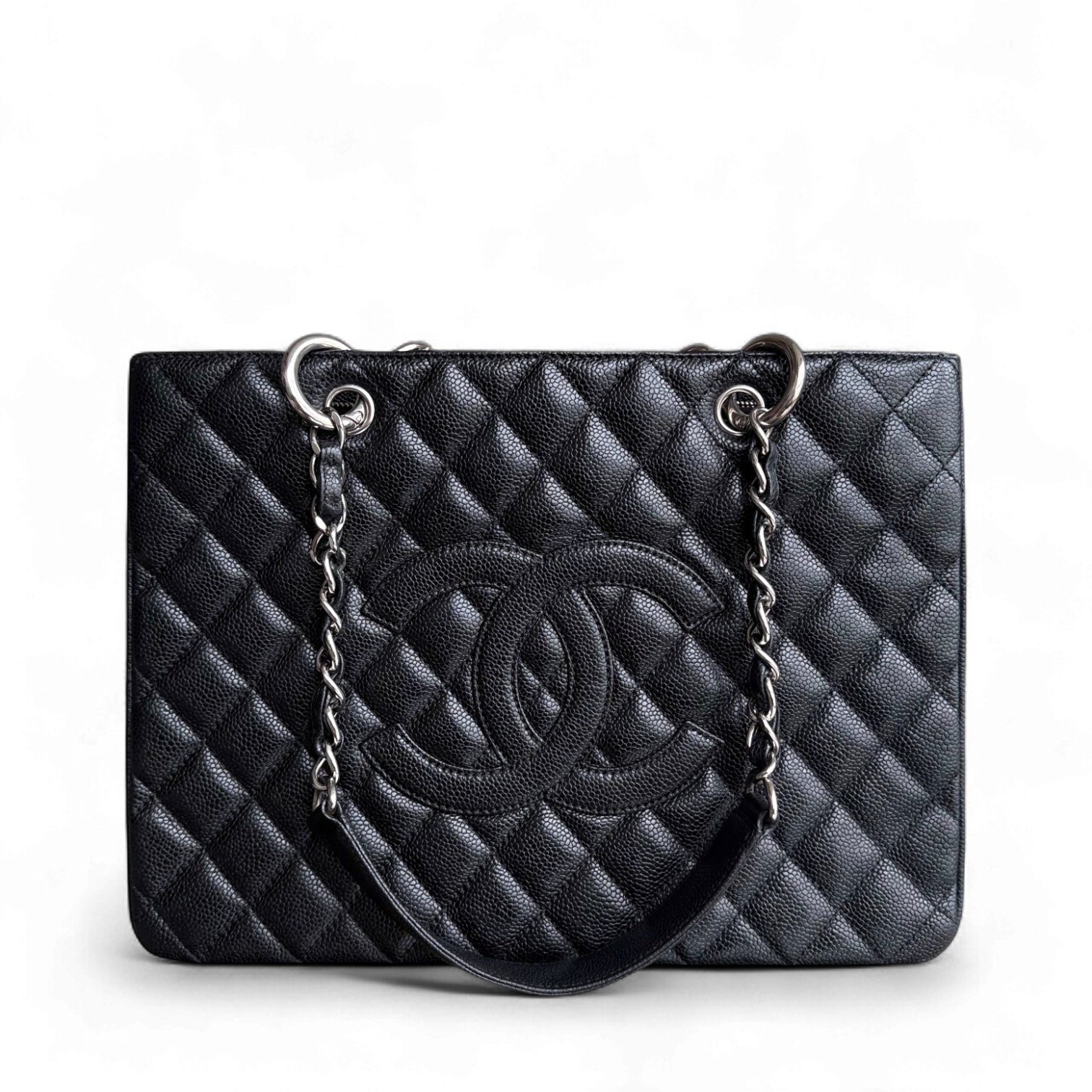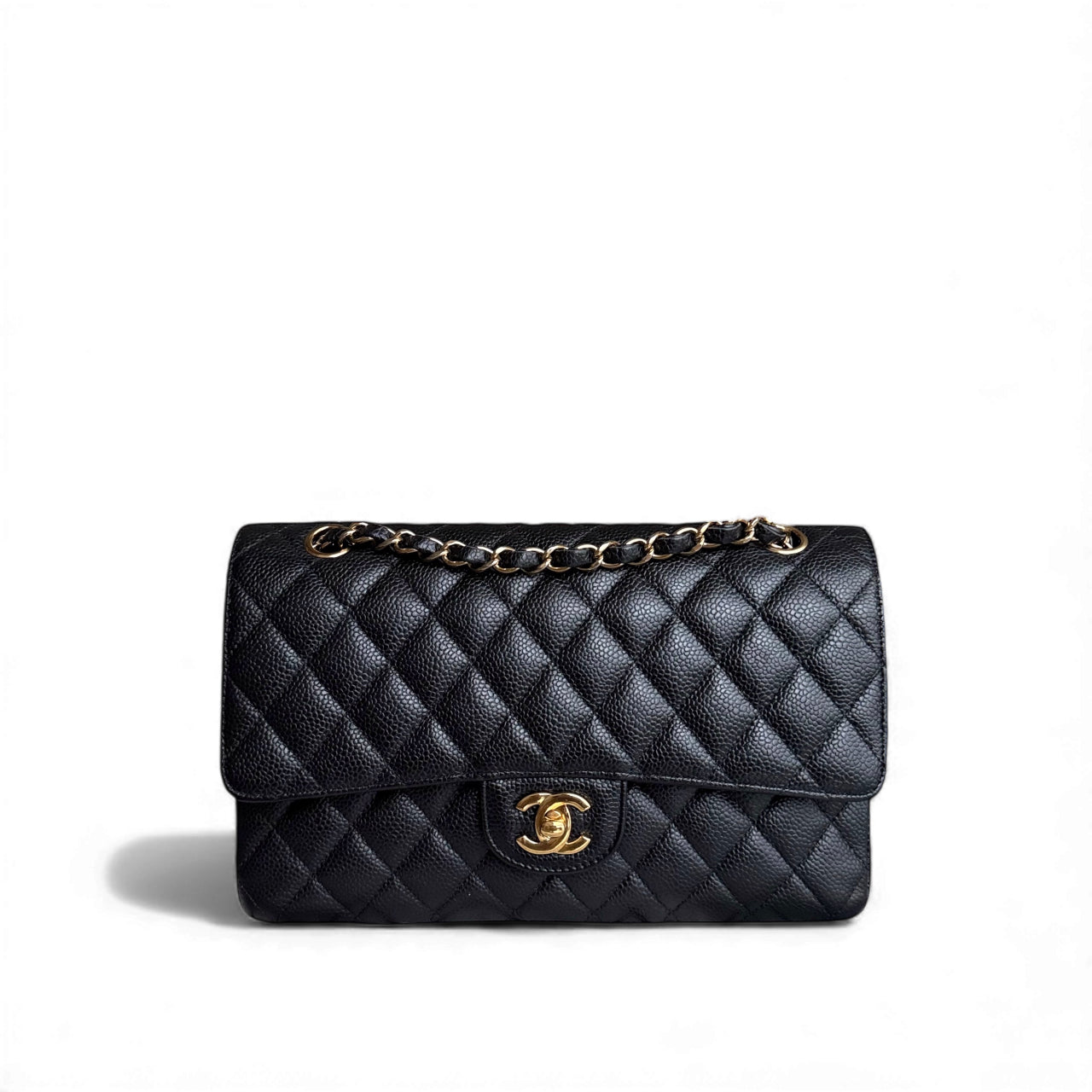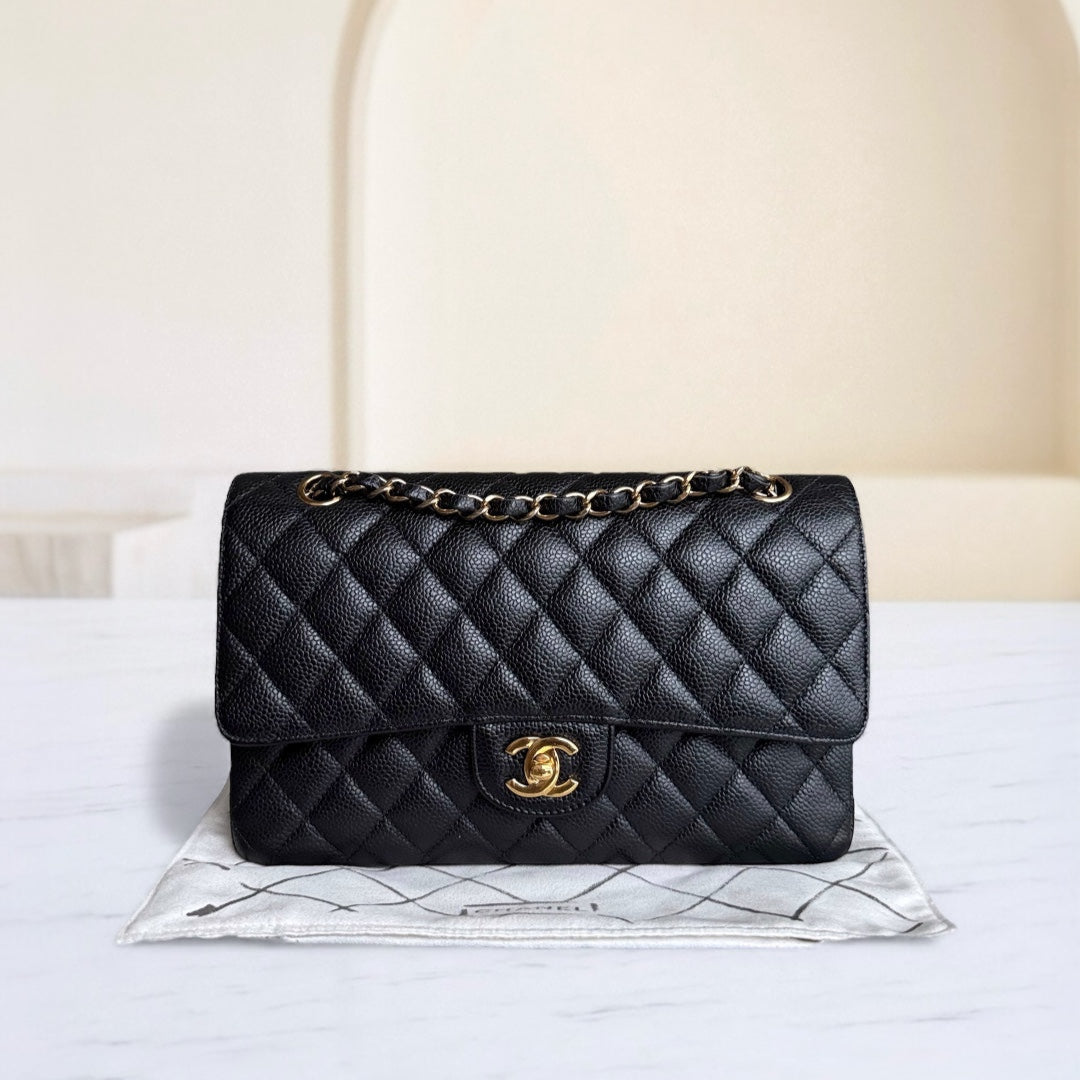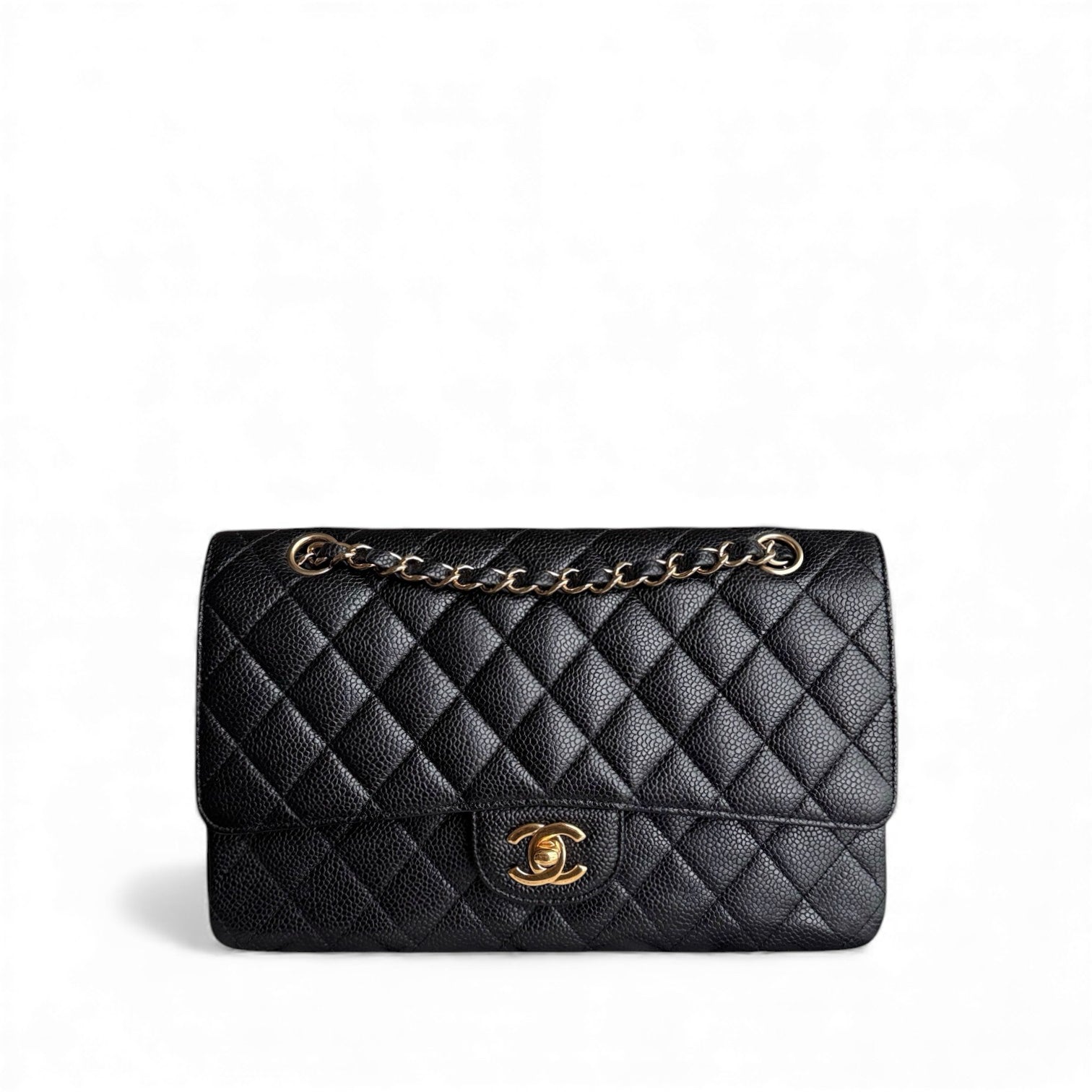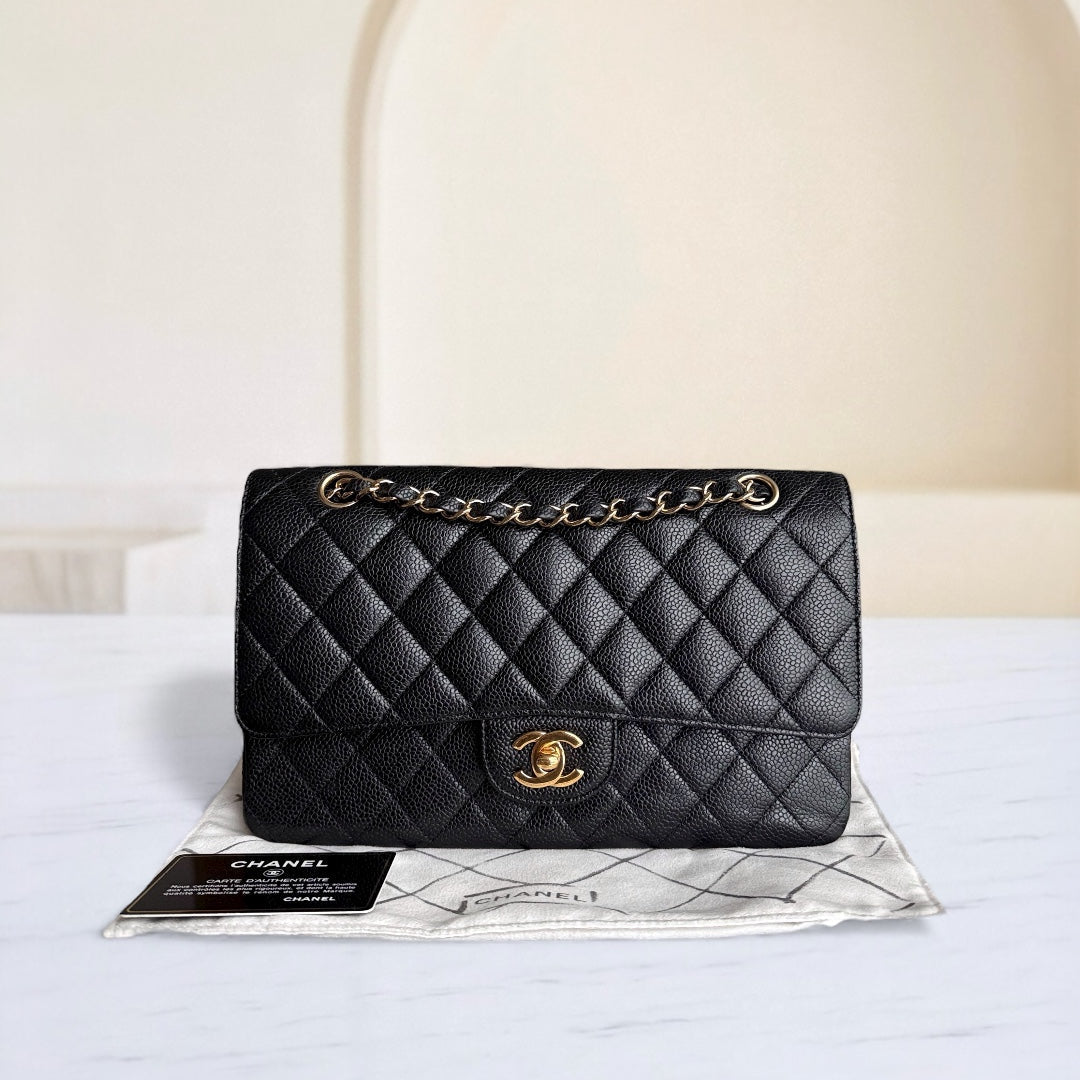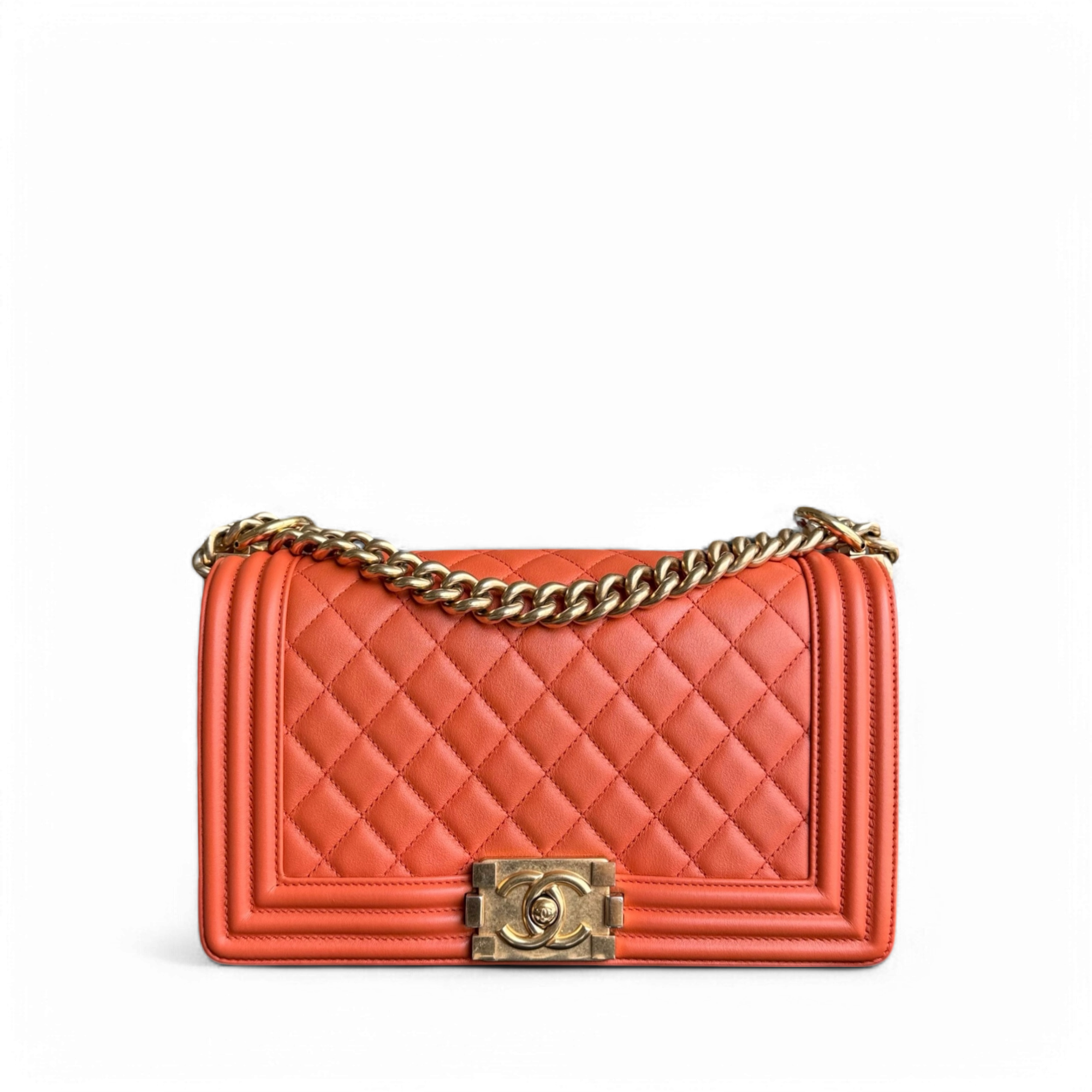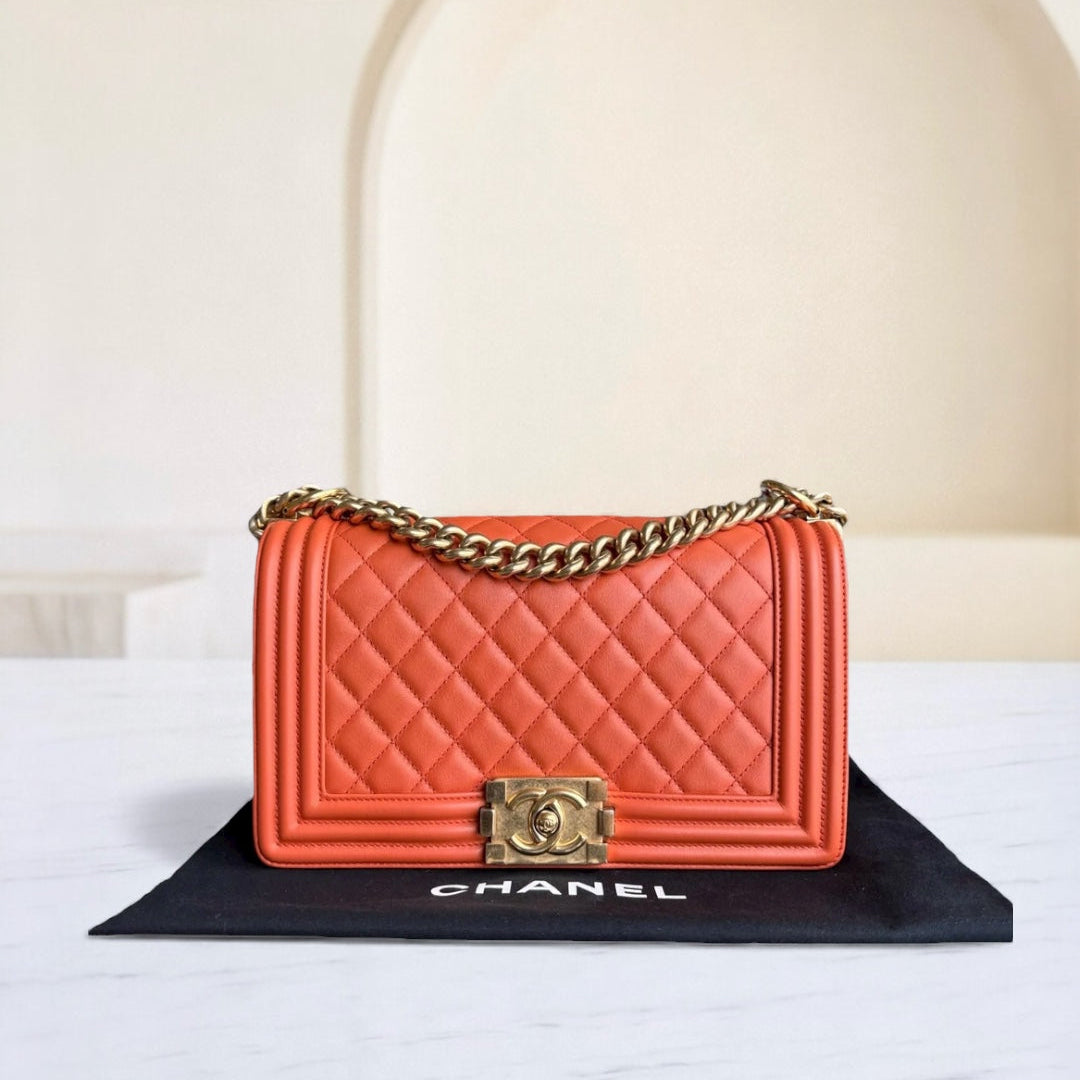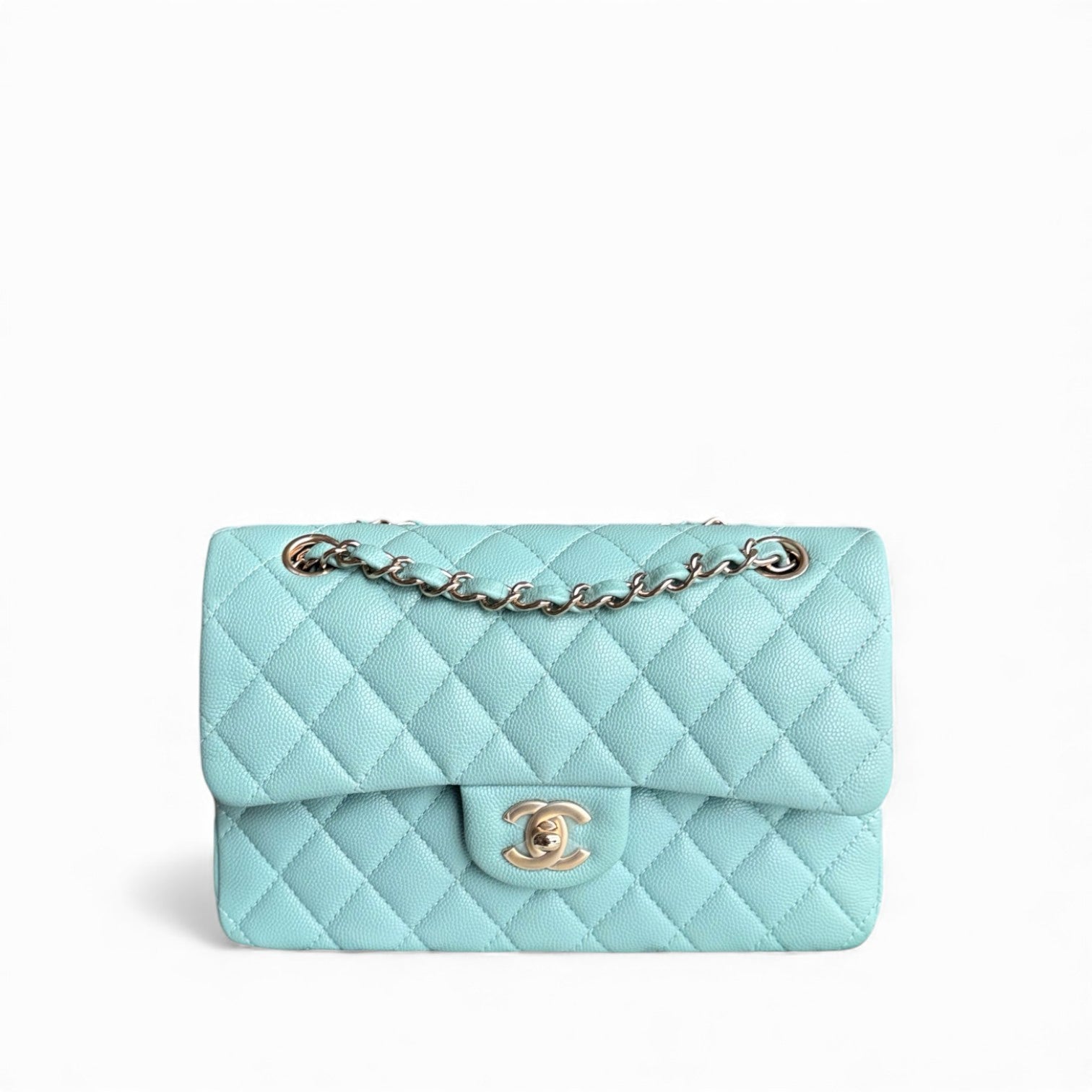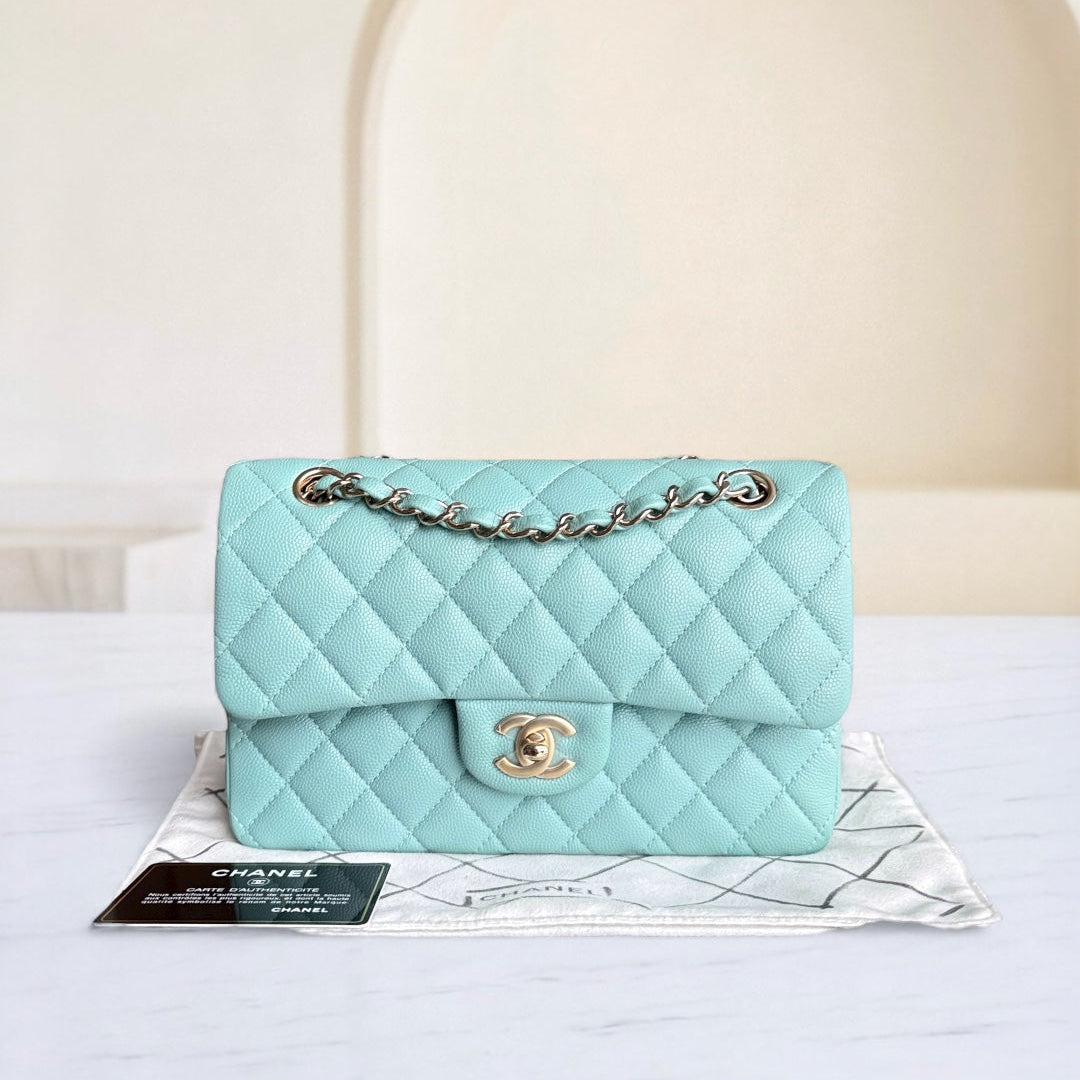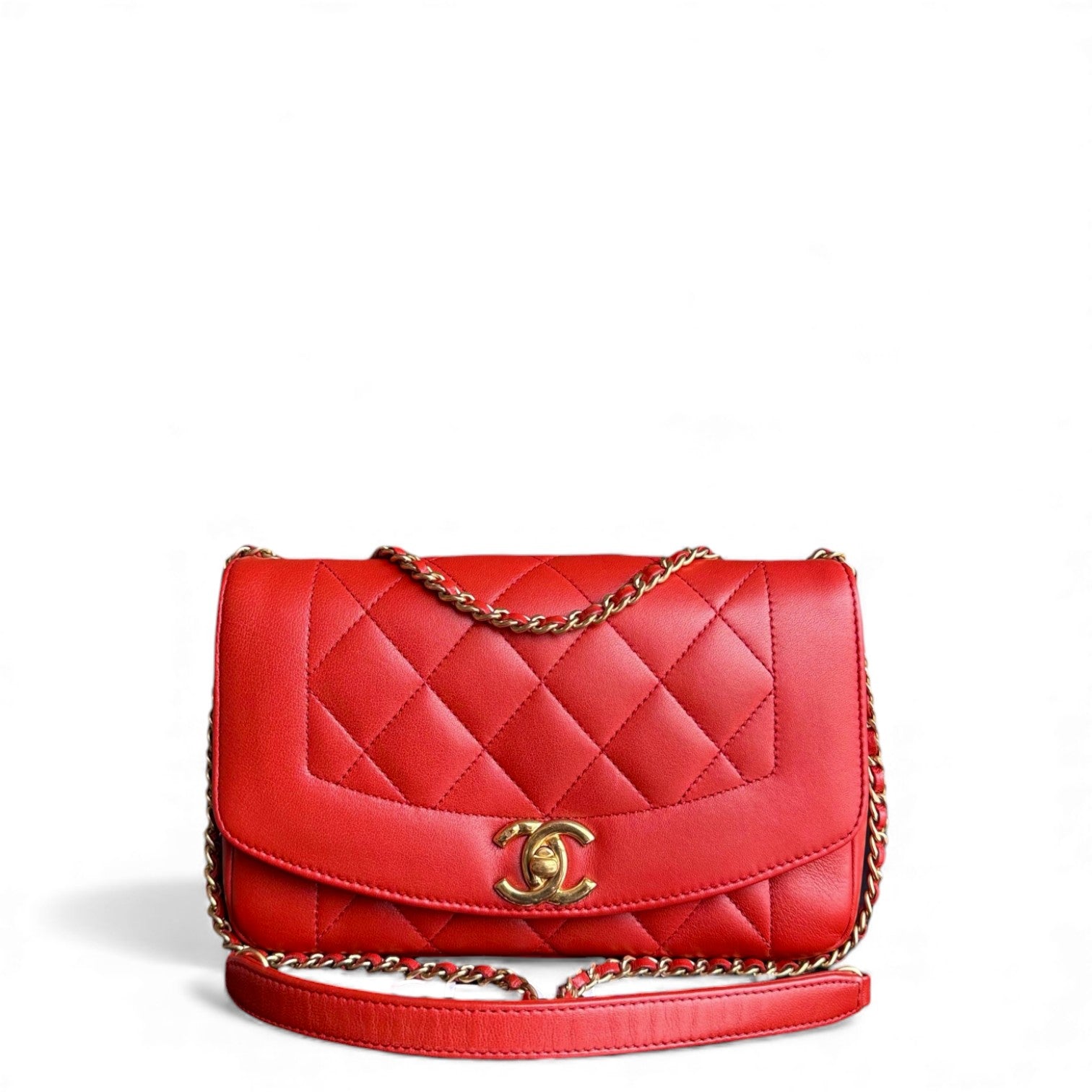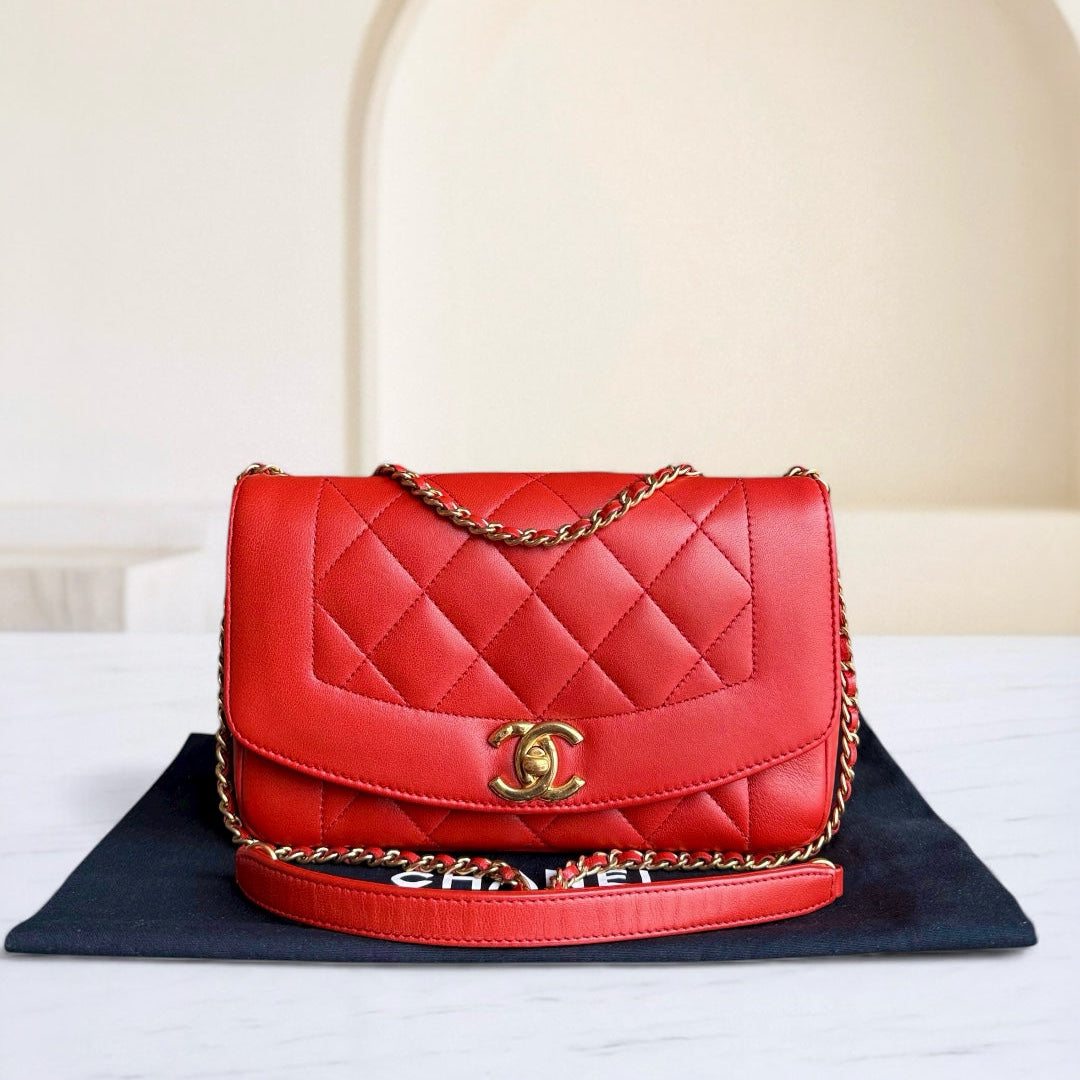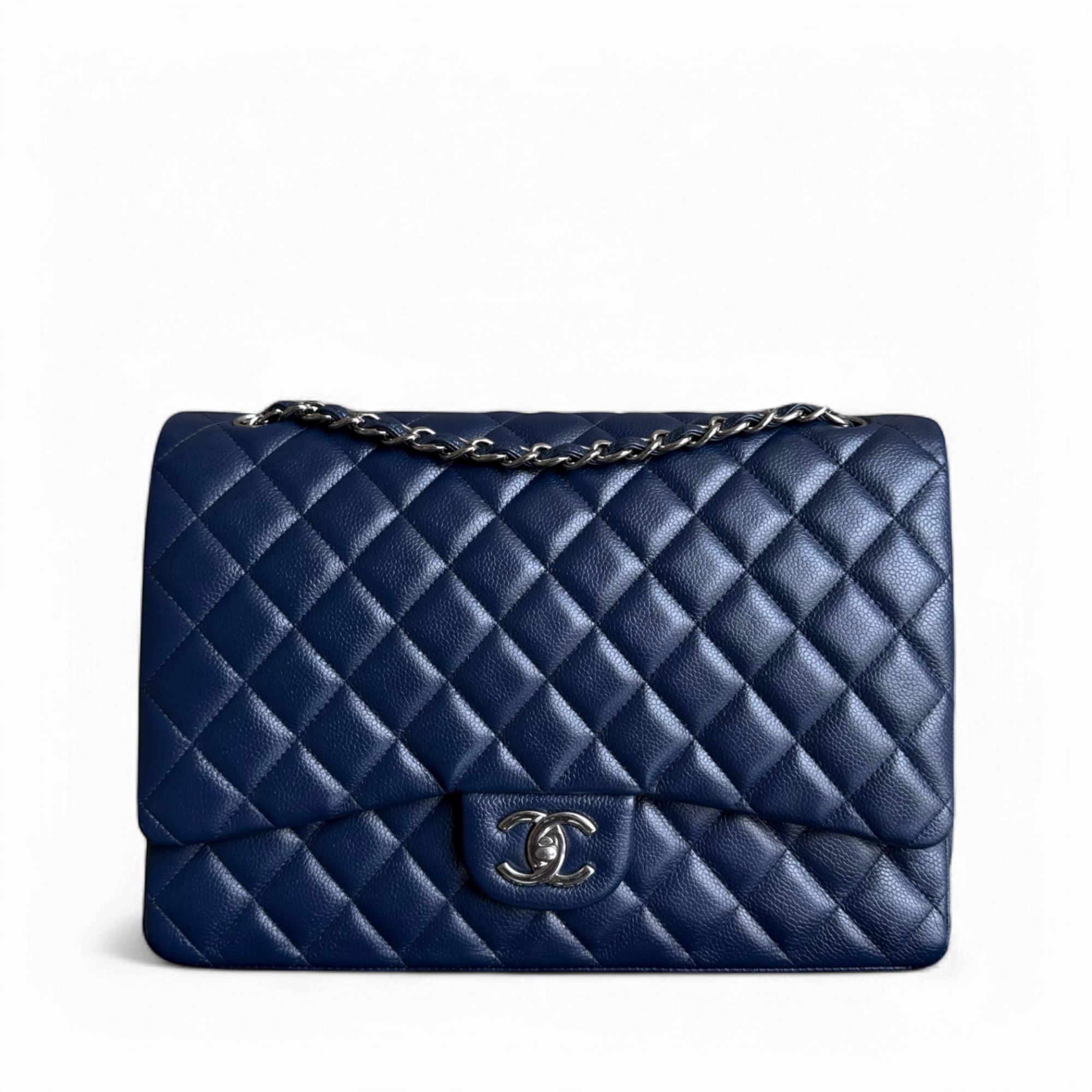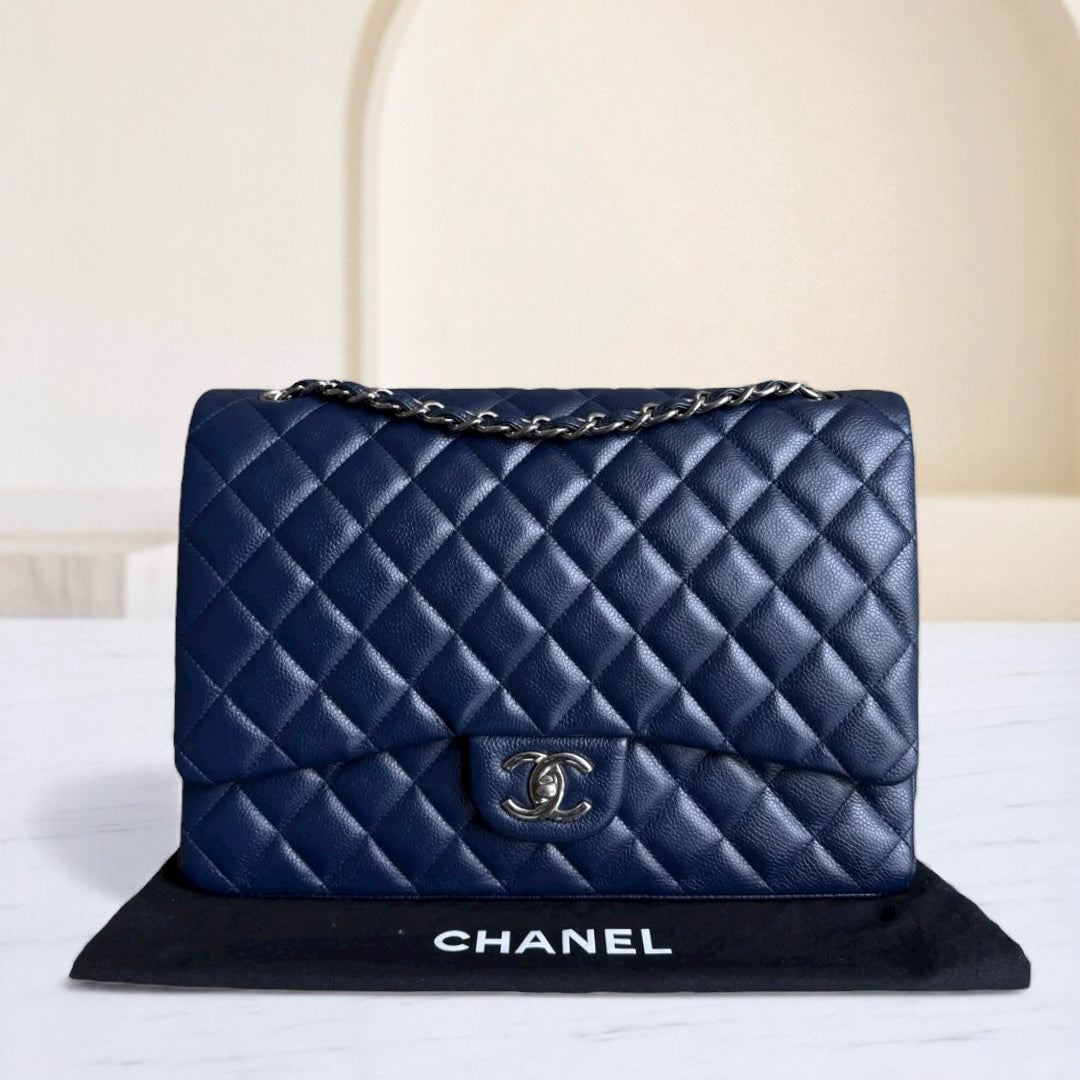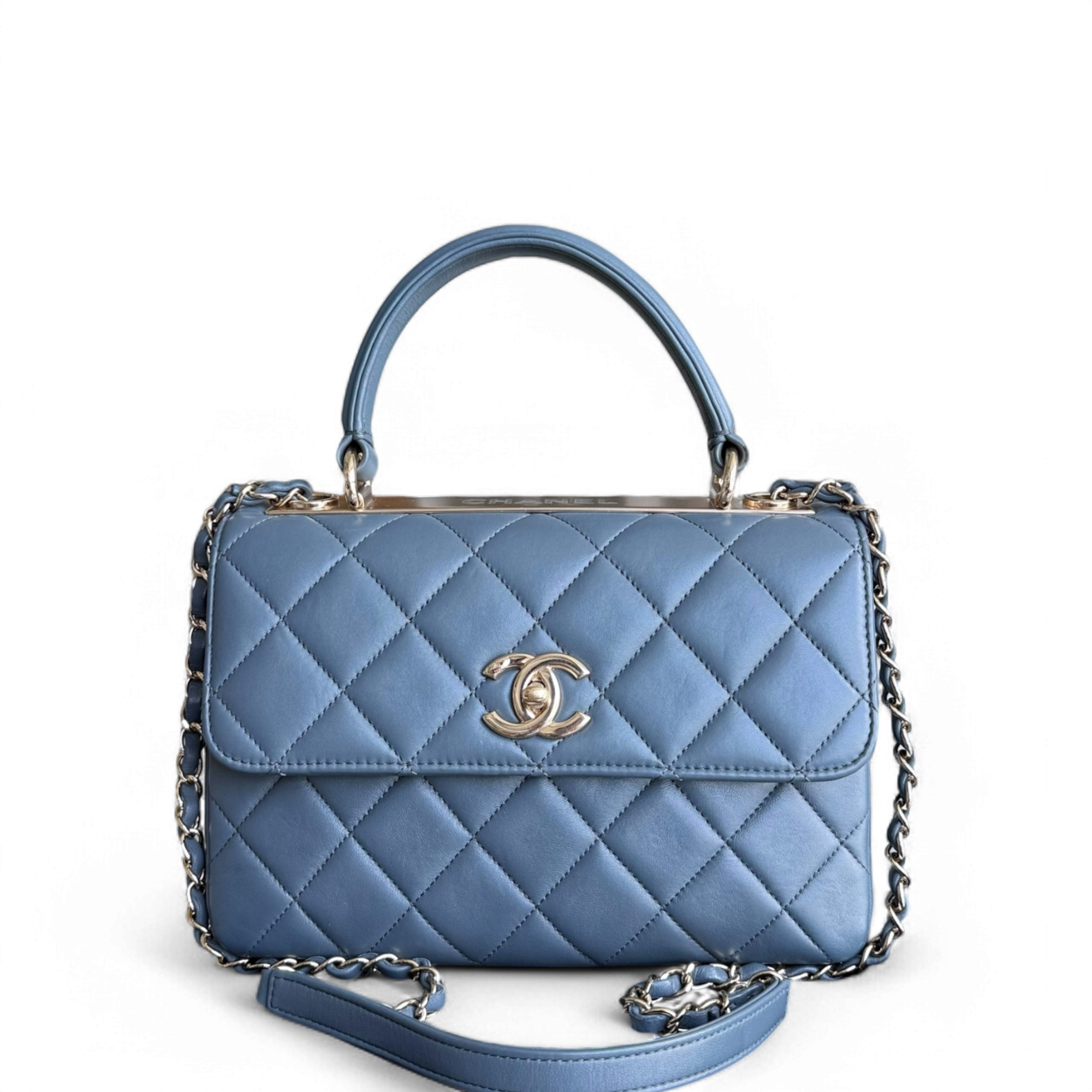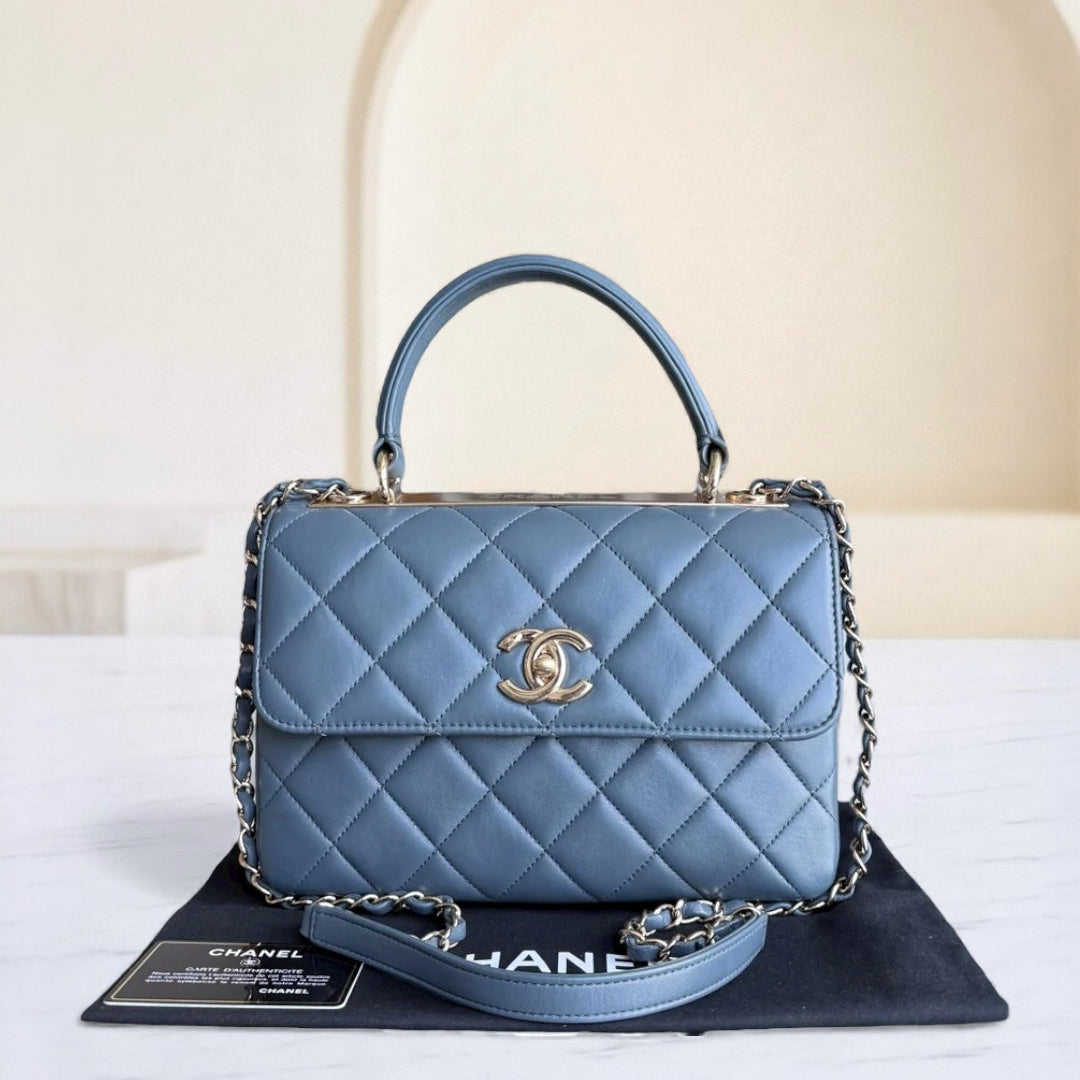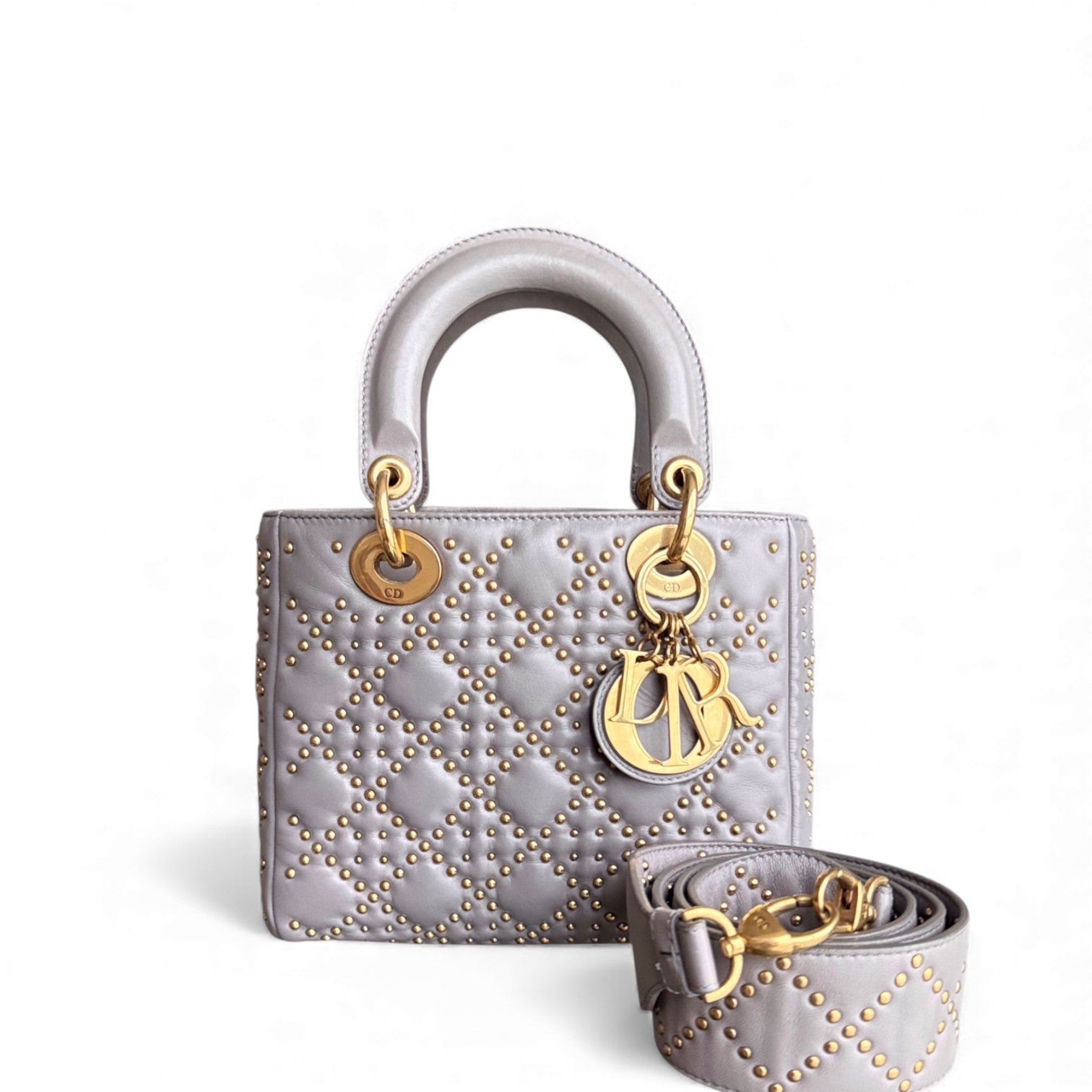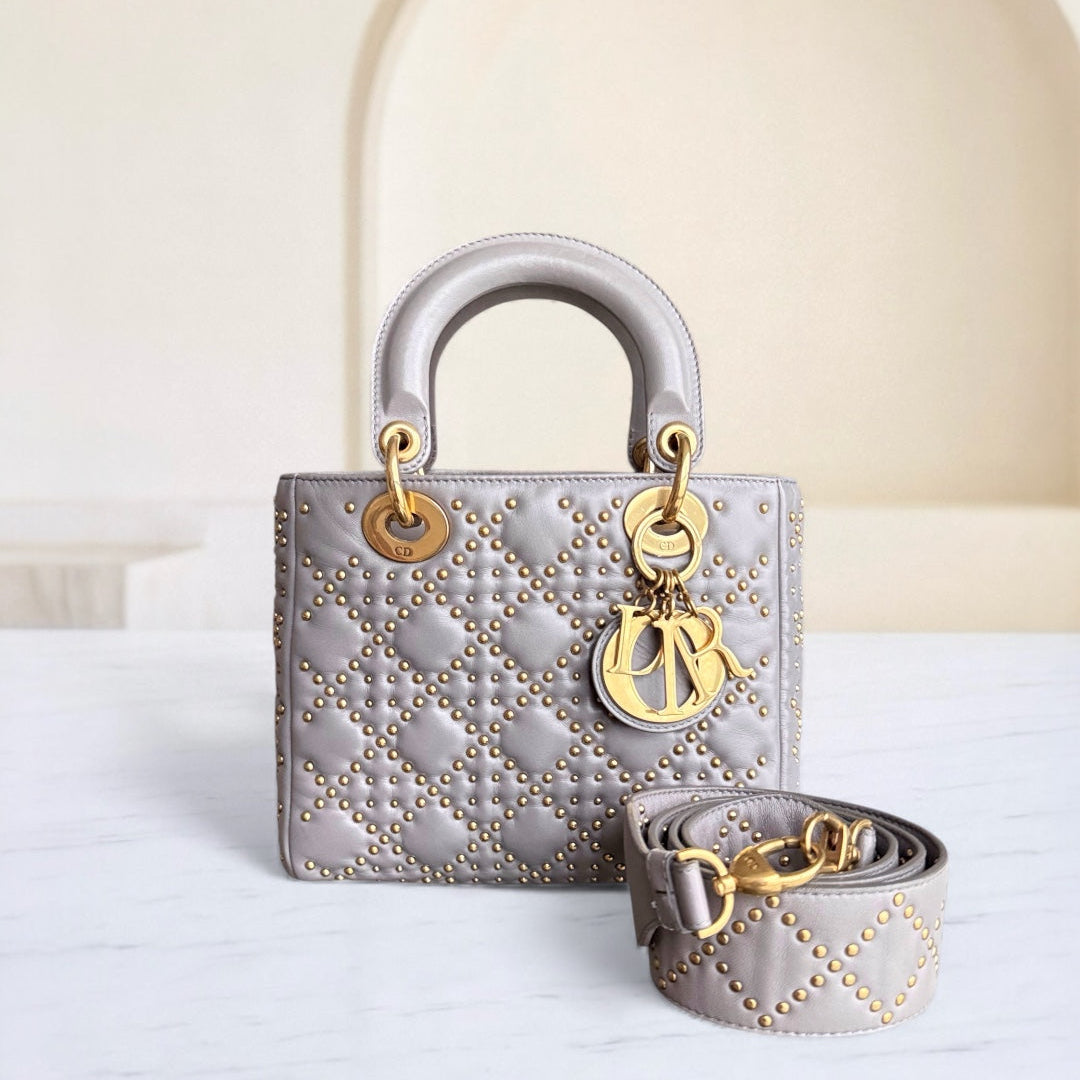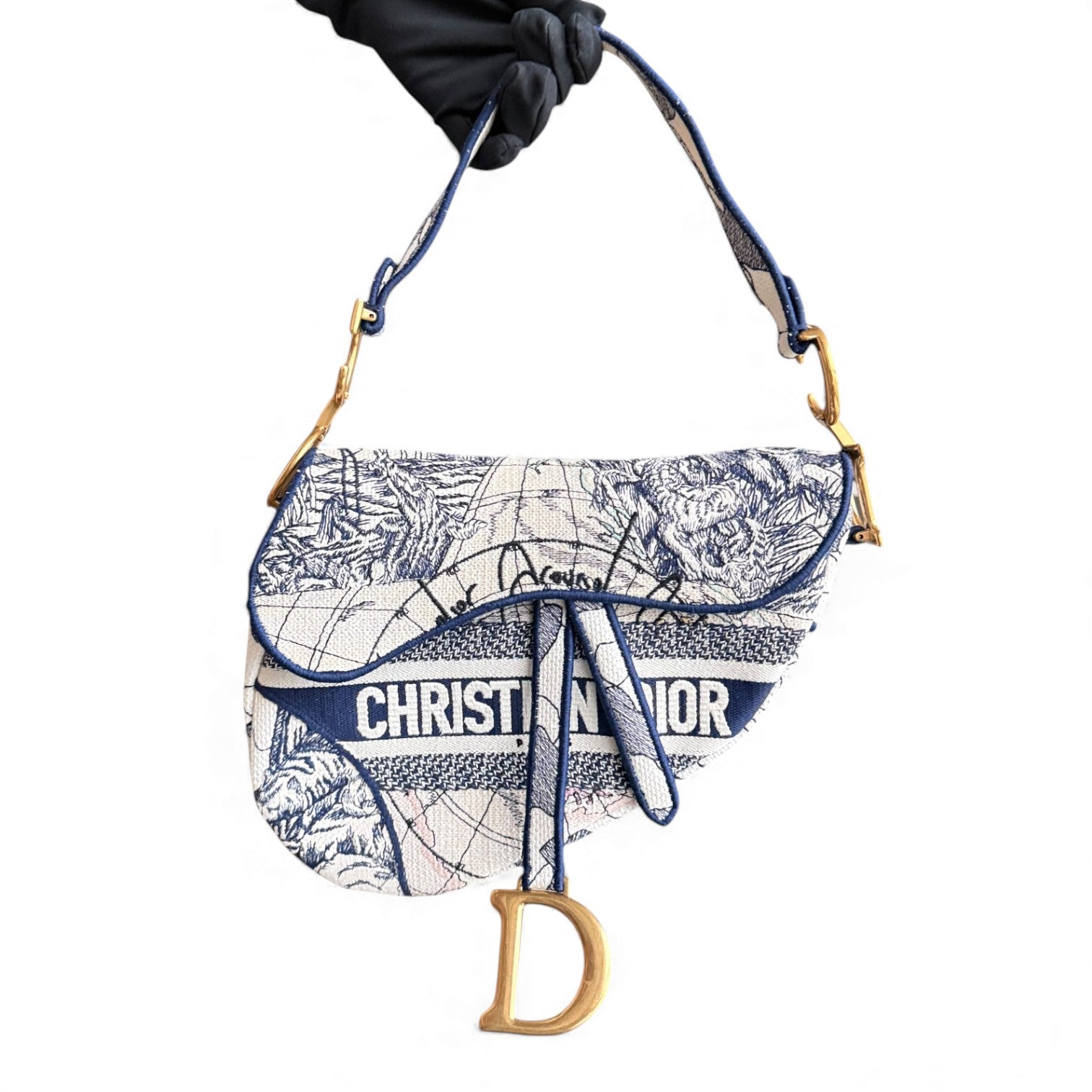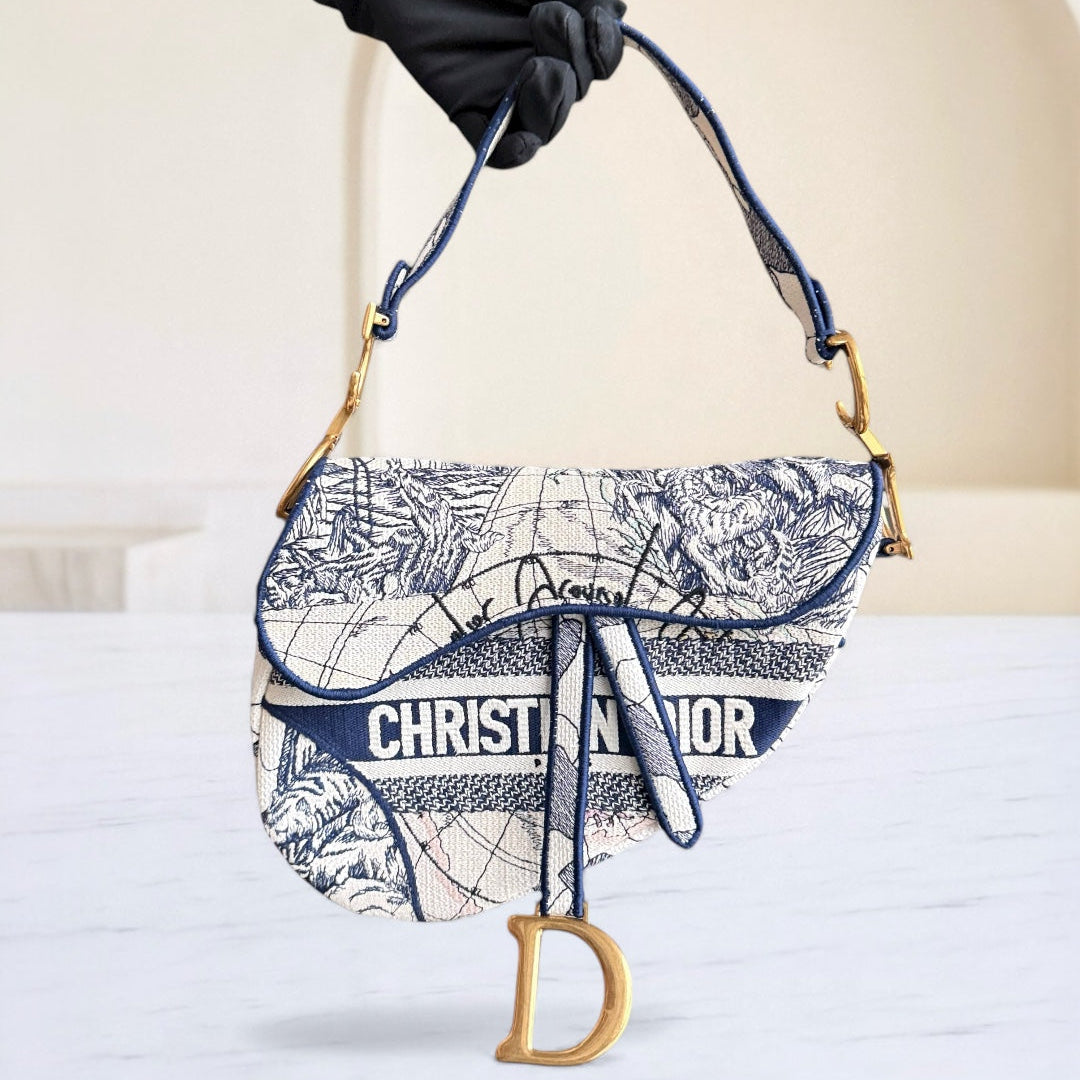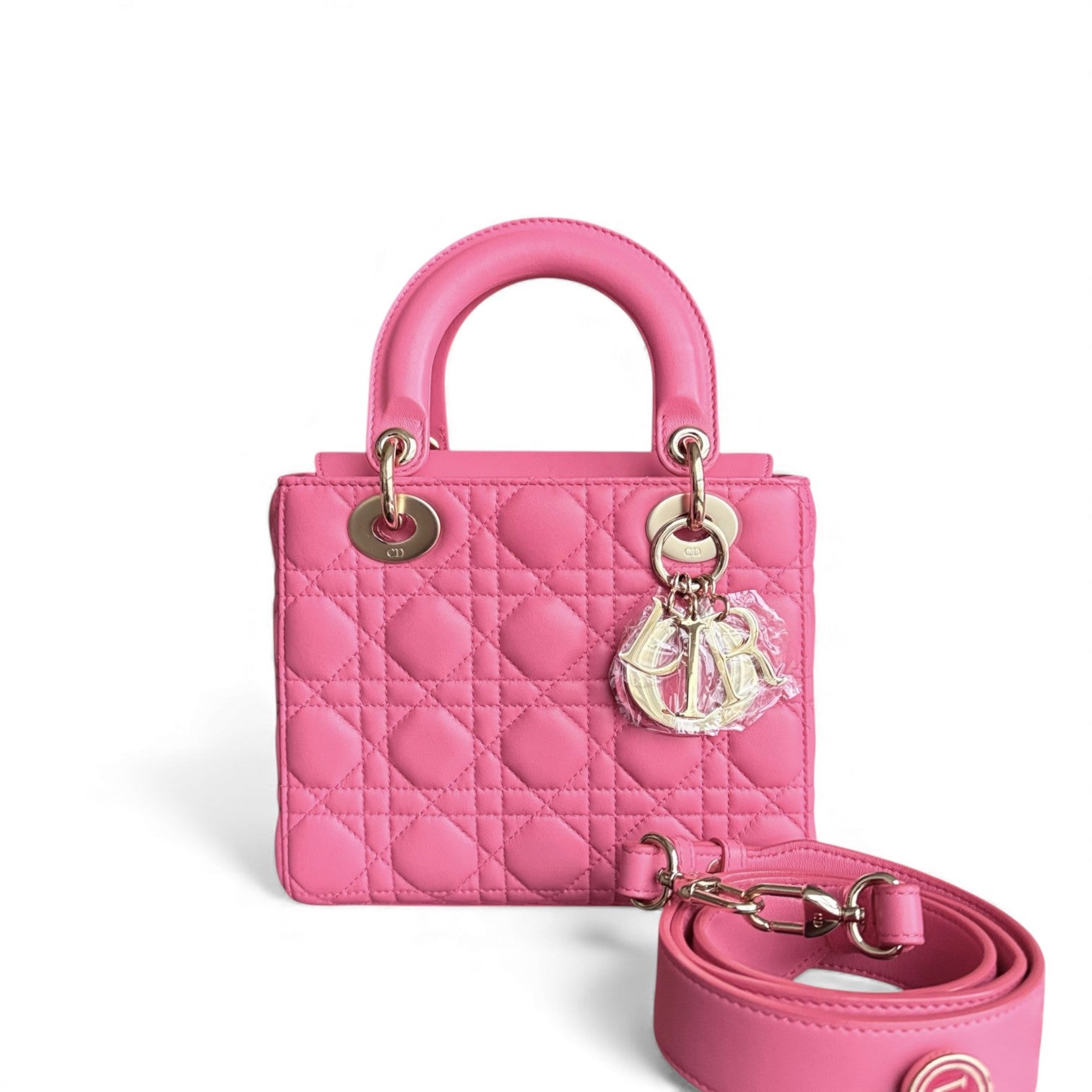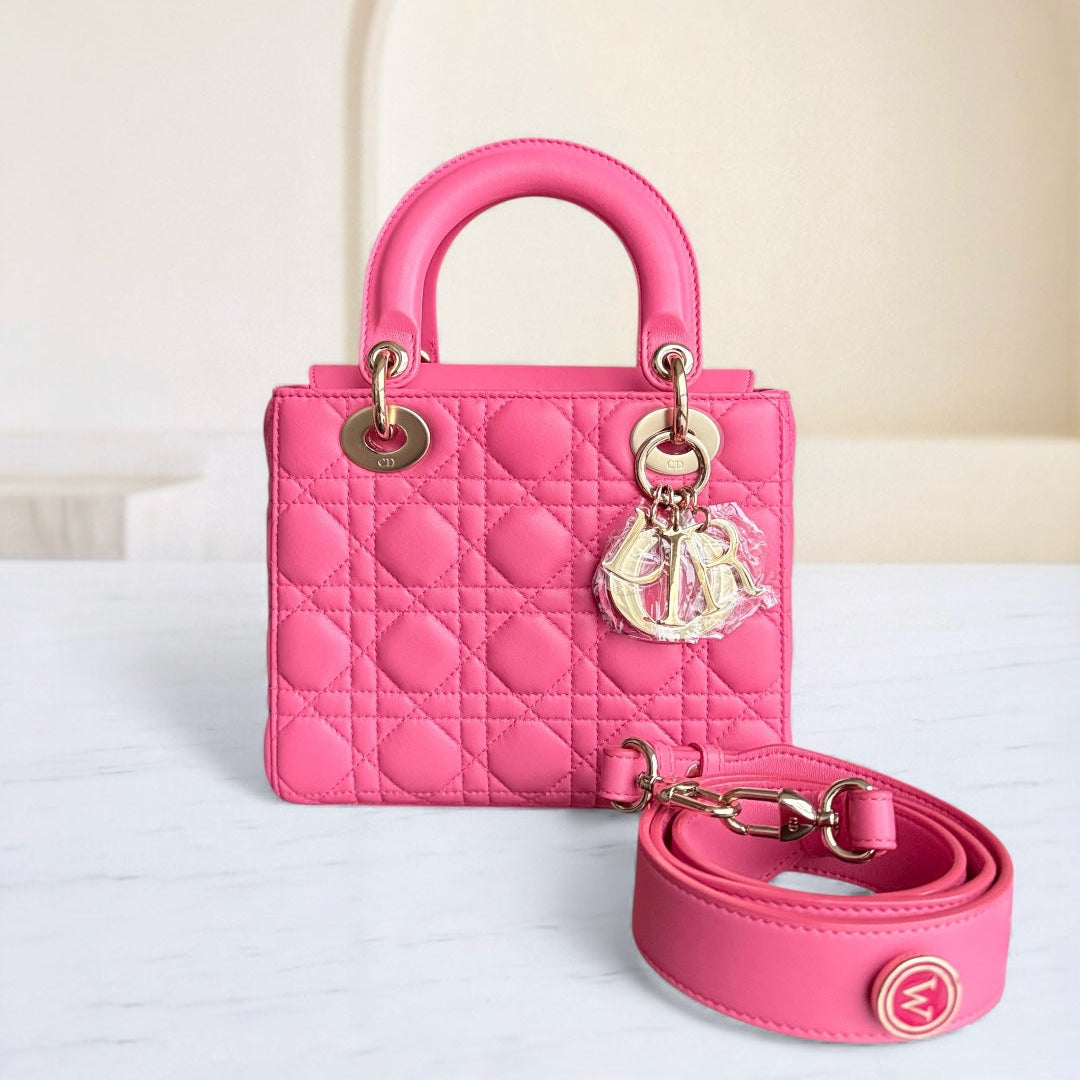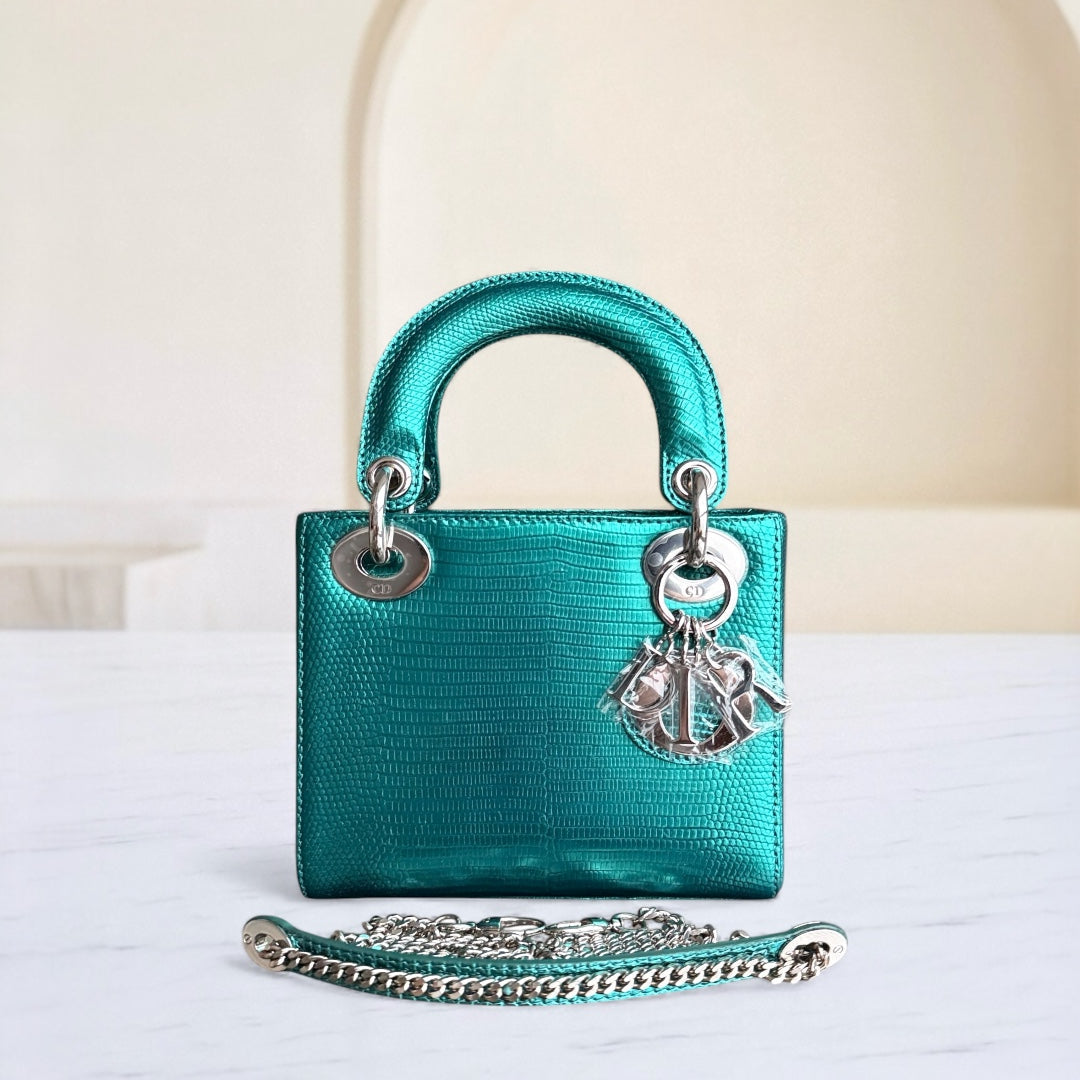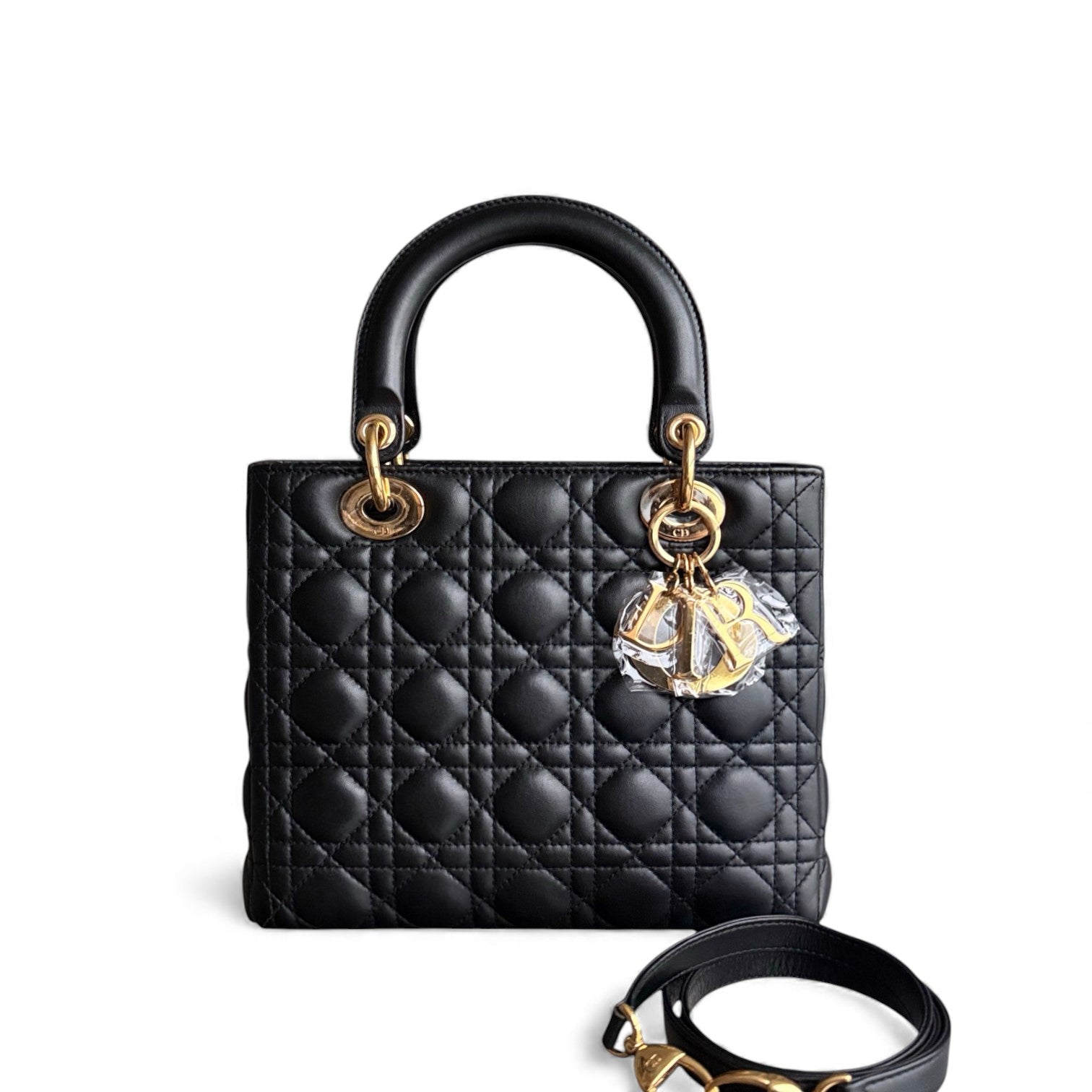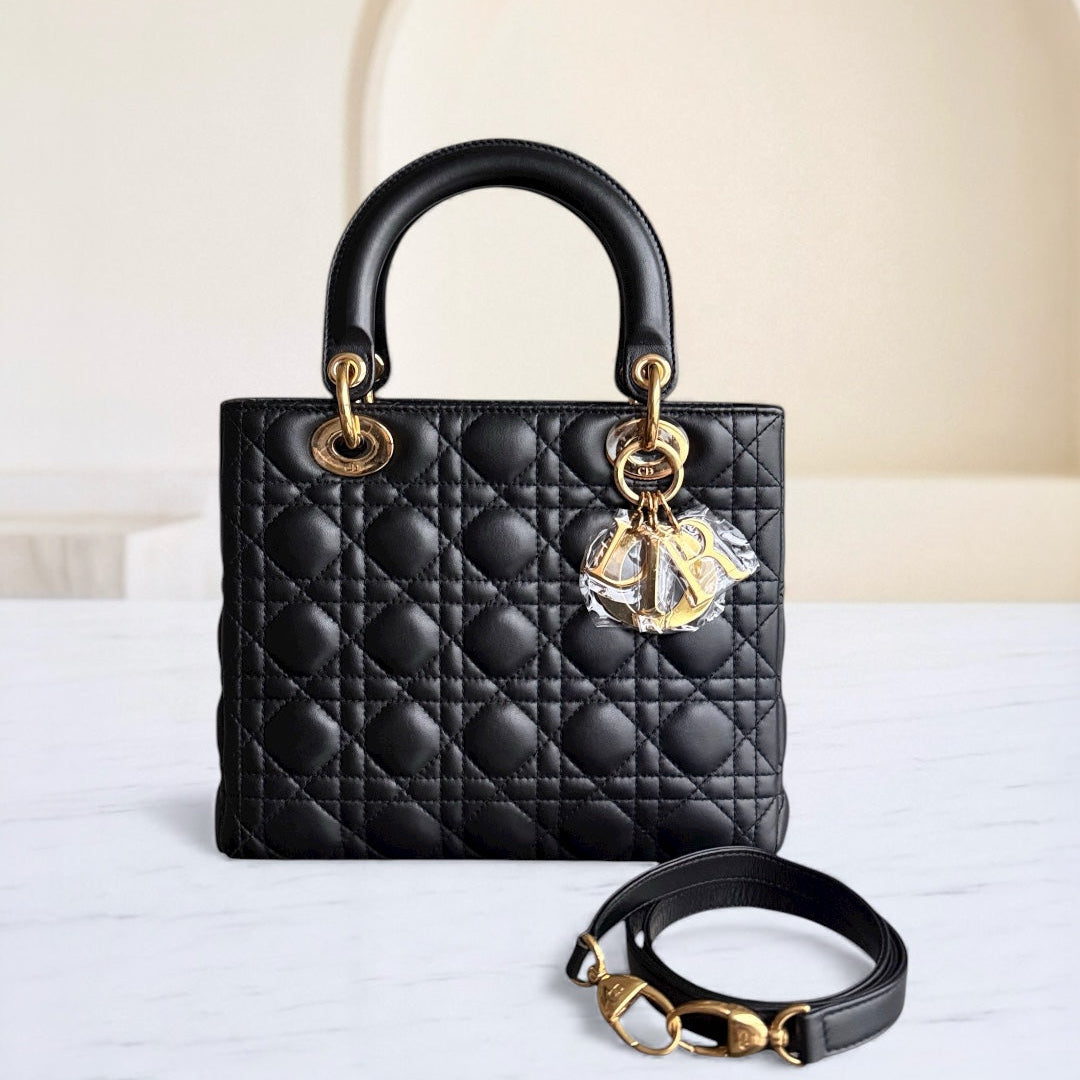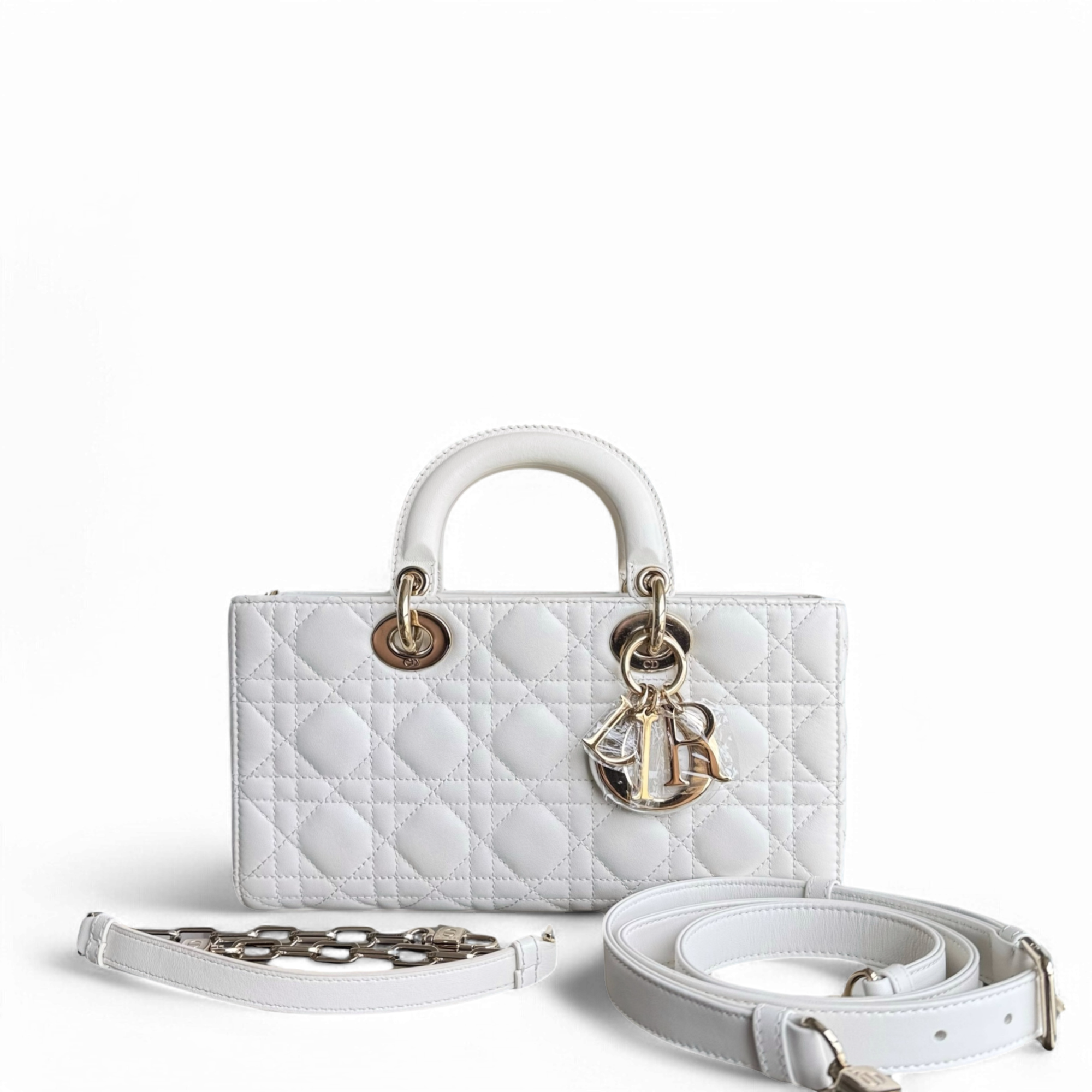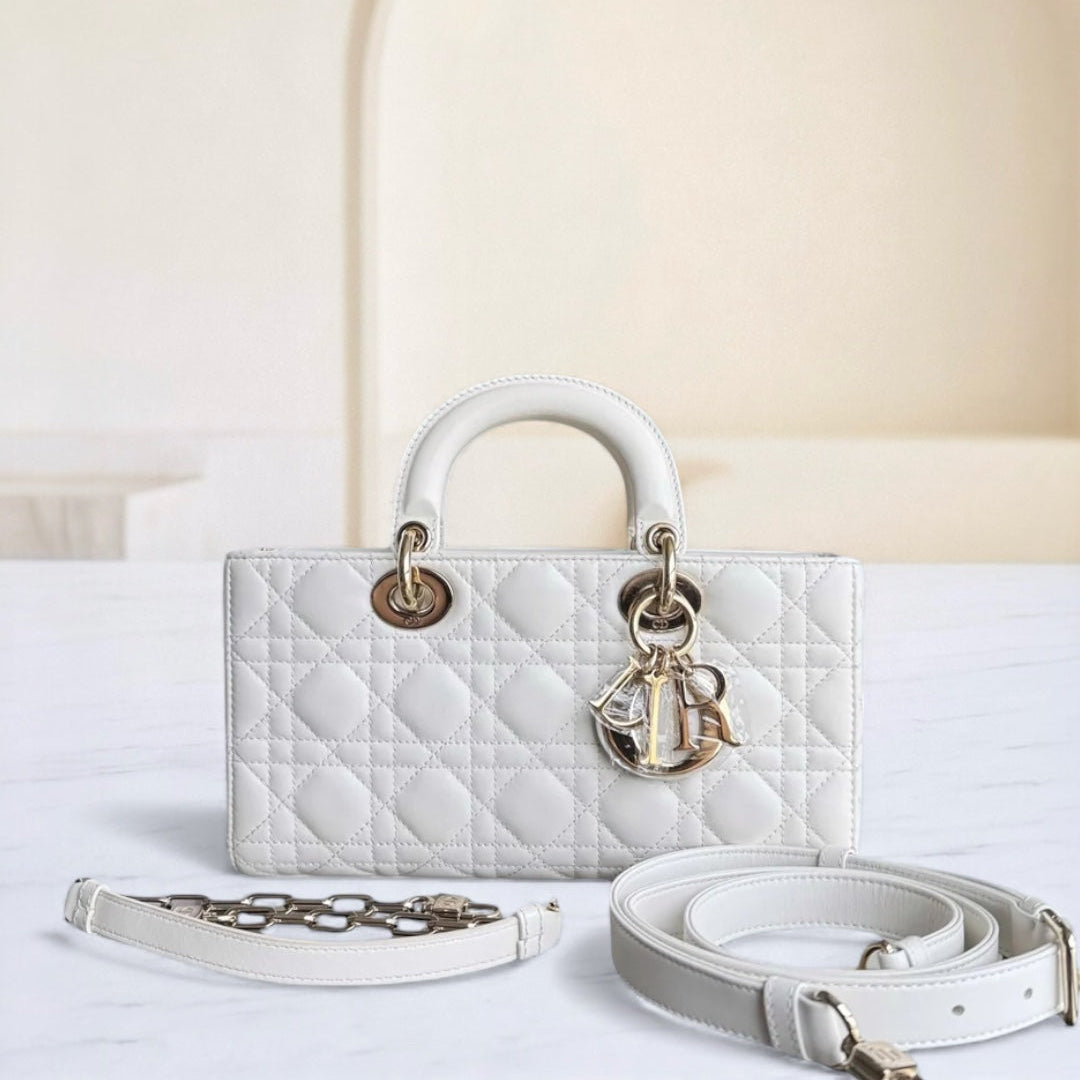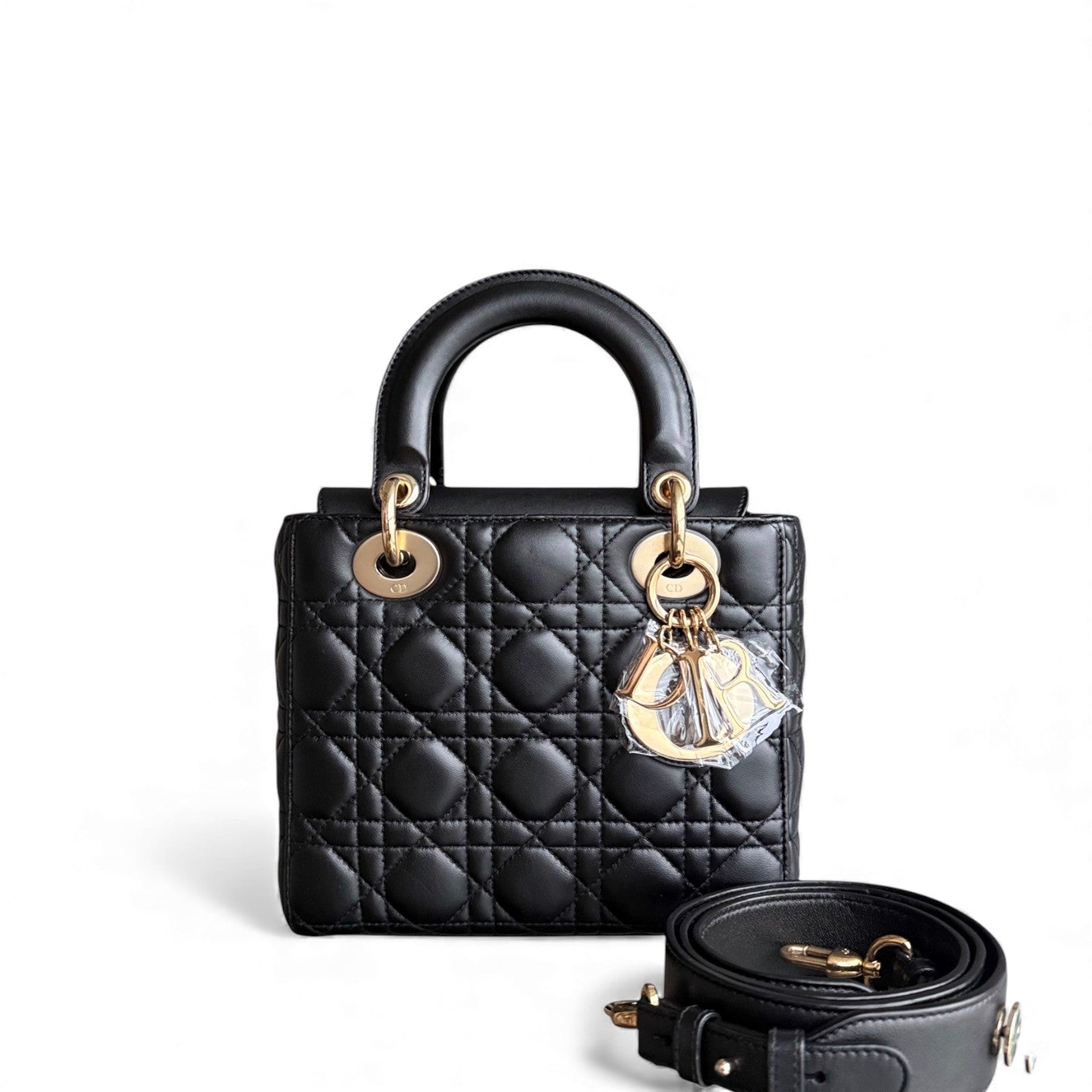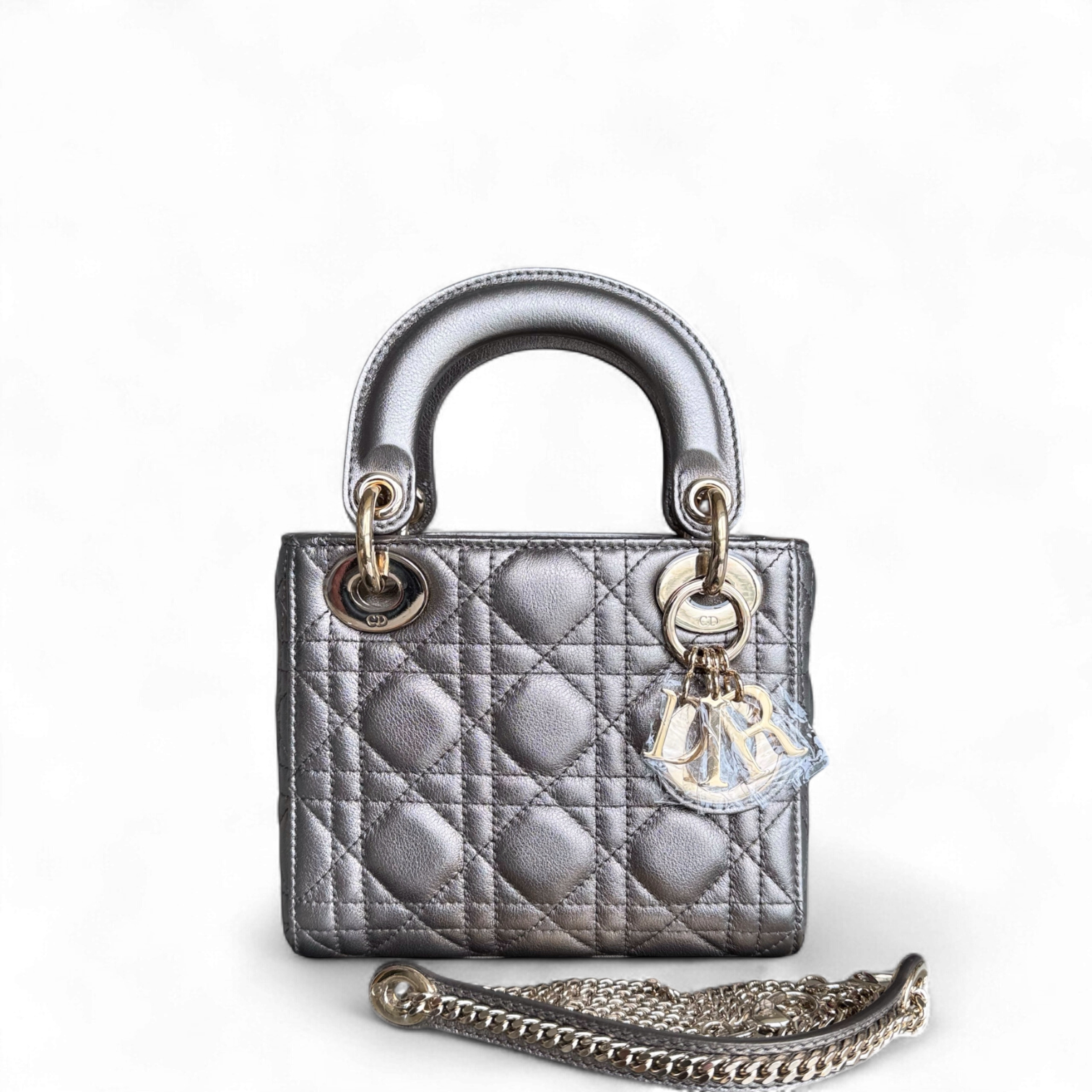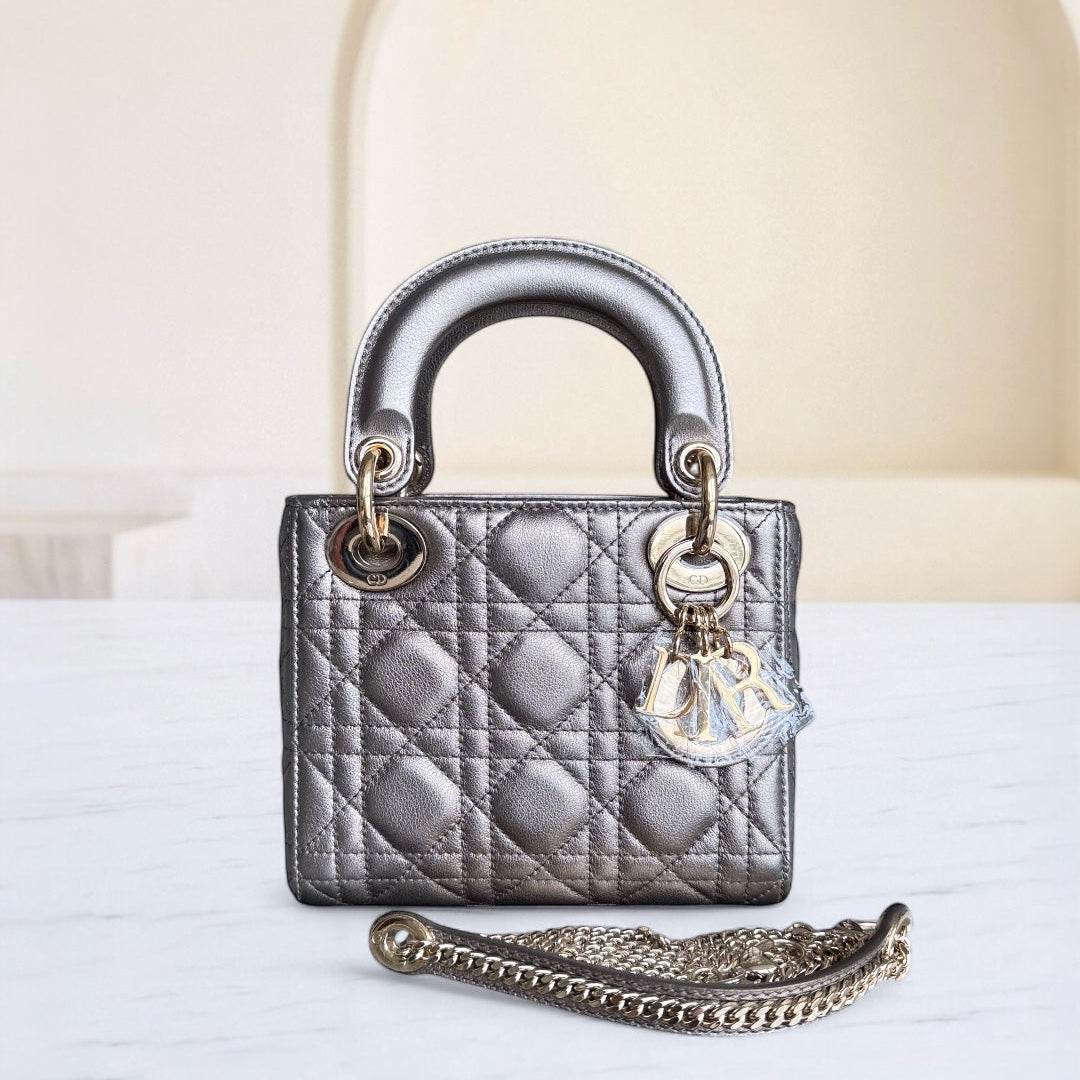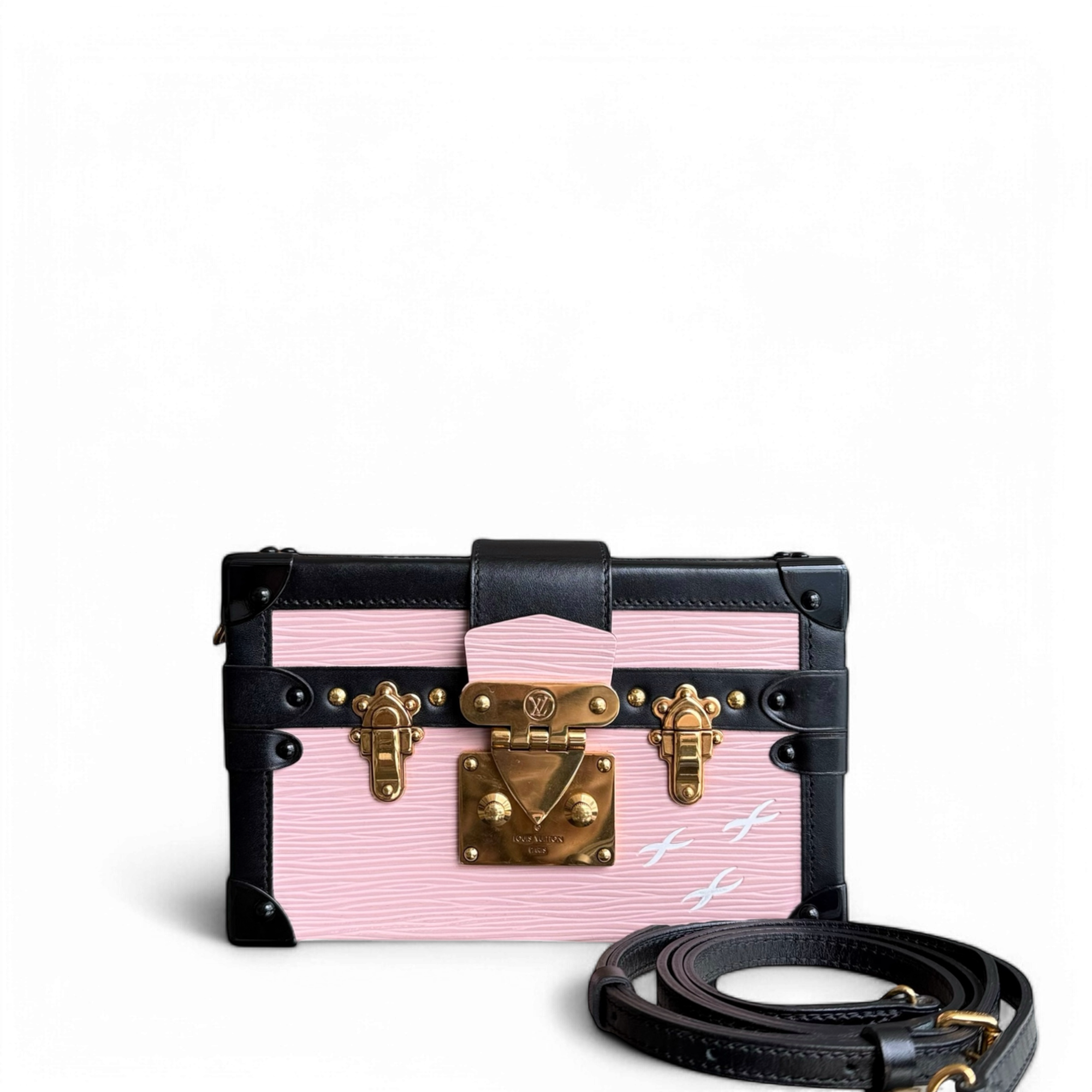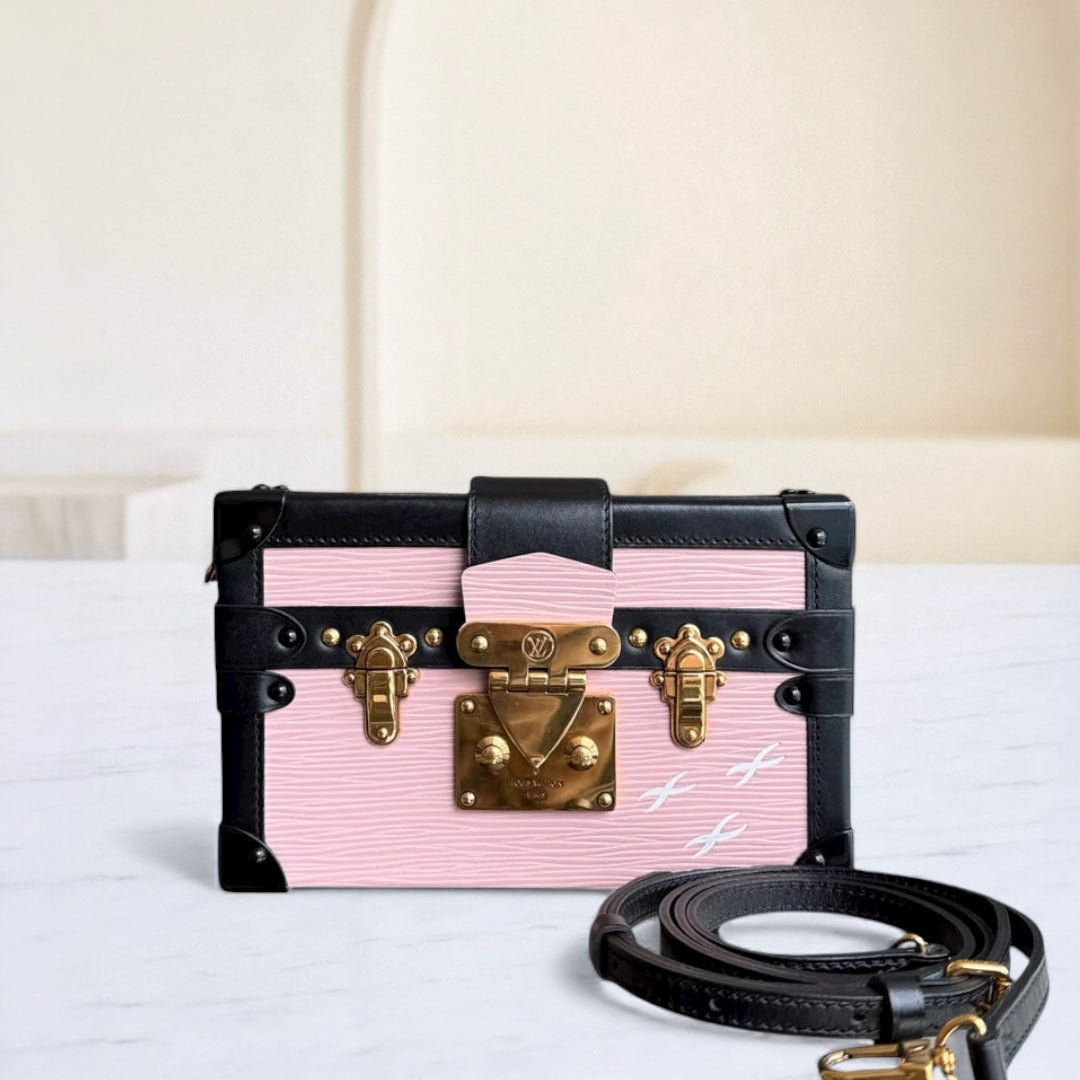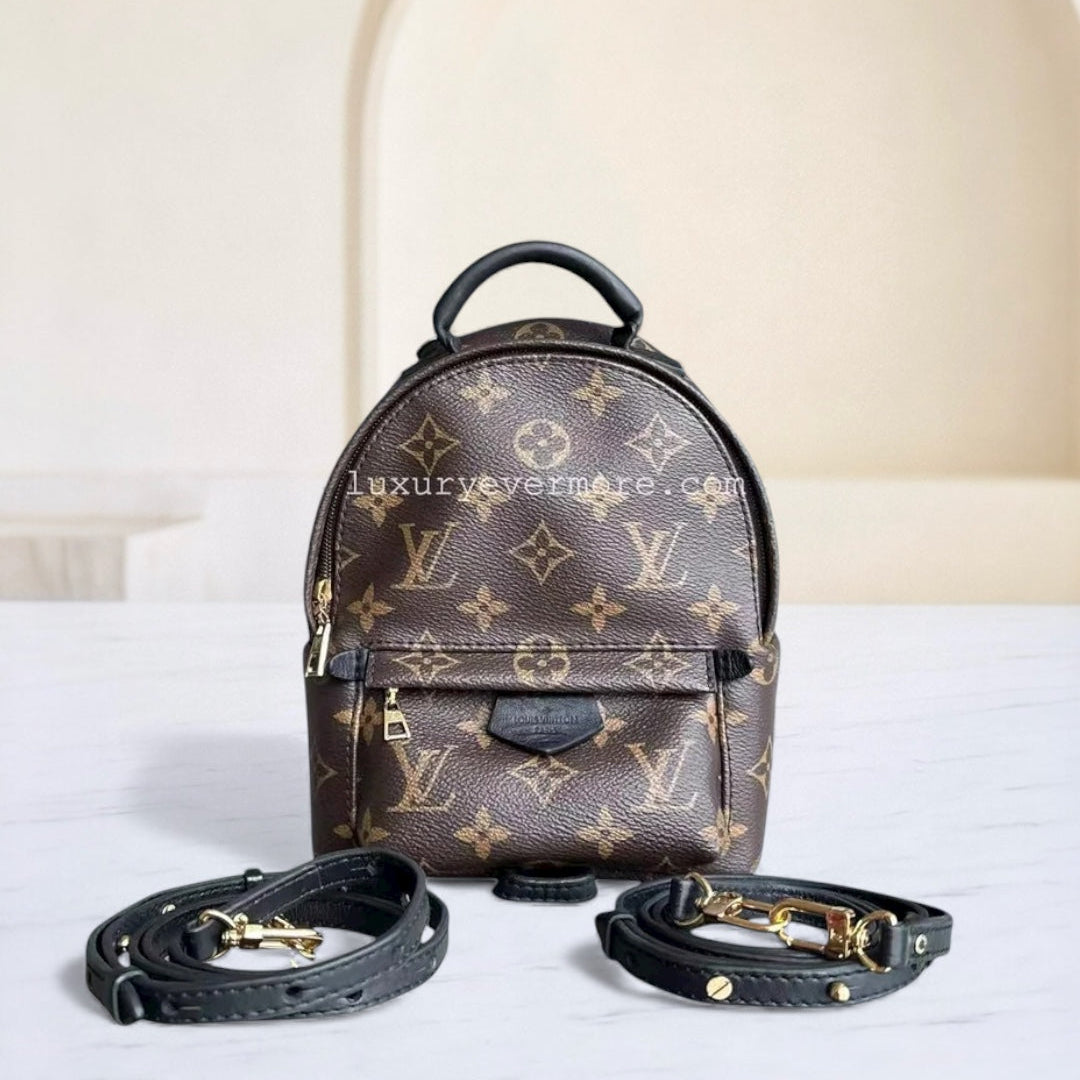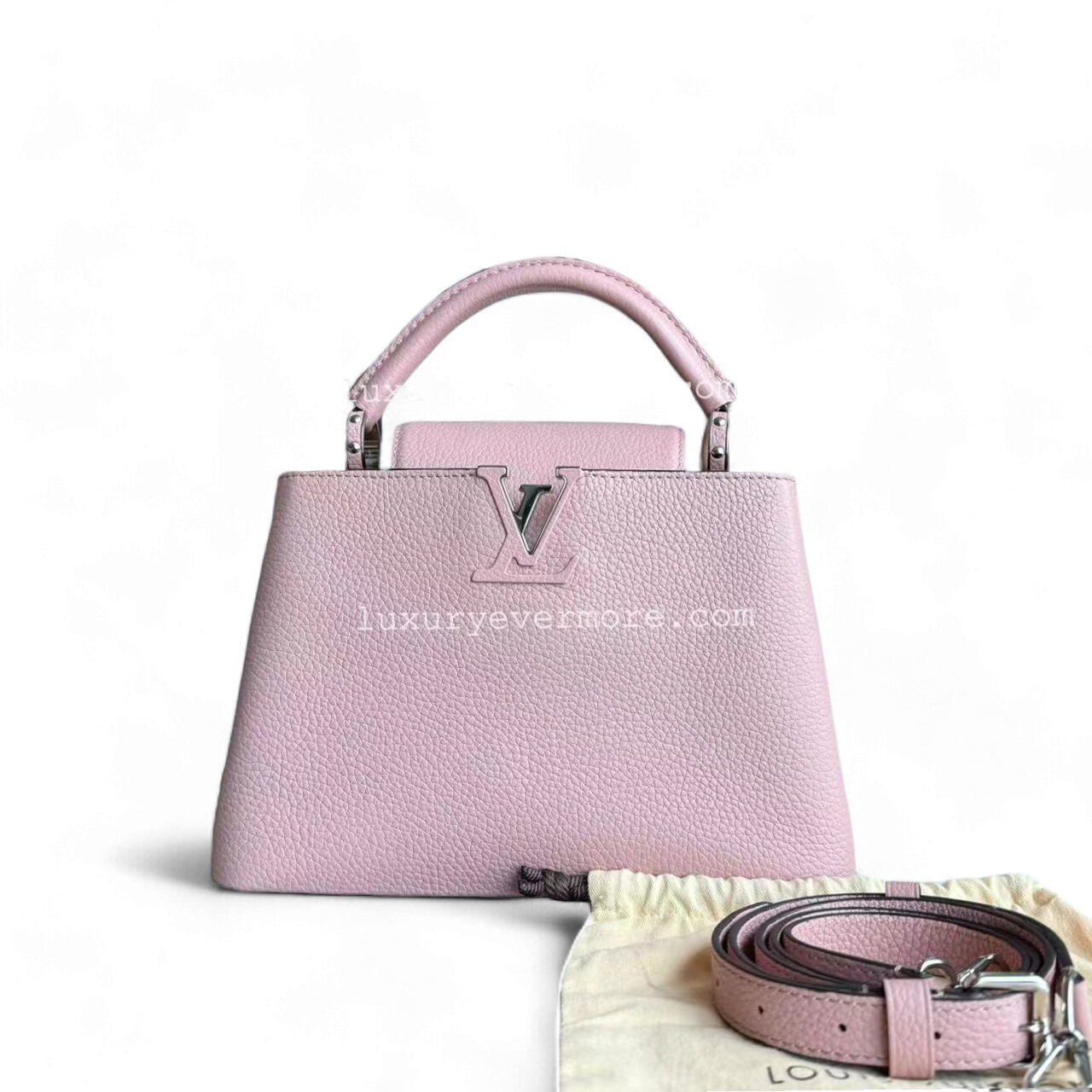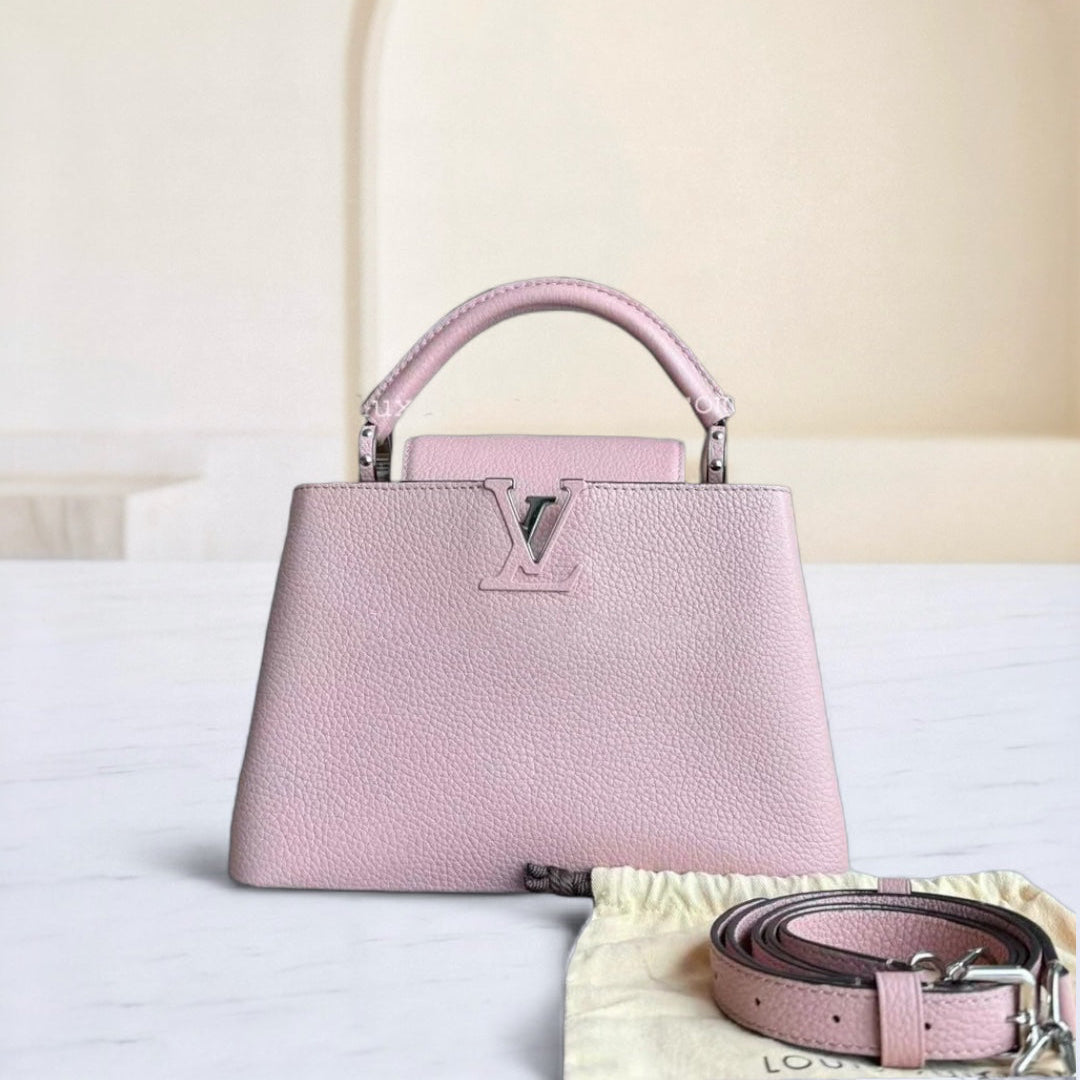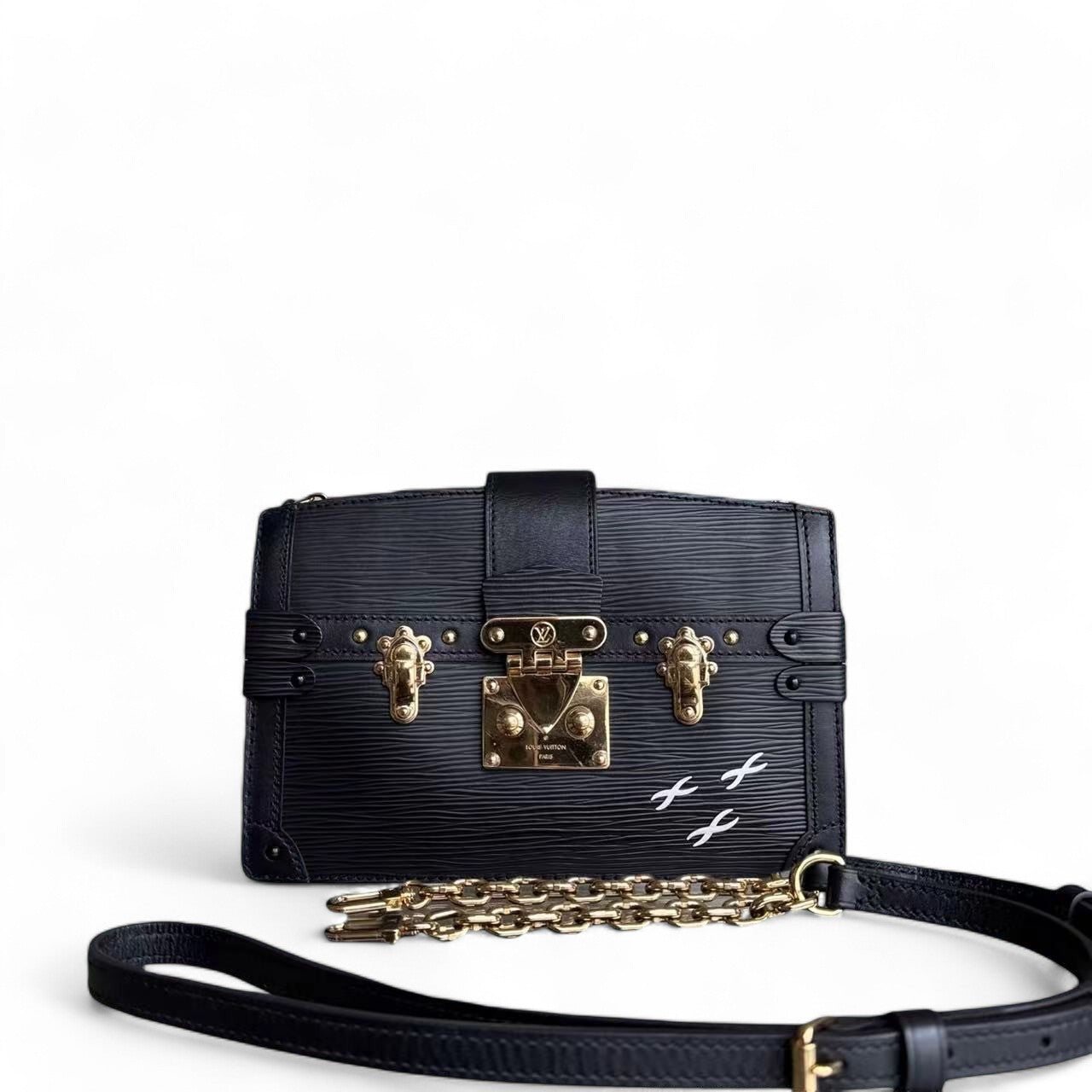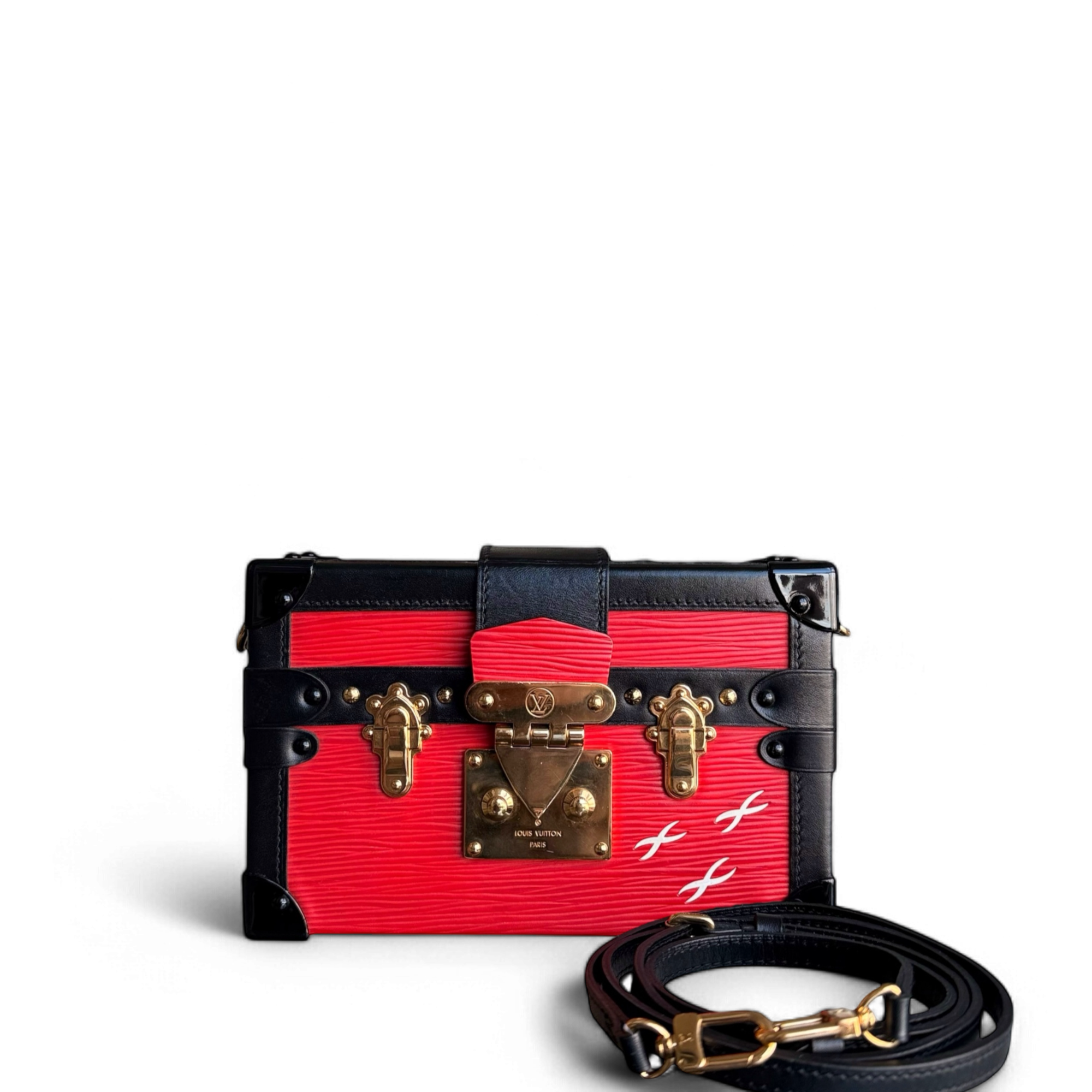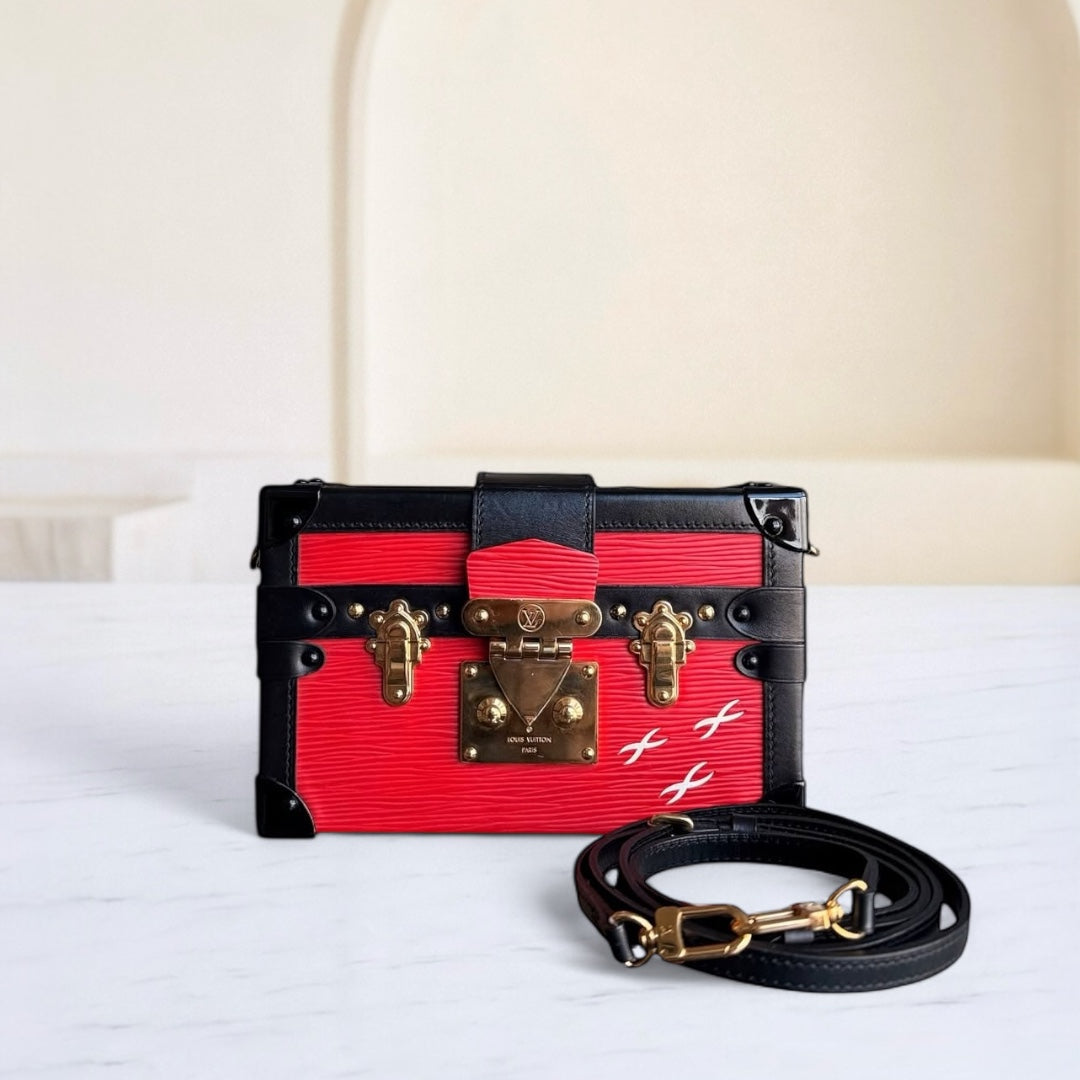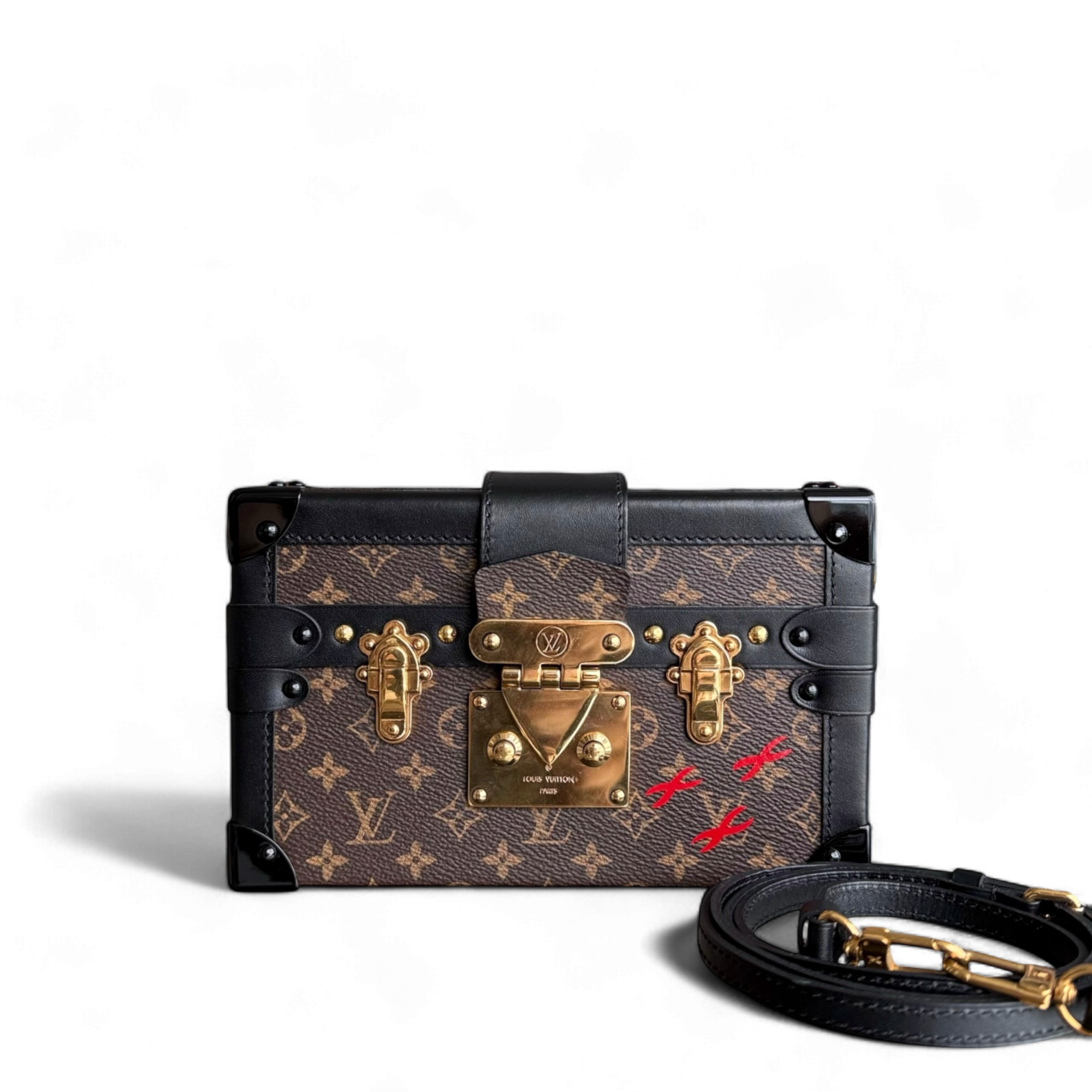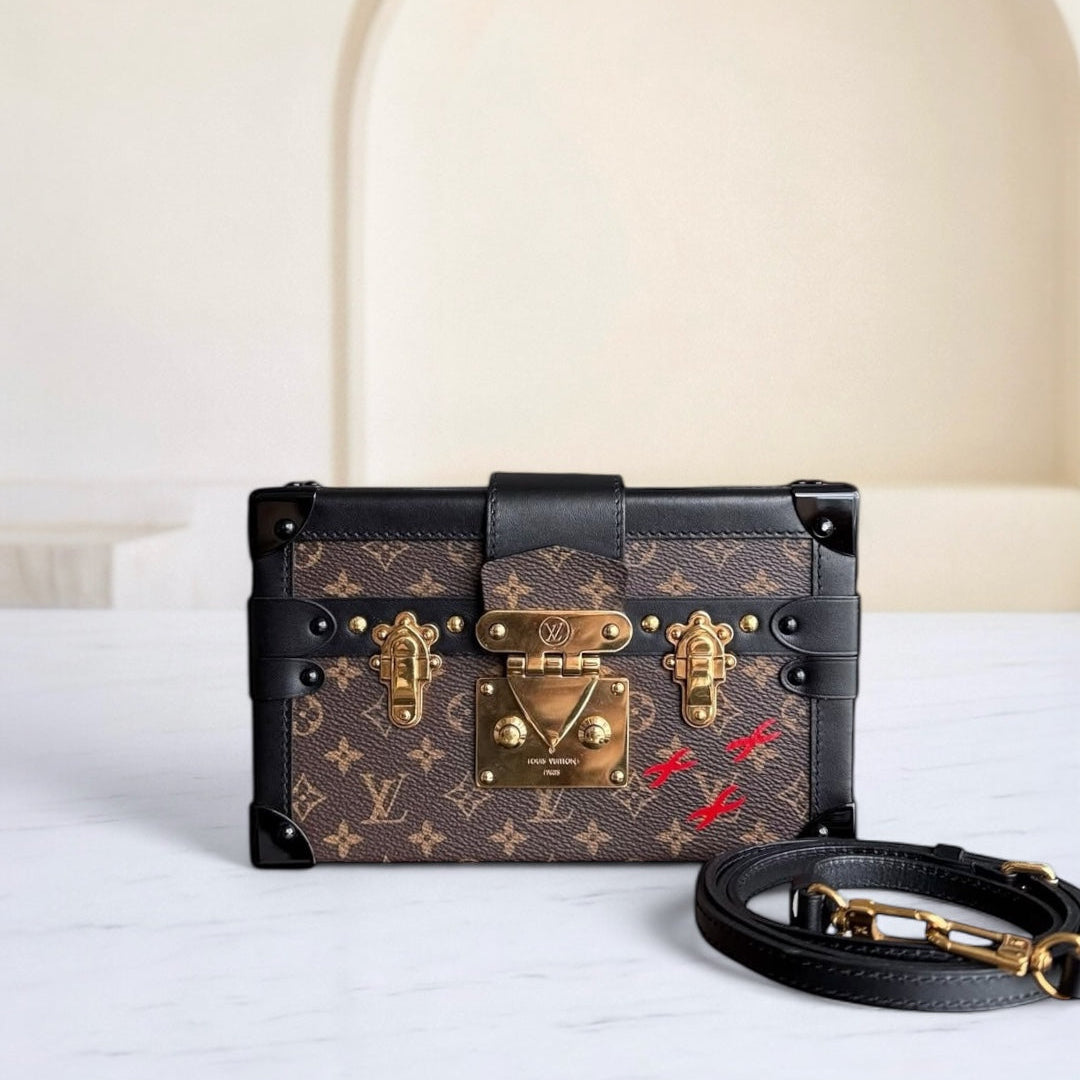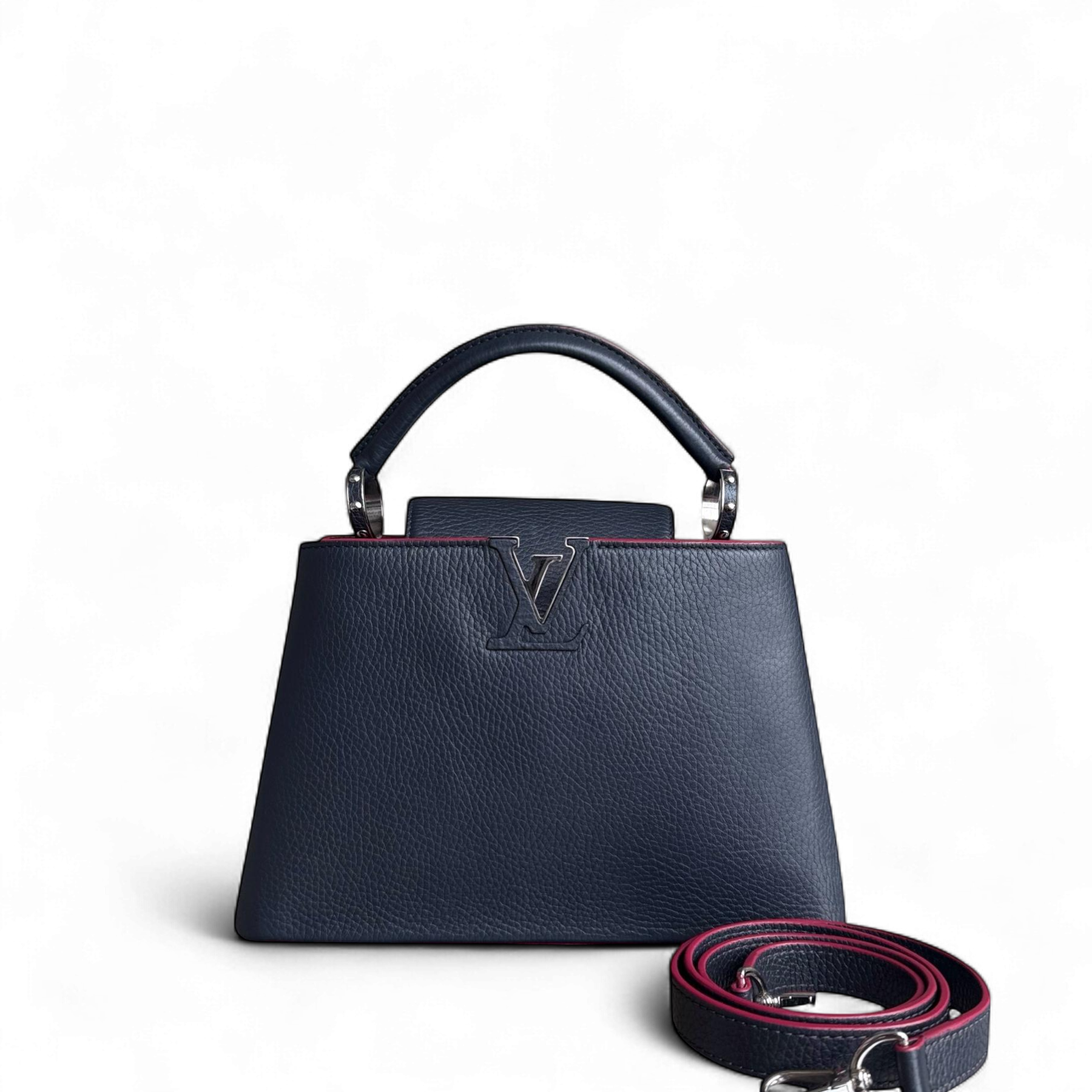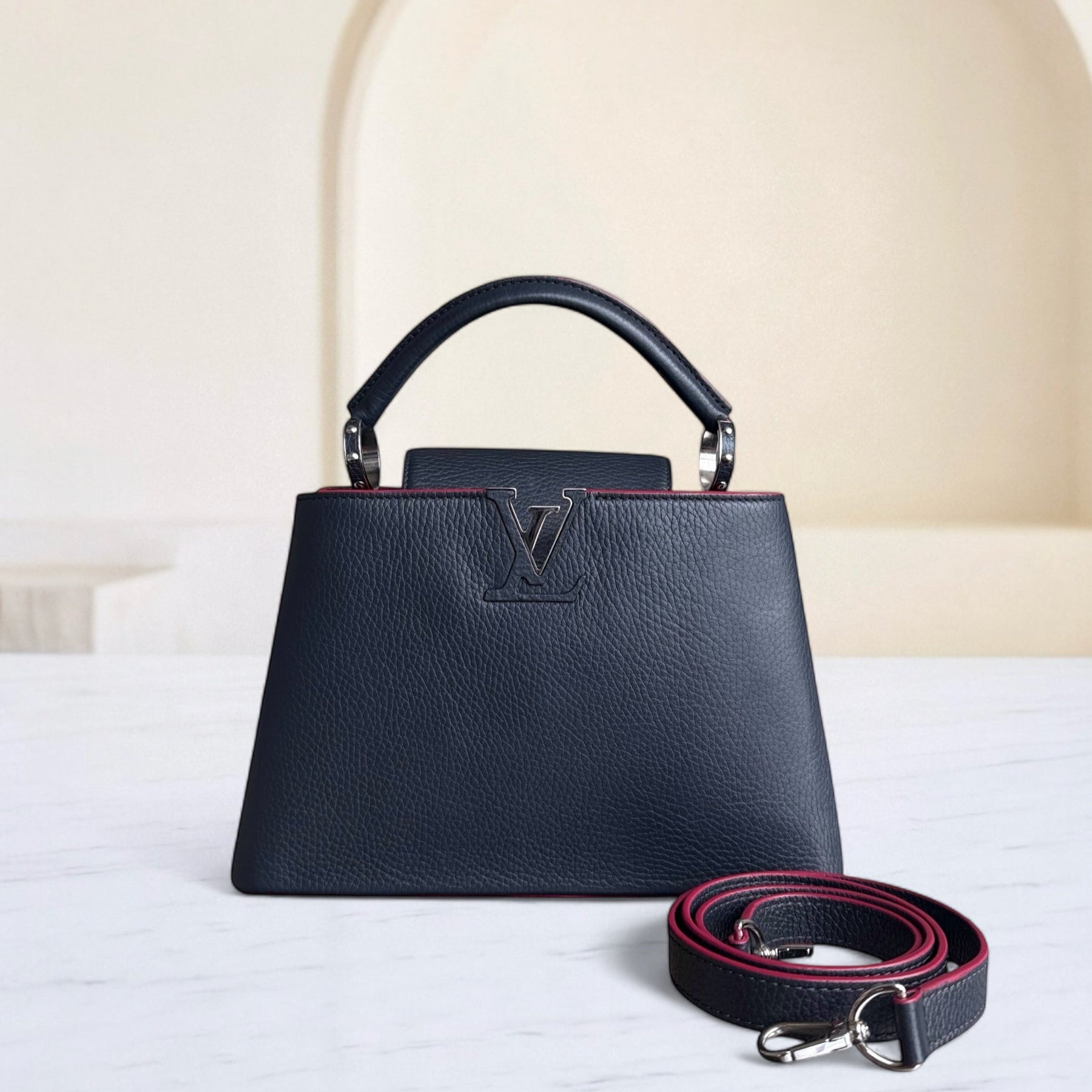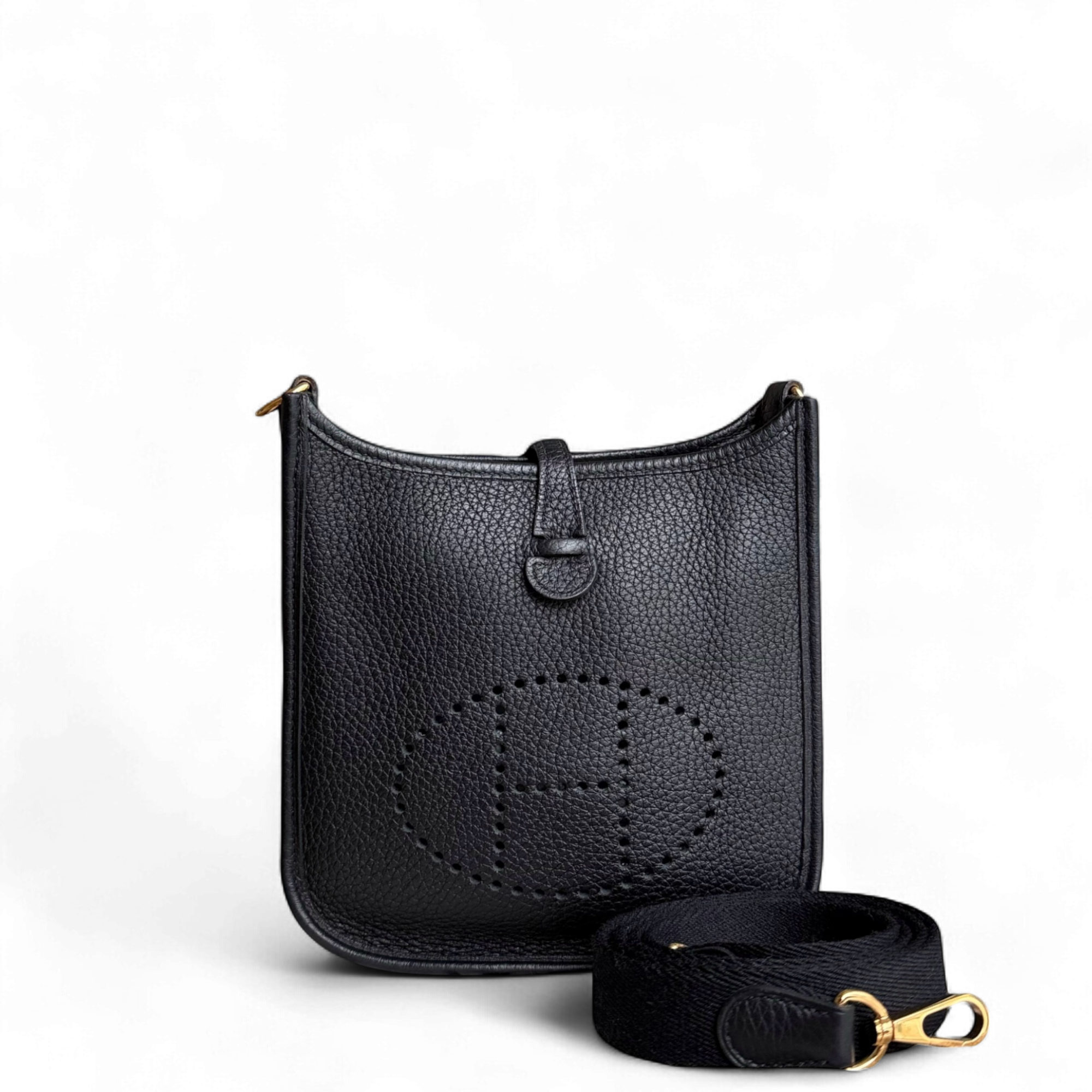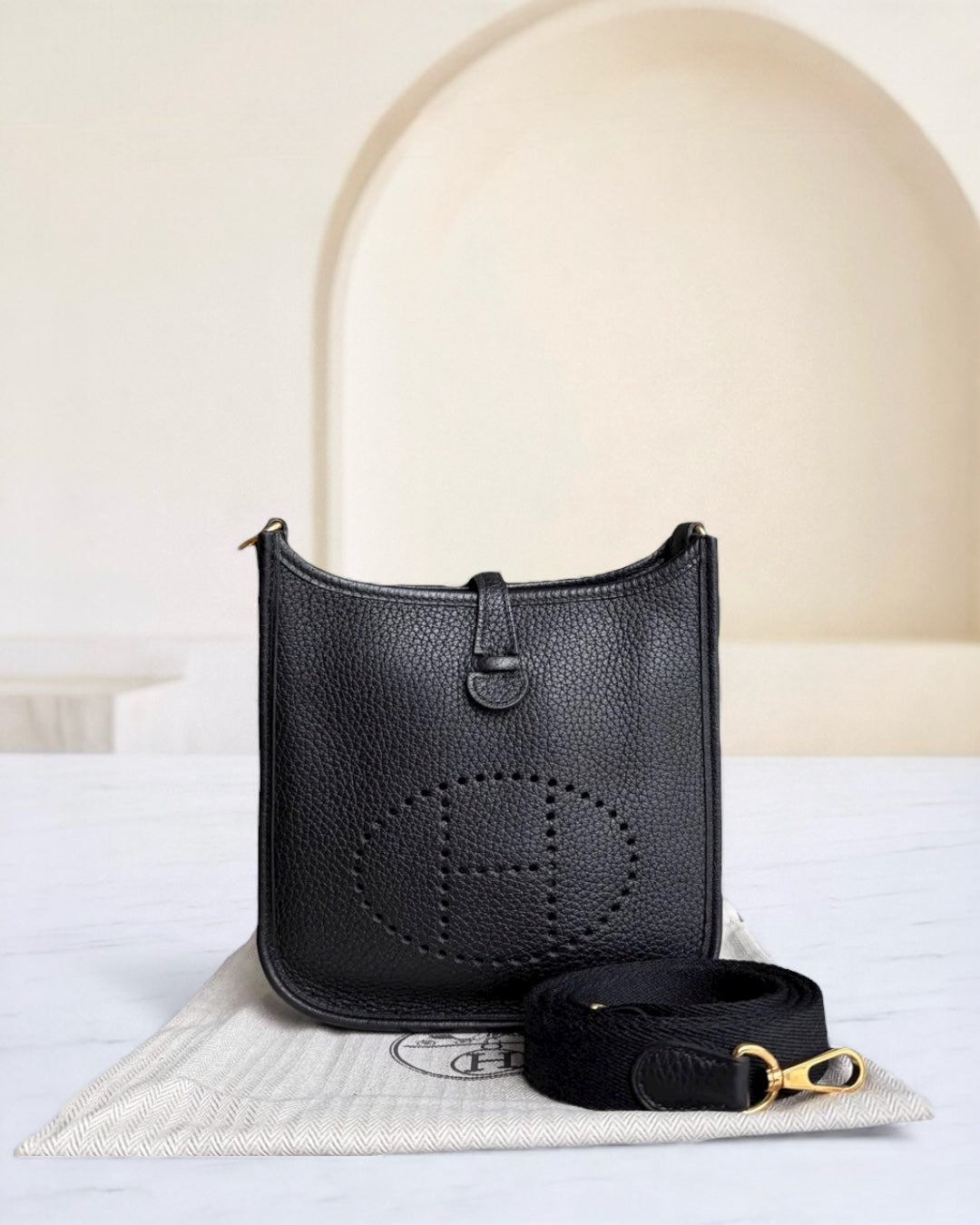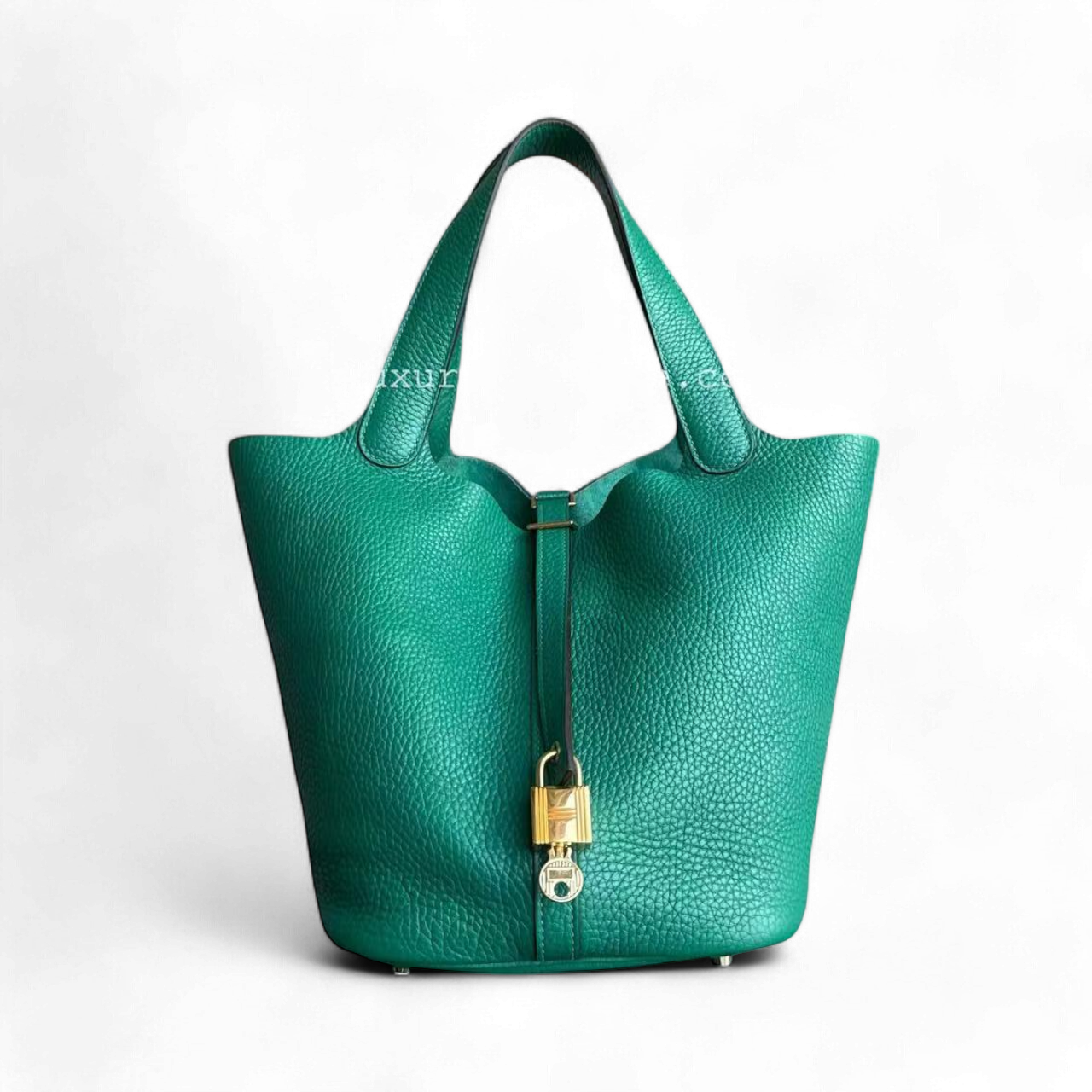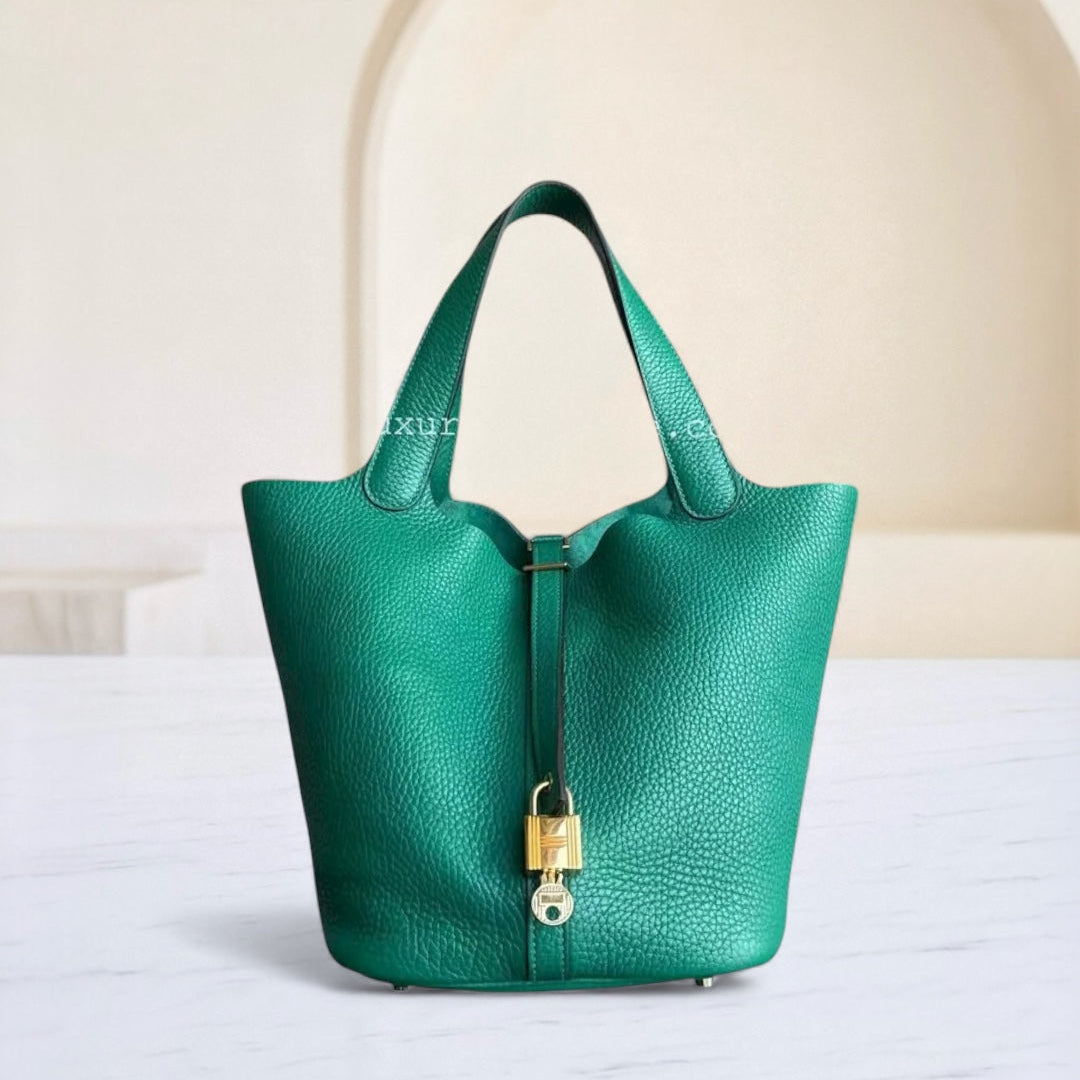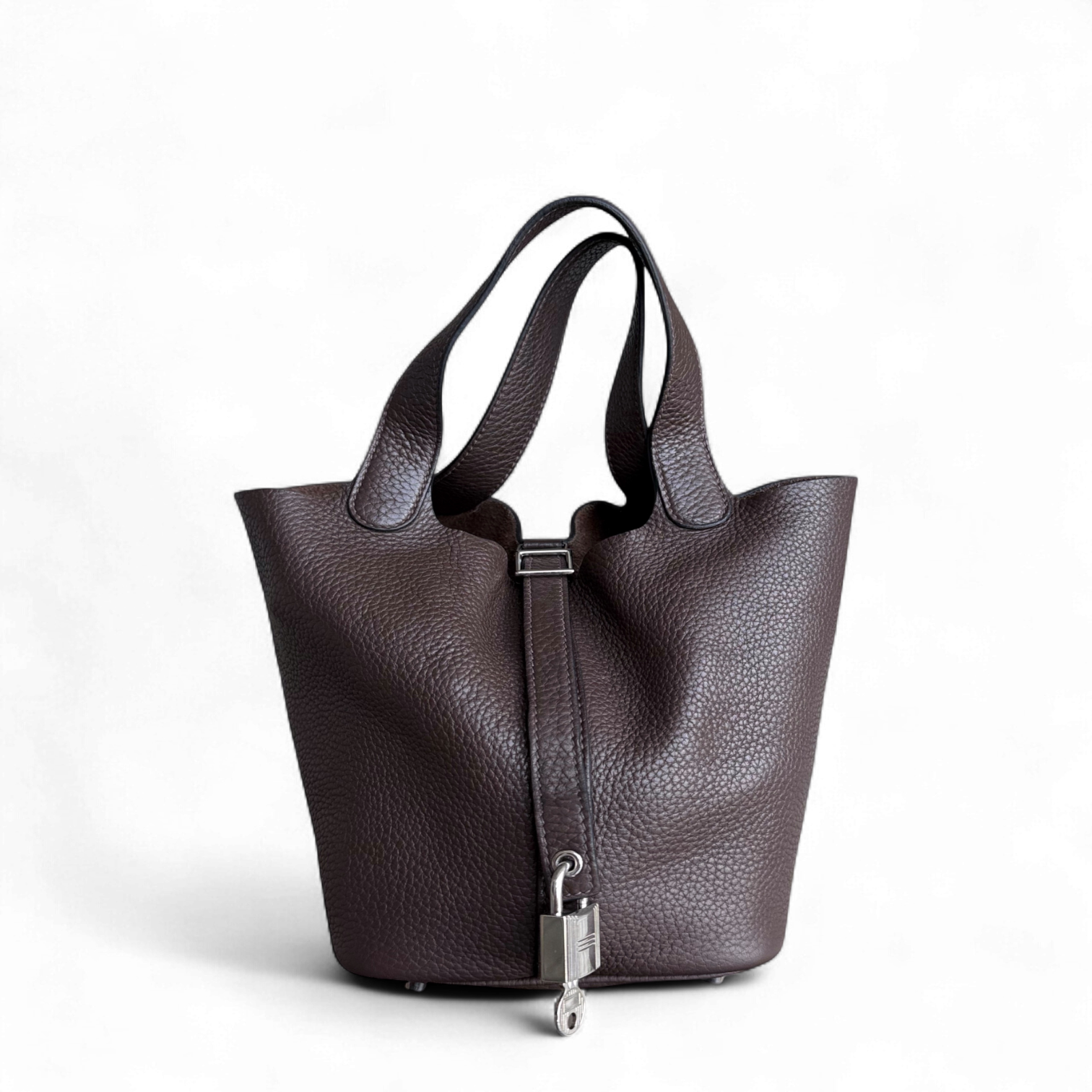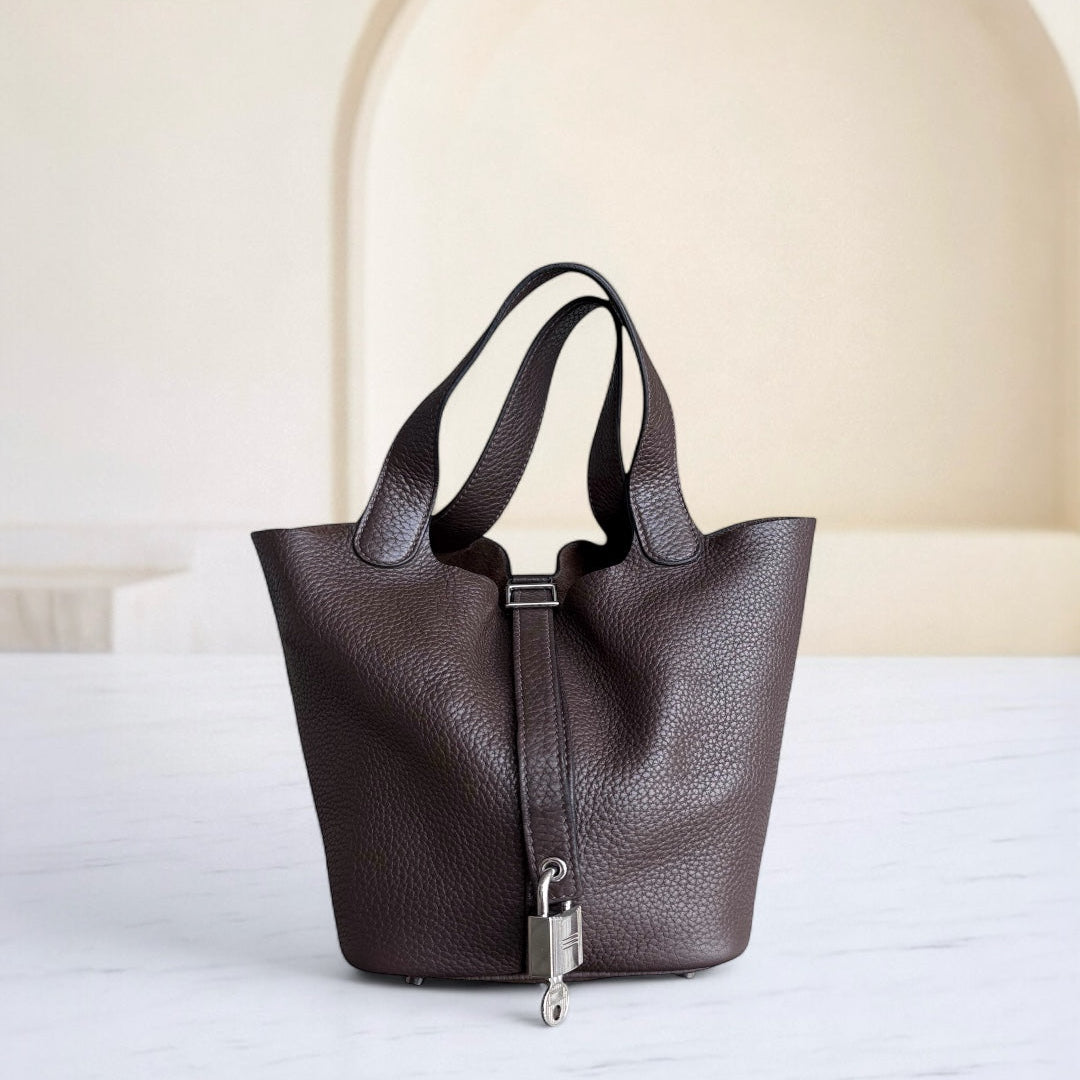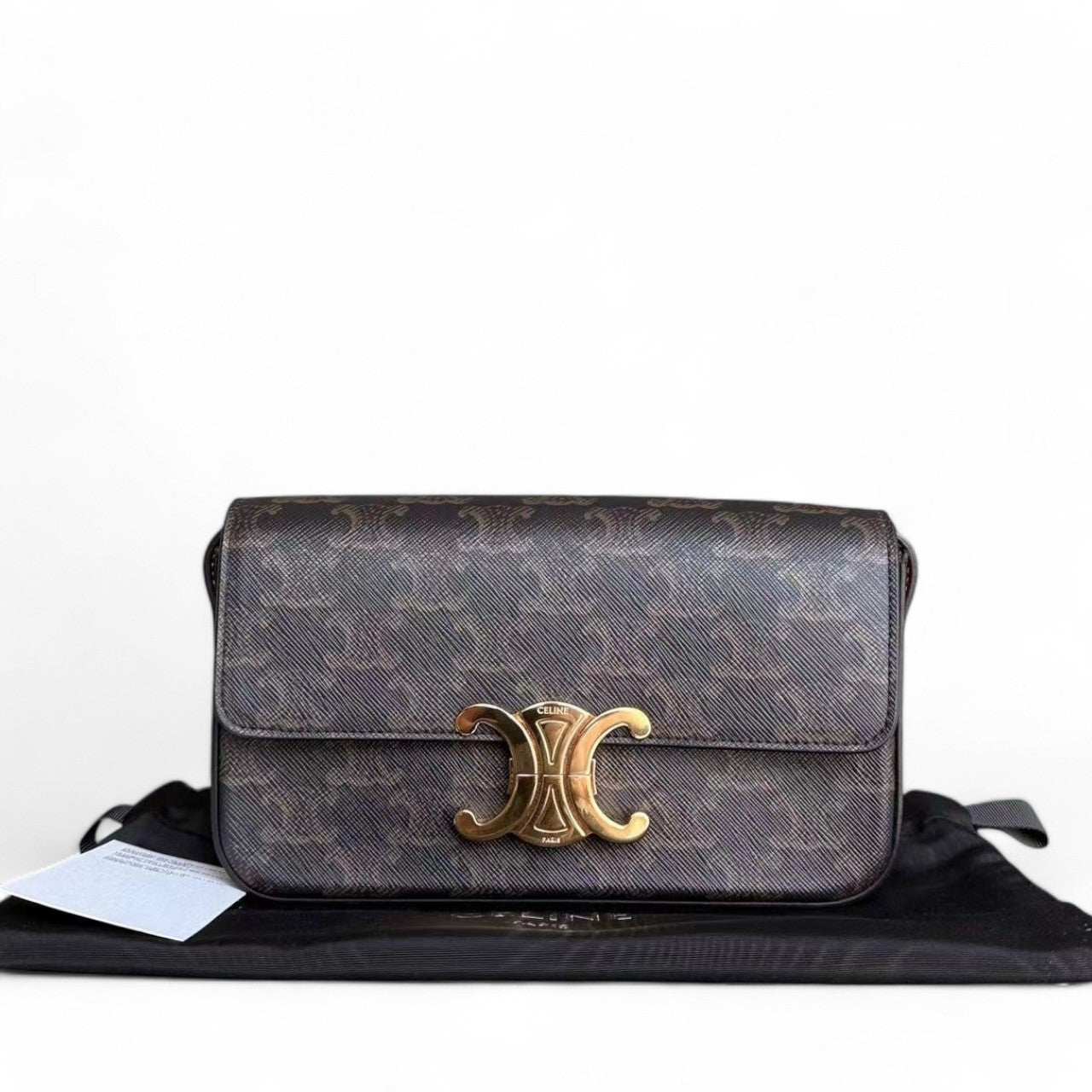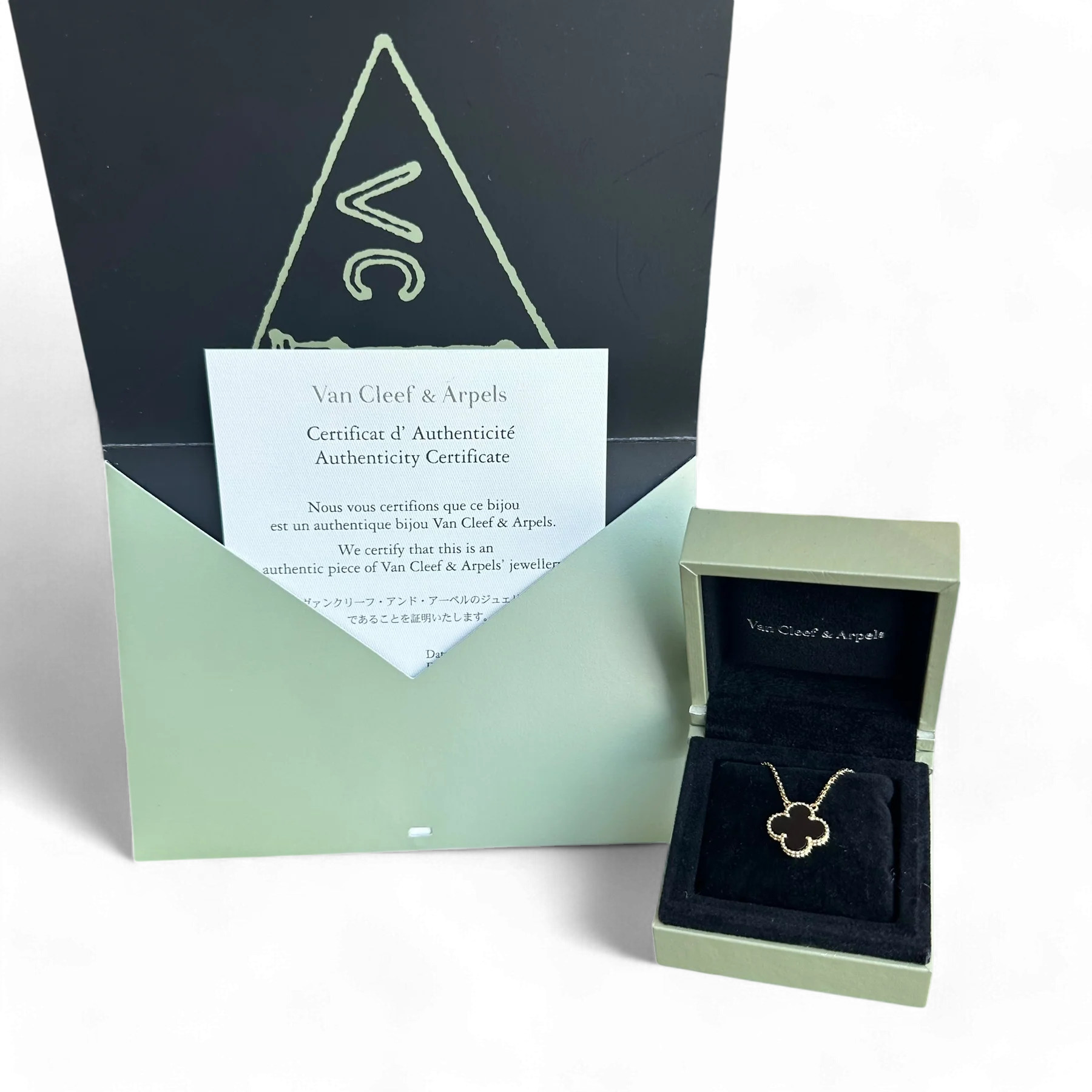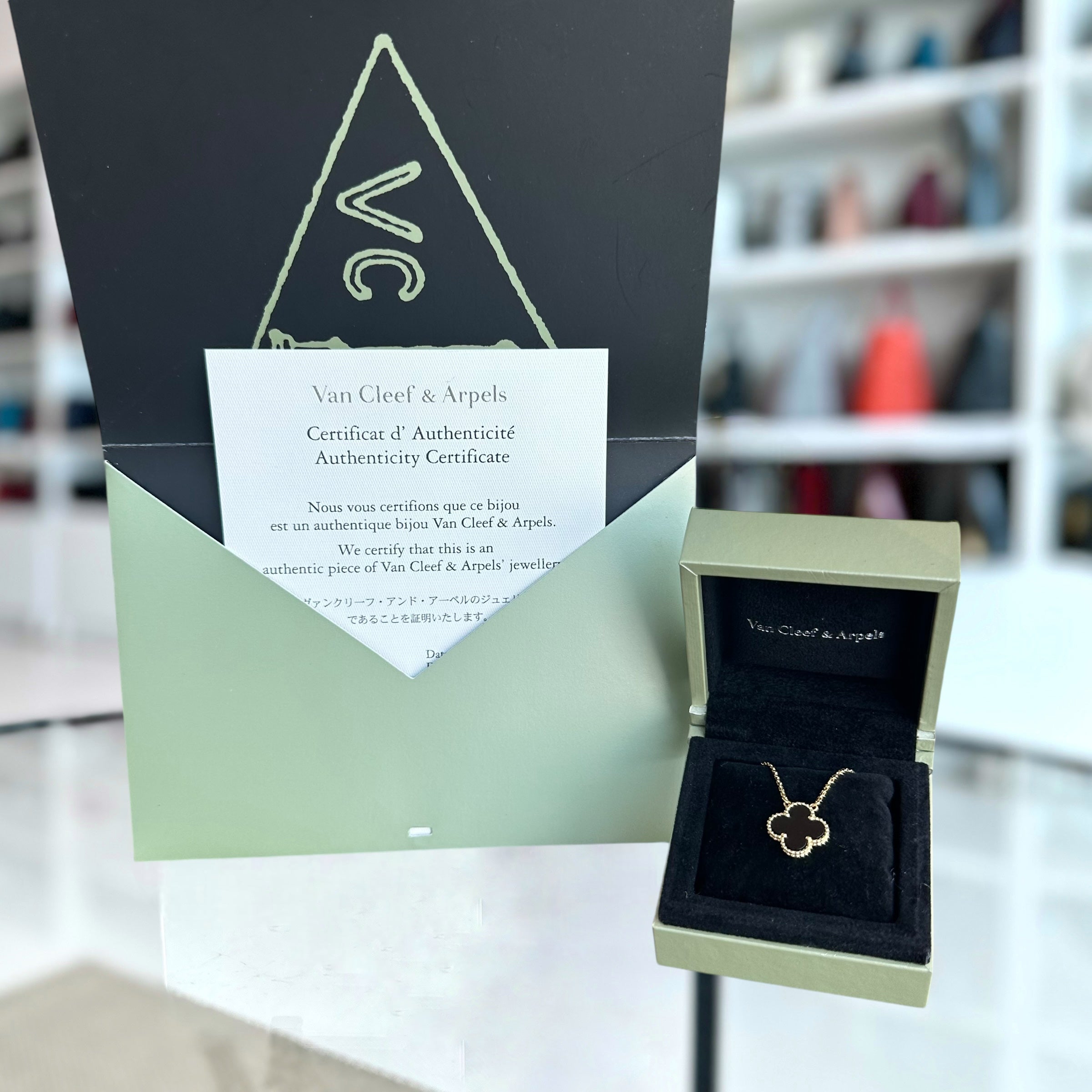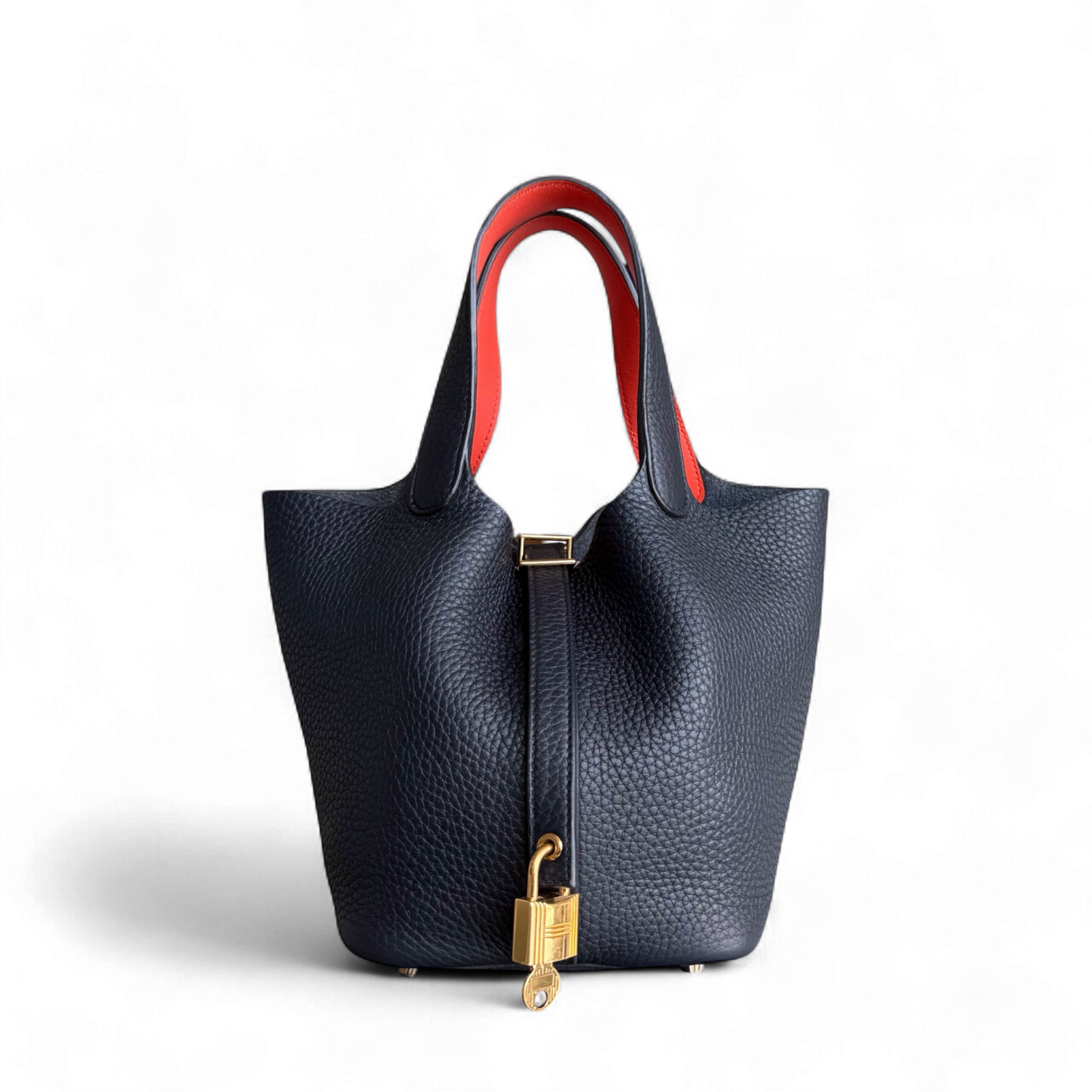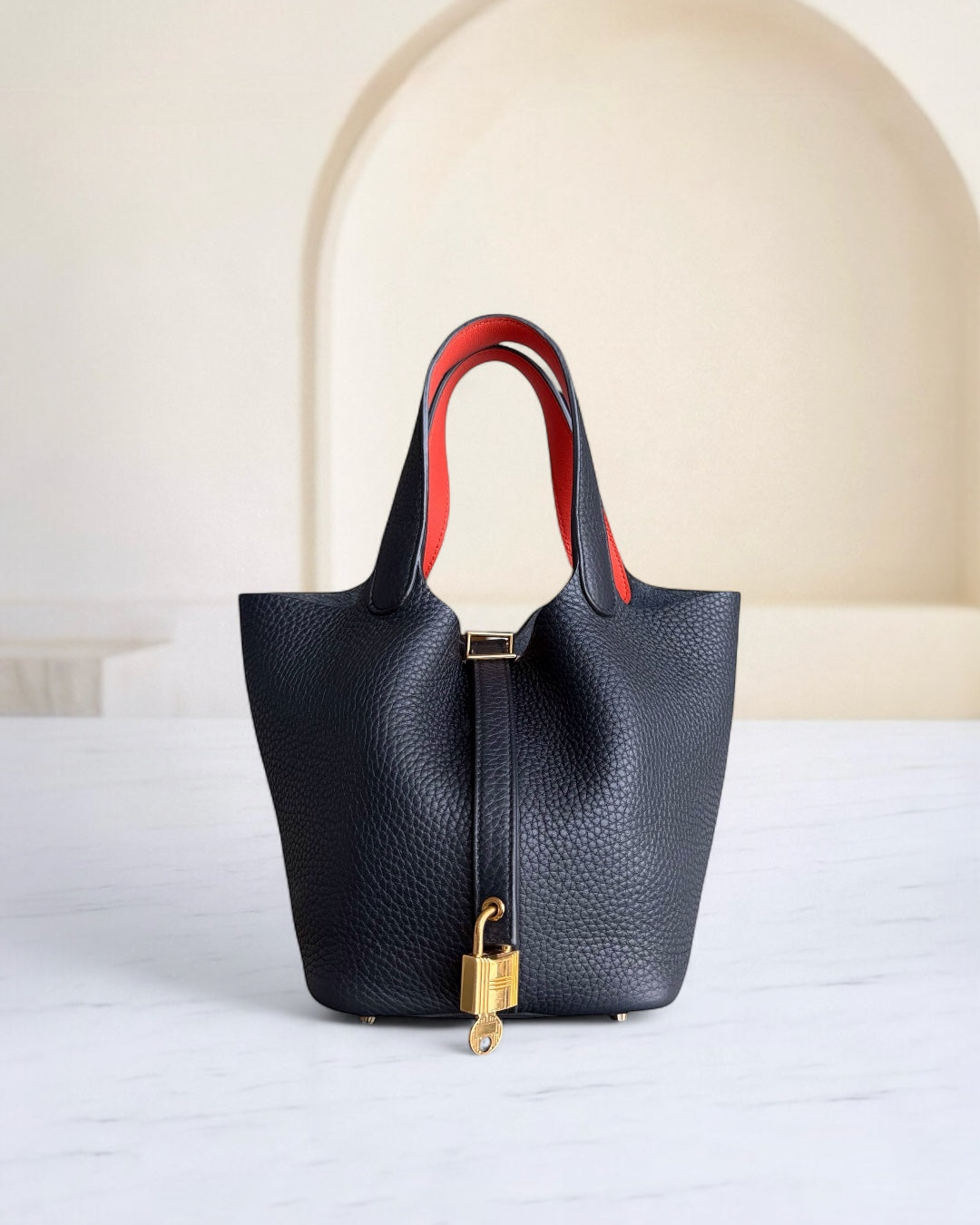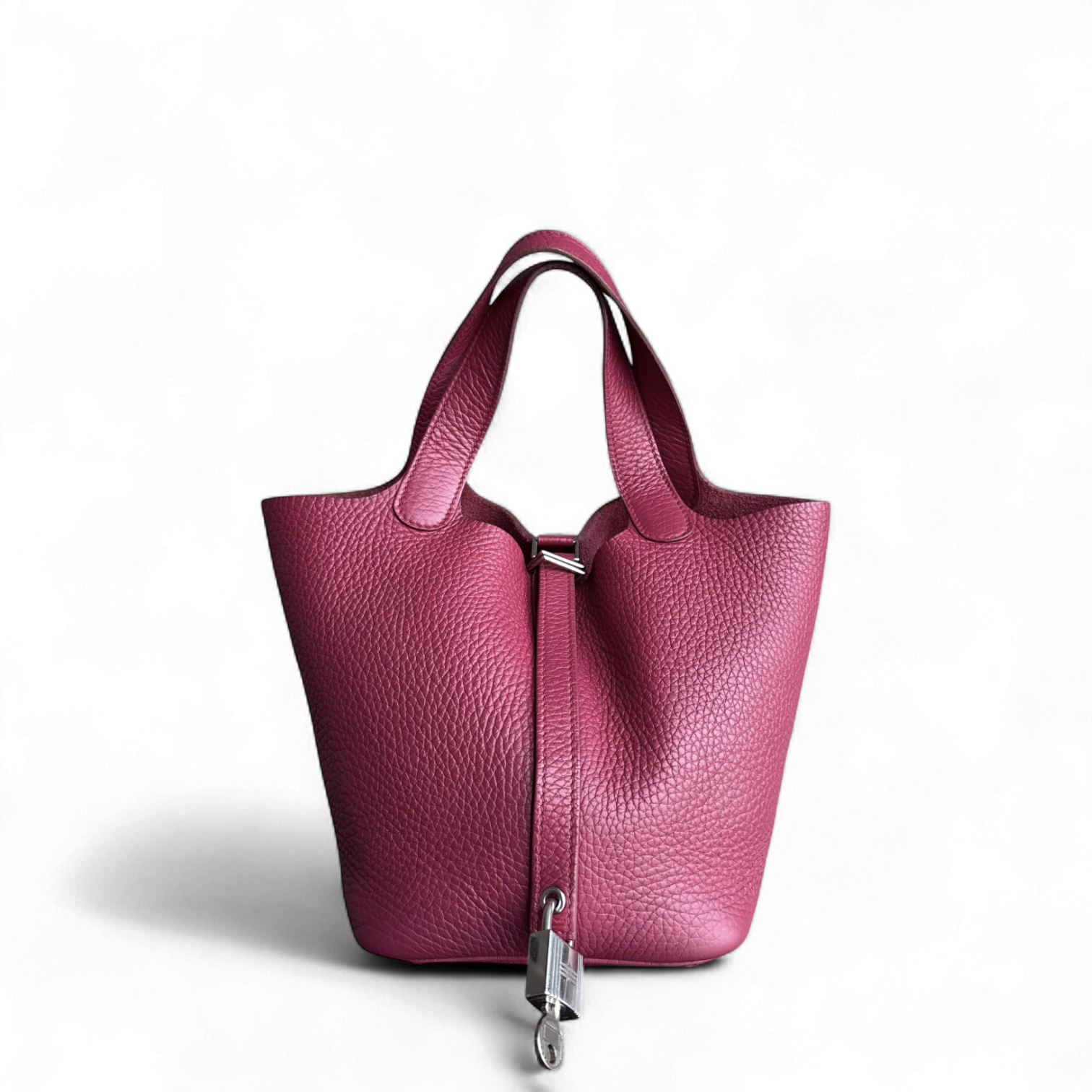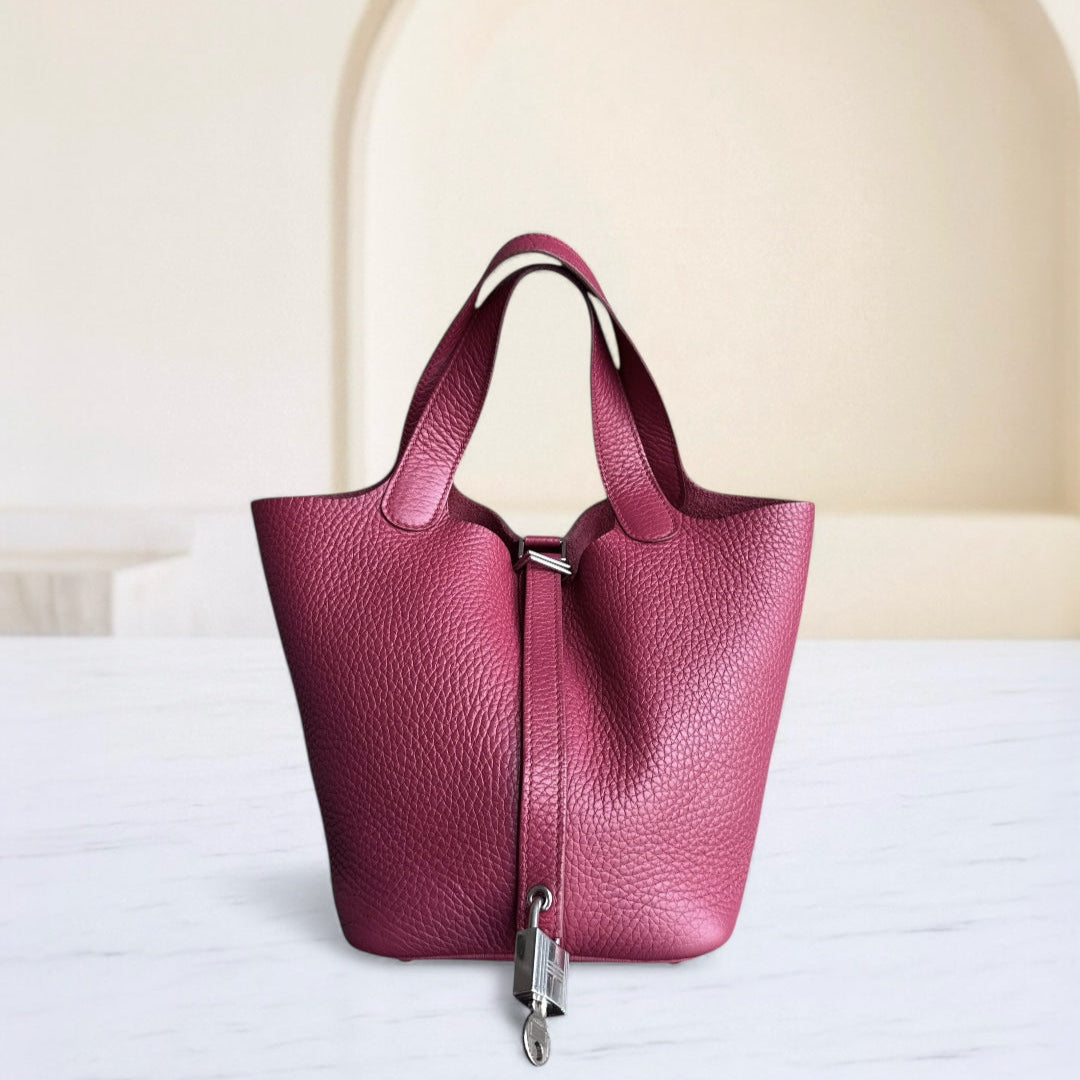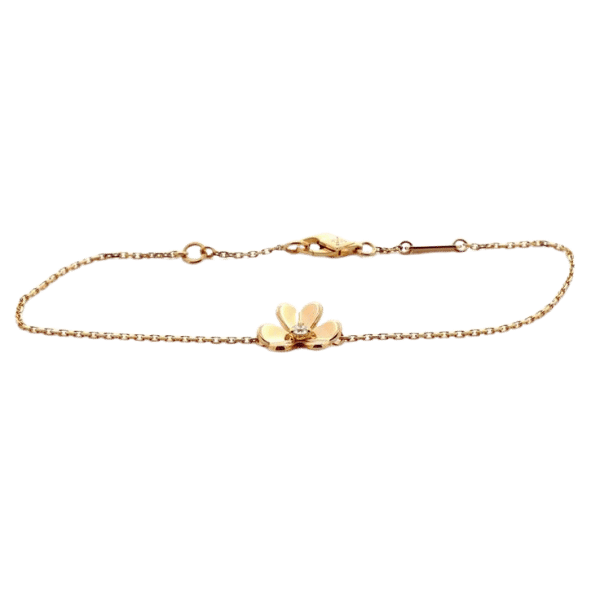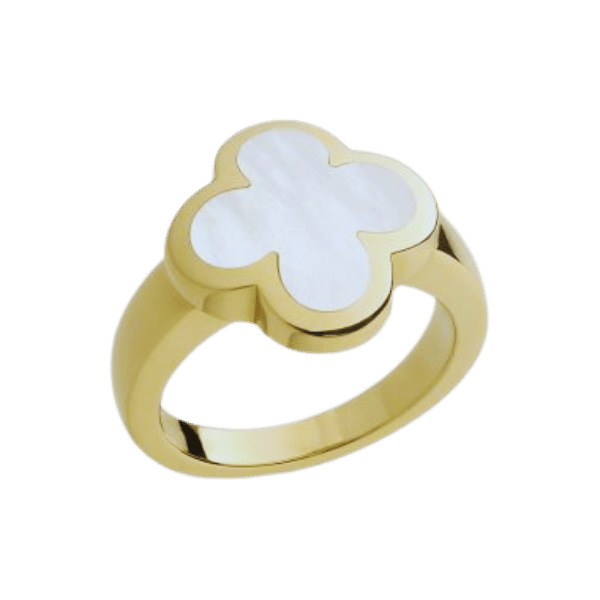The Allure of Fancy Color Diamonds: A Guide to Colored Diamond Jewelry
In today’s world, colored diamonds have emerged as fancy color diamonds, which are diamonds lauded for their beauty. They are rare and different from the normal white diamonds we come across. Fancy color diamonds are present in a plethora of shades ranging from vivid yellows and enchanting pinks to rare blue and greens, unlike traditional white diamonds, which further add to their value. This guide aims to break down every detail associated with fancy color diamonds, guiding through their formation, their rarity as compared to white diamonds, and the many factors that assess their value. Suppose you are a fanatic who appreciates these gemstones or simply have the intention of owning a unique specimen like art. In that case, this piece will make colored diamond jewelry investments easy for you.
What Makes a Fancy Color Diamond Unique?

The striking hues of color diamonds stem from the presence of trace elements and structural irregularities. In contrast to colorless diamonds that receive a grade based on the absence of color, fancy color diamonds are evaluated based on the intensity and distinctiveness of their colors, which increases their value. Yellowish hues can occur due to the presence of nitrogen, while boron can be responsible for blue diamonds. Moreover, the presence of natural radiation and pressure during formation may give rise to pink or green diamonds. Their unrivaled beauty, along with their limited occurrence in nature, makes them the most sought-after stones by collectors and enthusiasts.
Understanding the Quality Factors of Diamonds
Each diamond is evaluated and priced through the eyes of a gemologist according to the universally accepted “Four Cs”: carat weight, color, clarity and cut.
- Jewelers find greater worth in rarer stones, hence Carat Weight or “carat weight” indicates the size of a diamond.
- In colorless diamonds, the existence or nonexistence of color is measured, while the grading ranges from D (colorless) to Z (light yellow or light brown); this subset is known as Color.
- The degree of internal inclusions or external blemishes and imperfections relative to a diamond is referred to as clarity. The more delicate the grade, the less visible the impurities.
- Cut referes to how deep, shallow and symmetrical the facets of the diamond are angled which greatly determines how much light can be refracted and reflected hence a diamond's brilliance or sparkle.
These guidelines are essential within the diamond industry to gauge the quality and price of the jewels.
The Color Range and Its Impact on Pricing
A diamond’s color range impacts its value in the market. In grading diamonds, the list goes from D (colorless) to Z (noticeable yellow or brown hues), with colorless diamonds being the most sought after due to their brilliance and rarity; therefore, commanding a D-grade diamond would demand a premium price as they typically exceed lower-grade diamonds with 20-30% more. Diamonds lower in the range such as K to Z are, however, arguable more appealing to those on a lower budget, as they uniquely lack color. Though lacking in color appeal, those discounted K-Z diamonds are affordable.
Research shows that the prices of colorless diamonds D-F could be, on average, 25% overpriced when compared to near-colorless diamonds ranging from G-I. The price crudity shows due to consumer demand and the rarity of colorless stones. D-F diamonds provide value and quality that is ideal for those looking for bangles, as they are also cost-effective while still being set in yellow and rose gold. Other diamonds, typically showcasing them in the J-Z range, provide a more visible color ideal for artistic décor, where they are used alongside creative settings for aesthetic appeal.
Knowing how color affects a diamond’s price enables consumers to make informed choices based on what they value most: rarity, price, or versatility in design. It is important to match the color grade selected with the personal tastes and uses because setting and lighting may affect how a diamond’s color is viewed.
How Naturally Colored Diamonds Differ from Synthetic Ones
The process that leads to the formation of diamonds with color undertones occurs over millions of years under precise geological conditions which makes them a prized possession. The colors derive from unique impurities or structural anomalies during the diamond's natural formation like the presence of boron which produces blue diamonds or Nitrogen for yellow ones.
In comparison to natural colored diamonds, synthetic diamonds are made in a laboratory using advanced technology known as High Pressure-High Temperature(HPHT) or Chemical Vapor Deposition(CVD). These methods accelerate the time required to form a diamond by mimicking the conditions of the environment. While all other colors of diamonds can be turned into synthetic ones, the absence of geological history and the speed at which they were formed sets them apart from natural diamonds.
The origin, cost and rarity appear to be the greatest distinguishing factors among colored synthetic diamonds and natural color diamonds. One of a kind makes them rare and expensive while the opposite holds true for diamonds that are synthetically made. The greater the accessibility, the lower the price making these diamonds a more economical option for specific uses.
How are Fancy Color Diamonds Graded?

The Role of the GIA in Diamond Grading
The GIA, aka Gemological Institute of America, evaluates fancy color diamonds and gives grades by meticulously applying scientific principles. While grading these diamonds, the GIA considers their color, clarity, cut, carat weight, and, most importantly, the diamond’s hue, tone, and saturation. This enables the GIA to ensure each diamond is appraised in a uniform, expert-driven manner, which enables the GIA to issue valid documents that serve both purchasers and sellers. In my case, I appreciate the assistance GIA gives, especially because I consider them a leading authority when it comes to fancy-colored diamonds.
Understanding the D-to-Z Color-Grading Scale
The color grading scale for diamonds D to Z, created by the Gemological Institute of America (GIA), is the international standard for measuring the intensity of color present in white diamonds. This scale quantifies the level of color loss in a diamond, starting from D for devoid of color and ending at Z for a discernible light yellow or brown nuance. The assessment is performed under specific lighting and viewing conditions to eliminate any subjectivity and enhance accuracy.
Diamonds D, E, and F are considered colorless and possess incredible value due to their unmatched brilliance and rarity. G, H, I, and J diamonds are graded as near-colorless, displaying very subtle, undetectable traces of color. Diamonds K through M displays faint colors that depend on the stone's size and setting. Framed within the N to Z range, diamonds are increasingly pronounced with yellow or brown shades, which devalues them, though they retain a place as economically appealing options for certain styles of jewelry.
During a D-to-Z comparison grading, a master diamond set is used to compare individual diamonds in the set to the master set, ensuring that every single diamond is scrutinized for even the most minute and vague changes in the color that are almost undetectable. As GIA trained gemologists, these diamonds are viewed under appropriate lighting imitating sunlight and checking through a loupe for color defects. Buyers will be able to choose a diamond that best fits their needs and expectations knowing this scale offers them insight into the quality against the market value.
Factors That Affect Diamond Color and Clarity
The factors which impact a diamond’s color and clarity are as follows:
- Presence of Impurities: Elements, such as nitrogen, in trace amounts can affect diamonds. As the concentration increases, it can lead to yellow or brown shades of color.
- Structural Irregularities: A diamond has a lattice structure which is a repeating three-dimensional pattern. Its color may differ because of internal dislocated or misplaced portions of the crystal.
- Natural Inclusions: Features such as fractures, clouds, or small crystals that form internally during the diamond’s creation can greatly reduce its clarity grade.
- External Blemishes: Scratches and nicks are surface imperfections which, although they may be small, still reduce clarity grade.
Comprehending these concepts makes it easier for buyers to judge the quality of the diamond and choose one that meets their standards.
Why Choose a Fancy Diamond for Your Jewelry?

The Appeal of Fancy Light and Fancy Vivid Diamonds
Fancy light and fancy vivid diamonds continue to incur the highest demand due to their rarity and stunning colors. Diamonds in this category are graded from fancy light to fancy vivid based on the intensity of their hue; the vivid category includes the most saturated colors. Their vibrancy poses as a striking attention seeker due to its imposed limits. For instance, only 0.01% of mined diamonds exist with such intense color saturation, rendering them both valuable and exclusive.
The auction of fancy diamonds is highly impacted by a stone’s grade, color rarity, cut size, and even overall quality. Clear, saturated, fancy, vivid diamonds are known to auction at higher prices than others. A perfect example would be a 1-carat fancy vivid blue diamond that can exceed the price of several hundred thousand dollars, while similar weights of fancy light yellow diamonds are significantly cheaper.
Fancy vivid diamonds are known for two things: their beauty and potential investment value. Historical data suggests that the market value of vivid diamonds, especially blues, pinks, and greens, has consistently appreciated over the years and often outpaces traditional investment vehicles such as gold or stocks. Meanwhile, personal light fancy diamonds are chosen for their soft, delicate hues while still exuding uniqueness that makes them striking personal jewelry.
While choosing fancy light or any vivid fancy diamond, important factors include comprehensive grading from a gemological institute as well as assessing the diamond's color including tone and saturation alongside clarity and cut. These elements ensure the diamond’s genuineness, worth, and distinction as a prized heirloom in a jewelry collection.
Why Diamonds Are Extremely Rare and Valuable
Due to a combination of geological, cultural, and economic factors, diamonds are deemed to be extremely rare and of high value. The key points explaining their high value and rarity are provided below:
Formation and Geological Conditions
- Diamonds are formed from carbon which is found in the Earths core, under intense heat and pressure at about 90 to 150 miles of depth, and are kept in mantle. It takes millions to billions of years to get these specific conditions. The bonds between the carbon atoms form in a crystalline structure, which makes diamonds the hardest substance found on Earth.
Limited Deposits and Mining Challenges
- Only a select few regions around the world can be considered as a viable source of diamond bearing kimberlite and lamproite rocks and they include Africa, Canada, Russia and Australia. It is a complex and labor intensive process to extract gemstones. A large investment and advanced technology is required to successfully acquire diamonds of acceptable quality. The latter gemstones pose a problem as only a very small portion of recovered stones are considered to be gem quality.
Supply Control and Economic Scarcity
- Strategically controlling the supply to keep the demand and perceived rarity high is what the major corporations like De Beers do on a regular basis to the gems market. The combination of such control led to an artificial scarcity that advanced the diamond’s market value immensely.
Diamonds - a Luxury Item and a Commitment Symbol
- Diamonds have long been associated with wealth, romance, and status. Cultural narratives surrounding a diamond explain why there is constant high demand during engagements and weddings. Such perceptions have maintained the value of diamonds over time.
Fluctuating Value and Quality Ratings
- Each diamond’s value is graded on the basis of “Four Cs”: Cut, Clarity, Carat Weight, and Color. Since very few diamonds score exceptionally high on all these metrics, their overwhelming value is maintained as expensive ones become rare.
Industrial Uses
- Aside from their aesthetic qualities, diamonds are mostly known for their beauty. Many industries use diamonds because they are exceedingly hard and resist abrasion. While diamonds needed for these purposes are mostly industrial-grade, natural stones are much rarer than synthetic diamonds, reserving their value further.
These factors make diamonds scarce and valuable, and serve to highlight their importance as a symbol for human achievement and a remarkable luxury item.
The Role of Rarer Colors in Investment Value
The investment value of rare diamonds like pink, blue, and green is enhanced by their high demand and limited availability. Less than 0.01% of diamonds mined are colored diamonds blue, pink, or green, which means they are extreme outliers. Each one of these is an incredible outlier. Pink diamonds have historical data indicating their prices surged in the last 20 years by about 500%. This significant spike in value marks a shift in the diamond's perceived value, highlighting the untapped potential of investing in it.
Blue diamonds are highly valued as well and are known to be the most exclusive ones. The blue moon diamond, an extremely rare 12.03-carat diamond, fetched $48.4 million at an auction in 2015, setting a world record for $4 million earned per carat. When compared to the rate the blue diamonds were selling during that period, it was remarkably high. The other three types of diamonds glow in the dark when exposed to radiation during their formation. This further enhances their perceived value and marks the green diamond as the rarest of the three. Such coloring attracts the attention of the elite class, prompting them to bid for it.
Furthermore, industry studies show that the remaining supply of natural fancy-colored diamonds is likely to help sustain or even increase their value. The Argyle Mine in Australia, which produced in excess of 90% of the pink diamonds mined globally, ceased operations in 2020, thus creating a gap in supply which subsequently enhanced market interest. This intricate combination of lack of availability, value, and the absence of competition highlights the need for investing in lesser known colors of diamonds for investment portfolios.
What are the Most Popular Fancy Color Diamonds?

The Beauty and Rarity of Pink Diamonds
The beauty and elegance of pink diamonds are unmatched, and their rarity only adds to their appeal. It is estimated that they constitute less than 0.1% of the total diamond production, ranking them among the most sought-after gemstones in the world. The Argyle mine in Australia was the largest producer of pink diamonds in the world until it was closed in 2020, which further increased demand in the market. Their deep and soft hues further cement their unrivaled pink diamond investment value. Pink diamonds are unquestionably a masterpiece when it comes to both collecting and investing because they offer unparalleled value over time.
The Timeless Appeal of Blue Diamond
Renowned for being among the most exquisite and prized gemstones, blue diamonds are striking due to their exceptional rarity and beauty. Accounting for only a tiny fraction of globally discovered diamonds, blue diamonds possess a unique hue owing to their formation containing minute traces of boron. This characteristic doesn’t just add beauty but further enhances their already remarkable value. The Cullinan Mine in South Africa, famous for containing some of the most renowned blue diamonds, is also the origin of the legendary Blue Hope Diamond.
Blue diamonds stand apart due to mesmerizing and enchanting arrangements of blue shades. Ranging from baby blue to deep blue, these variations greatly affect the prices of blue diamonds. Intense and vivid blue diamonds sell for the highest value at auctions and private sales. Notably, in 2022, the esteemed blue diamond ‘De Beers Blue’, which is flawless and cut into a step-cut weighing fifteen point ten carats, was sold at fifty-seven point five million dollars, breaking records for price-per-carat. These astounding sales serve as proof of the attractiveness of blue diamonds as a universal mark of affluence and safe investment.
The captivating aura of blue diamonds, due to their preeminence and taste, continues to engage buyers, admirers, and investors all over the world. Their timeless charm, whether it serves as a blue diamond jewelry collection or a long-term precious asset, makes them prominent gemstones unmatched in value.
Common Fancy Colors: Yellow and Brown Diamonds
Yellow and brown diamonds, which are typically classified as fancy-colored diamonds, are renowned for their colors and application in jewelry design. Their coloration comes from trace elements as well as structural abnormalities. In the case of yellow diamonds, nitrogen present during the diamond's formation results in the absorption of blue light with varying shades from soft champagne to bright canary yellow. Internal graining or lattice distortions during formation are what give the brown diamonds their color.
There is a steady demand for yellow diamonds in luxury markets, especially for intense or vivid yellow ones. As an example, the “Famous Stella Diamond,” which is a vivid yellow diamond weighing 110.03 carats, was sold for a bit more than $3.5 million in recent years, showcasing the market value of splendid stones. Due to effective promotion strategies, brown diamonds, which are often referred to as “Cognac” or “Chocolate” diamonds, have greatly increased in popularity. While these diamonds are usually more affordable than other fancy-colored diamonds, exceptionally large or richly colored brown diamonds could pique a lot of attention.
Aside from their aesthetic value, these diamonds are sought out because of their potential investment value. The growing trend of transforming yellow and brown diamonds into fashionable, custom jewelry has further intensified their demand. In diamond grading systems, color intensity is measured on a scale, with deeper shades being more valuable. Brown and yellow diamonds combine to make an important part of the fancy-colored diamond market, providing a rich selection to both consumers and collectors at varying price points.
How to Shop for Fancy Color Diamond Jewelry?

Tips to Shop Fancy Color Diamonds
While shopping for Fancy Color Diamond jewelry, there are a number of things that will ultimately guarantee you are getting worthy value. Allow this discussion to aid you identify the right diamond.
Grasp The 4Cs (Color, Clarity, Cut, Carat):
- Color: Fancy Color diamonds are assessed relative to color intensity, which ranges from Faint to Fancy Vivid. More vivid colors are always preferable. For example, a vivid yellow diamond is more valuable than a light yellow diamond.
- Clarity: While inclusions are visible in greater fashion in colorless diamonds, they tend to be less obstructive in fancy color diamonds because of the color saturation. In any case, heather diamonds are more useful from a cosmetic and investment standpoint.
- Cut: Brilliance and color intensity are heightened with precise cuts, particularly with radiants or cushions.
- Carat: Fancy color diamonds increase in value significantly with stronger color grades, as larger sizes are harder to find.
Set a Budget: Develop a spending strategy from the beginning since fancy color diamonds can range from lower value (like brown or yellow diamonds) to exorbitantly priced (like rich red, blue, or green diamonds). To illustrate, the starting point for pricing brown diamonds is roughly $1,000 per carat, whereas more intense pink diamonds may go for over $30,000 per carat.
Request Certification: Remember to get a diamond that has been awarded a certification by reputable institutions like the Gemological Institute of America (GIA). This certificate will confirm the diamond's provenance, color grade, and if it is genuine or synthesized. If you are looking for natural stones, watch out for treated or synthetic diamonds.
Know the Origin: Certain places of origin are of higher value than others. Argyle pink diamonds from Australia or blue diamonds from the Cullinan mine in South Africa are prime examples as they are famous for their distinctive beauty increasing the value of the gemstone.
Consider the Setting: A particular jewelry setting can improve the diamond’s color. For example, setting yellow diamonds in yellow gold can deepen the color and blue or pink diamonds can be set in platinum or white gold to create contrast.
Evaluate Investment Potential: If purchasing with the intent to invest, study the market trend for certain colors and places of origin. For instance, Argyle pink diamonds became highly valued investments due to the considerable appreciation in their value after the mines were closed.
Inspect Under Both Natural and Artificial Light: Fancy colored diamonds may look the same but can appear differently under different types of lighting. Always ensure to check the appearance in both natural light and artificial light to ensure the diamond is to your satisfaction.
Choose a Reputable Retailer: Purchase from well-known jewelers or auction houses which deal with fancy color diamonds. Those who have been in the business for some time are in a better position to steer you in the right direction and will give sound advice.
As you conduct your research, these recommendations will assist you in meeting your goals, be it for personal enjoyment or investment potential, by obtaining a diamond that meets your preferences, budget, and even your ambitions.
Choosing the Perfect Diamond Engagement Ring
The engagement diamond ring design incorporates both personal taste and practical considerations and requires careful planning. The following guidelines offer the most appropriate approach:
- The 4Cs of Diamonds: It is important to grasp the four Cs and their effect on the inventory. The most prominent cuts are the round, weighted at around 60% of global diamond sales due to the shine they yield. During the sales, the cut, color, and clarity also matter, in which case the near-perceptible grades (or G-H ranges) and VS1-VS2 clarity offer great value.
- Halo and Solitaire Settings: Importance should be placed in personal style in none of the recent trends featuring diamonds. Halo settings with a main rock and smaller diamonds ‘ringing’ around continue to be popular with buyers for their glamour while the solitaire ring with single diamond remains popular with customers looking for classic sophistication and simplicity .
- Metal Choices and Durability: The metal set on the band has an effect on the appearance and life span of a ring. These rings need careful thought alongside hypoallergenic platinum and cheaper white gold for the center and rose gold added for vintage or modern look depending on the design.
- Having A Custom Touch Using Lab Grown Diamonds: Due to their affordability and ethical considerations, many couples are turning to lab-grown diamonds. These diamonds cost 30 to 40 percent less than natural ones, yet retain the same optical and physical qualities.
- Controlling the Budget: A budget is essential in prioritization and strategic spending. Experts suggest spending two to three months of salary on a diamond, but modern buyers prefer to personalize their spending limits.
As long as consumers comprehend the quality of diamonds alongside current trends in designs, they are able to choose an engagement ring that captures the tale and impressions they want to share. No matter of whether one gives emphasis to sustainable sourcing, exemplary cuts in lapidary, or age-old twinkle, the arrays of selections on the market satisfy all tastes and prices.
The Importance of Understanding Karat and Other Specifications
Karat indicates the purity of gold, with pure gold measuring at 24 karats. Gold, being a soft metal that easily gets damaged, is usually mixed with stronger metals like copper and silver to produce alloys. For instance, 18-karat gold is an alloy containing 75% gold and 25% stronger metals. Such compositions balance purity and strength. Besides aiding with cost and sturdiness, karat also alters the color of the metal; richer gold colors usually indicate higher karat. Selecting jewelry thoughtfully requires understanding how the karat corresponds with personal preferences and needs.
Frequently Asked Questions (FAQs)
Q: What are fancy color diamonds?
A: Fancy color diamonds are defined as natural diamonds that display colors other than white or faint yellow. They are found in every shade of the rainbow, including yellow, pink, blue, green, and even red and orange, which are extremely rare. Most fancy-colored diamonds are priced higher than diamonds with lesser color due to the intensity and purity of the color.
Q: How rare are fancy color diamonds compared to colorless diamonds?
A: Fancy color diamonds are marked as the most rare while colorless diamonds are the most prevalent. Out of every 10,000 colorless diamonds that are mined, there is only one fancy color diamond. Even fewer colors exist such as fancy intense blue and fancy green diamonds which further adds to their exclusivity and value for investors and collectors.
Q: What factors affect the valuation of a fancy color diamond?
A: The valuation of a fancy color diamond is exclusively based on the strength and purity of its color. Other factors like size, clarity, and cut also influence it. The value tends to skyrocket when the intensity of the color deepens from light to fancy intense, especially in rare colors like red, blue, and green, which are far more valuable compared to more common yellow and brown.
Q: Are all of the colored diamonds natural?
A: No, not all of the colored diamonds are natural. There exist both natural fancy color diamonds, which are colored diamonds, and lab created colored diamonds. Furthermore, some diamonds within the normal color range may undergo treatment to enhance or alter their color. It is advisable to purchase colored diamonds from reputable dealers such as Jonathan Doppelt Inc. or the Scarselli family so as not to be defrauded.
Q: What is a champagne diamond?
A: A champagne diamond is a type of fancy color diamond that ranges in color from light brown to deep cognac brown. They are sometimes referred to as brown diamonds. They were not popular in the past, but because of their appealing warm hues and low price compared to other fancy-colored diamonds, champagne diamonds are more popular now than they used to be.
Q: What factors are used for assessing fancy-color diamonds?
A: They assess fancy color diamonds based on key factors of hue, tone, and saturation. The GIA, for example, uses a grading scale that includes Faint, Very Light, Light, Fancy Light, Fancy, Fancy Intense, and Fancy Vivid, which describes the intensity of color in terms of diamond depth. The classification is based on how the diamond looks face-up with regard to its secondary colors, e.g., brownish-pink.
Q: Do fancy-color diamonds hold significant investment value?
A: Diamonds can be good investment options, especially the rare and high-quality stones. Scarcity coupled with high demand has led to great price appreciation over time. However, like all investments, it’s critical to conduct in-depth research and speak to experts like Harry Winston or Alan Bronstein prior to purchase. Potential for investment varies significantly with regard to specific color, quality, and market conditions.
Q: What are the best methods to maintain fancy-colored diamonds?
A: Fancy diamonds should be treated like any other diamond; however, extra care is needed. Fancy color diamonds require regular cleaning with a soft brush and a gentle soap solution. They also need to be professionally cleaned and inspected every year. Avoid taking part in physically intensive activities while wearing fragile jewelry. To avoid scratches, store fancy color diamond jewelry separately from other gemstones.
Reference Sources
Contact Luxury Evermore should you need help with acquiring or building up your collection. There is a variety of brands with different styles, as well as sizes, and colors, for example, Hermes, Chanel, lv and Dior. If you are not lucky enough to find the bag you are looking for on our website then our concierge team will probably be able to order it for you. We provide 100% authenticity guarantee for all our bags, and any item sold on this site will be dispatched to you within one to two business days upon receipt of the payment.
